Time: 10:30AM – 4:00PM
Location: Trail side of the ponds
Curtain Ponds 06/12/2024 Photo Album
Exactly one year ago today I fished the Curtain Ponds with modest results. I had an open day for fly fishing on Wednesday, June 12, 2024, and with nearly all viable moving water options blown out with snow melt, I decided that a lake was my best alternative. Temperatures were projected to peak in the mid-90’s in Denver, so I wanted a lake that was higher in elevation with cooler temperatures, but not so high that snow and ice remained a barrier to fishing. I narrowed my possibilities to the Curtain Ponds and Clear Lake. My friend, Nate, stopped at Curtain Ponds to test the waters a few weeks ago, and he told me that he saw no evidence of fish, so that caused some concern, but a year ago I was impressed with the quantity of wild fish, and I was fairly certain that they remained. I decided to give it a go but used Clear Lake as my default should construction traffic on Interstate 70 prove to be a problem.
I kept my map app open, as I drove west, and I never spotted red or yellow, so I made the strategic decision to press on to the Curtain Ponds. Even though I did not do that well quality wise in 2023, I was impressed with the population of wild fish right next to the interstate.
I arrived at the parking lot next to the bike path at 10:00AM, and by the time I equipped myself for a day of fly fishing and hiked down the path, it was 10:30AM. I rigged my Sage R8 four weight, and I wore no extra layers. The air temperature was around 65 degrees, as I began, and it never warmed above the low seventies. Quite a bit of cloud cover rolled by throughout the day, and this held the temperatures in check. At lunch time I was chilled, so I slipped into my rain shell, and this proved to be useful, when two brief rain showers dropped precipitation on me.
I began the morning with a single dry fly presentation that featured a size 16 olive-brown deer hair caddis. Almost immediately I became acquainted with the cycle that repeated itself throughout the day. A large cloud would block the sun, and the wind kicked up, and this in turn generated riffles on the surface of the pond. During the morning the rises were extremely sporadic, but I covered them with the caddis and only managed a few refusals for my efforts.
 Small Pond Yielded the First Catch
Small Pond Yielded the First Catch
After an hour of fruitless casting, I decided to inspect the next pond below the one that I occupied. This pond was smaller and featured some current from Ten Mile Creek spilling over a log. As I stopped to observe, the pond suddenly exploded with rises. The fish appeared to be quite small, but I nevertheless began spraying casts to the upper end of the pond, where most of the rises appeared. No dice, so I turned my attention to the center of the small body of water, and I noted a rise just beyond some tufts of grass. I turned my body to the north and lobbed a medium range cast to the scene of the surface disturbance; and, whack, a nice twelve inch brown trout inhaled the caddis. I know it was twelve inches, because I coaxed it into my net to photograph and release. I was surprised and pleased by this turn of events.
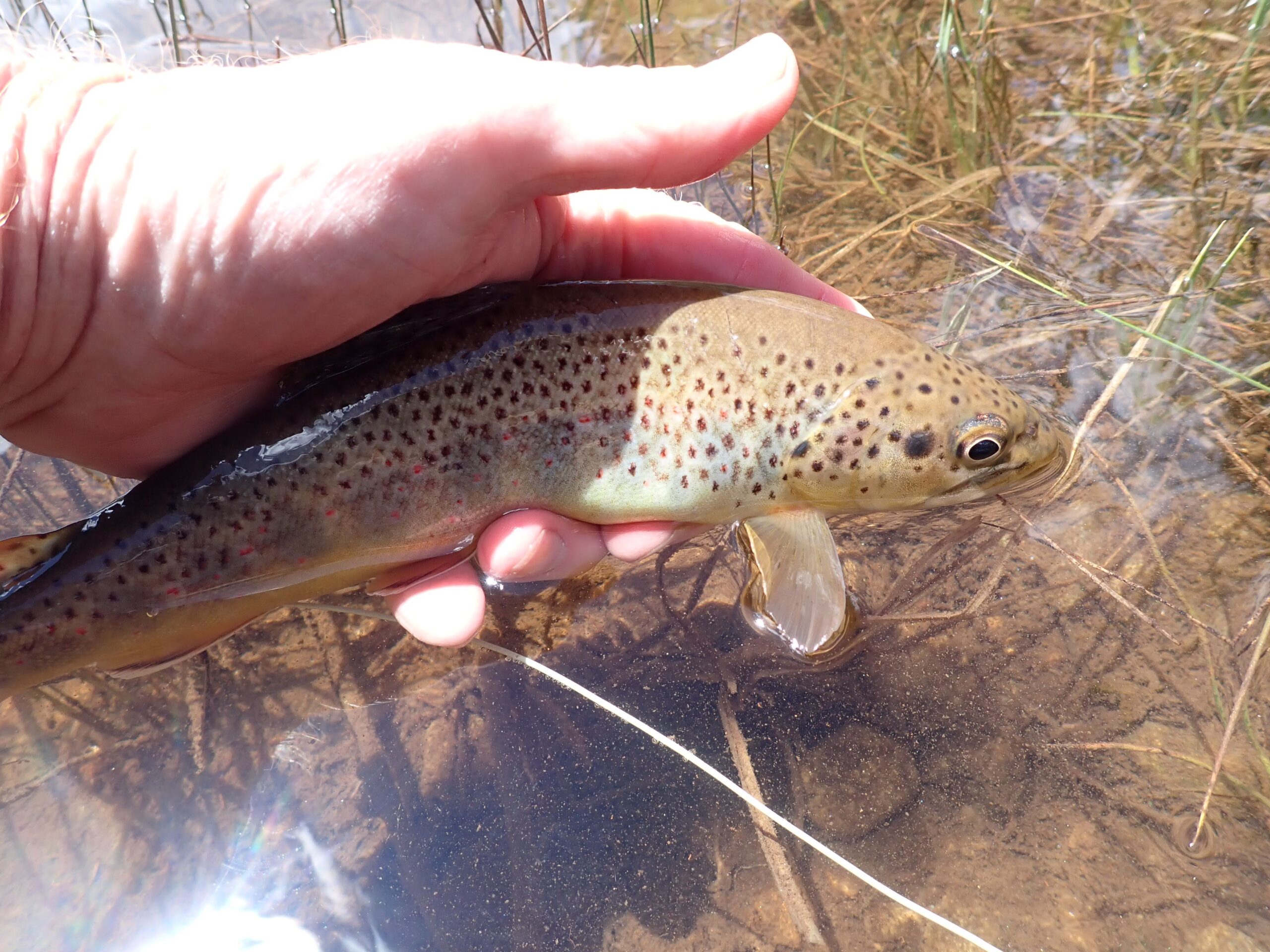 First in the Net
First in the Net
I worked the small pond for another fifteen minutes, and then I found a small square of dry grass among the swampy peninsulas on the west side of the pond, and I consumed my lunch. After lunch I returned to the small bay on the larger lake, and I once again sprayed casts with no positive results. The wind once again kicked up, and this halted visible surface action, so I decided to give the dry/dropper method a trial. I watched a stillwater video from Charlie’s Fly Box on Tuesday night, and the lake expert suggested that wind was the friend of the angler, as wave action caused the nymphs or droppers to bob and attract the attention of fish. I gave it a try. I added a size 22 flashback zebra midge in the top position with a black leech on the bottom. I cast this combination for nearly thirty minutes, but I never managed any interest. By 1:00PM I declared the dry/dropper technique a non-starter for June 12.
I moved off the bay to the southeast corner of the lake, and this became my home for the remainder of the day. I returned to the double dry approach for most of this time period; however, during one especially windy and low light time frame, I swapped my entire reel and line for a sinking tip, and I tested an olive slumpbuster trailing a damsel wiggle nymph. I was quite optimistic that one of these flies would draw the attention of the trout, but my rosy outlook was never justified.
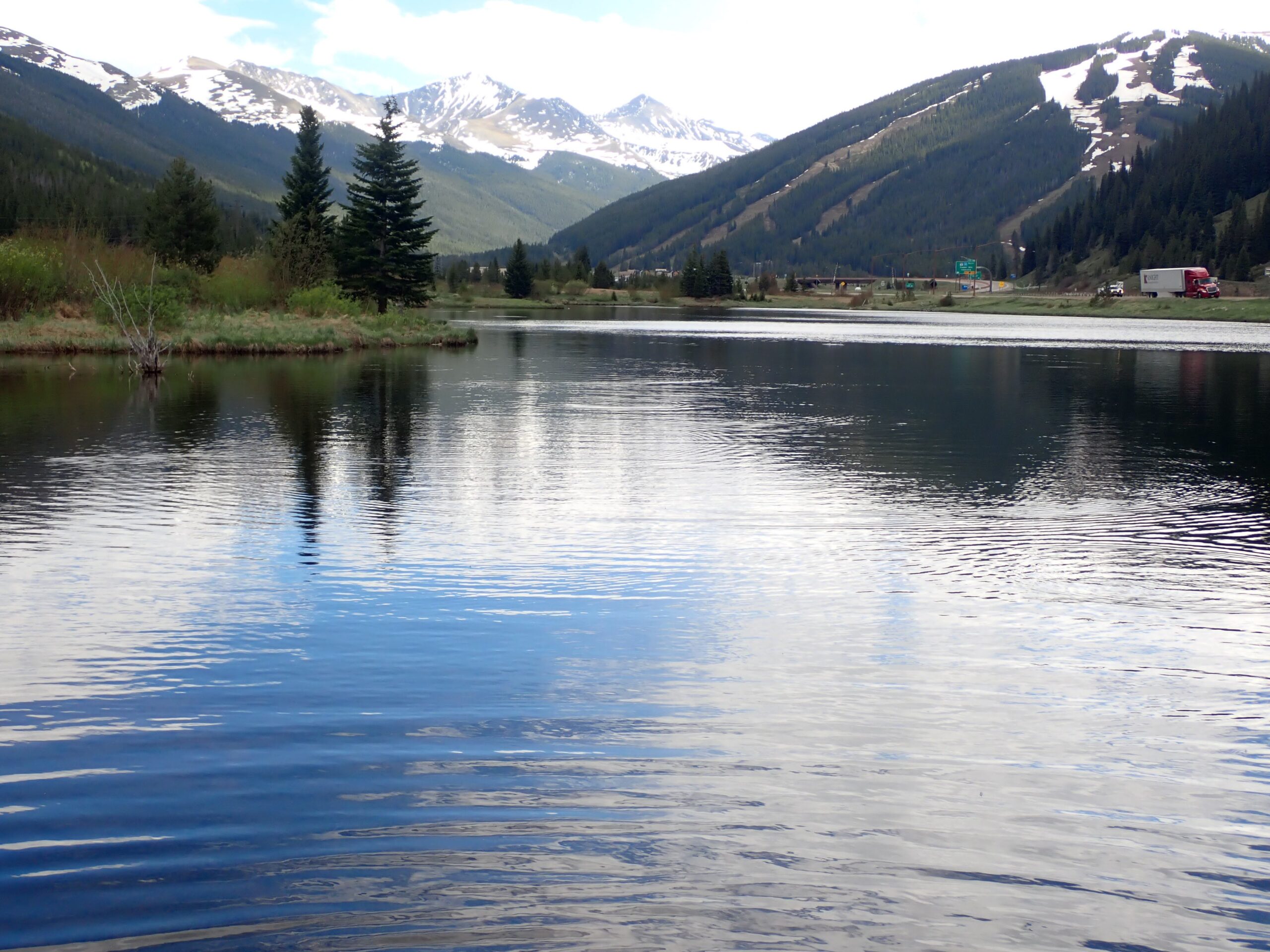 Southwest Corner and Beyond
Southwest Corner and Beyond
For the most part I spent the afternoon tossing a double dry to surface feeding trout. When the clouds blocked the sun, and the wind kicked up, surface feeding ended. I continued to make fruitless casts, and I generally gave the flies more action by applying short strips and pauses in an attempt to use motion to counter the waves. Once the clouds moved on, however, and the sun reappeared, the surface of the lake shifted to smooth or nearly smooth, and this provoked some fairly active feeding. I stayed with the stomper and then later replaced it with a Chernobyl ant, but I shuffled through a myriad of flies as the trailer. If my memory serves me, I tried a size 16 olive-brown deer hair caddis, a size 20 parachute Adams, a griffiths gnat, a tiny olive emerger, a trico spinner, a black parachute ant, a size 20 peacock body fly with a CDC wing, and a Jake’s gulp beetle.
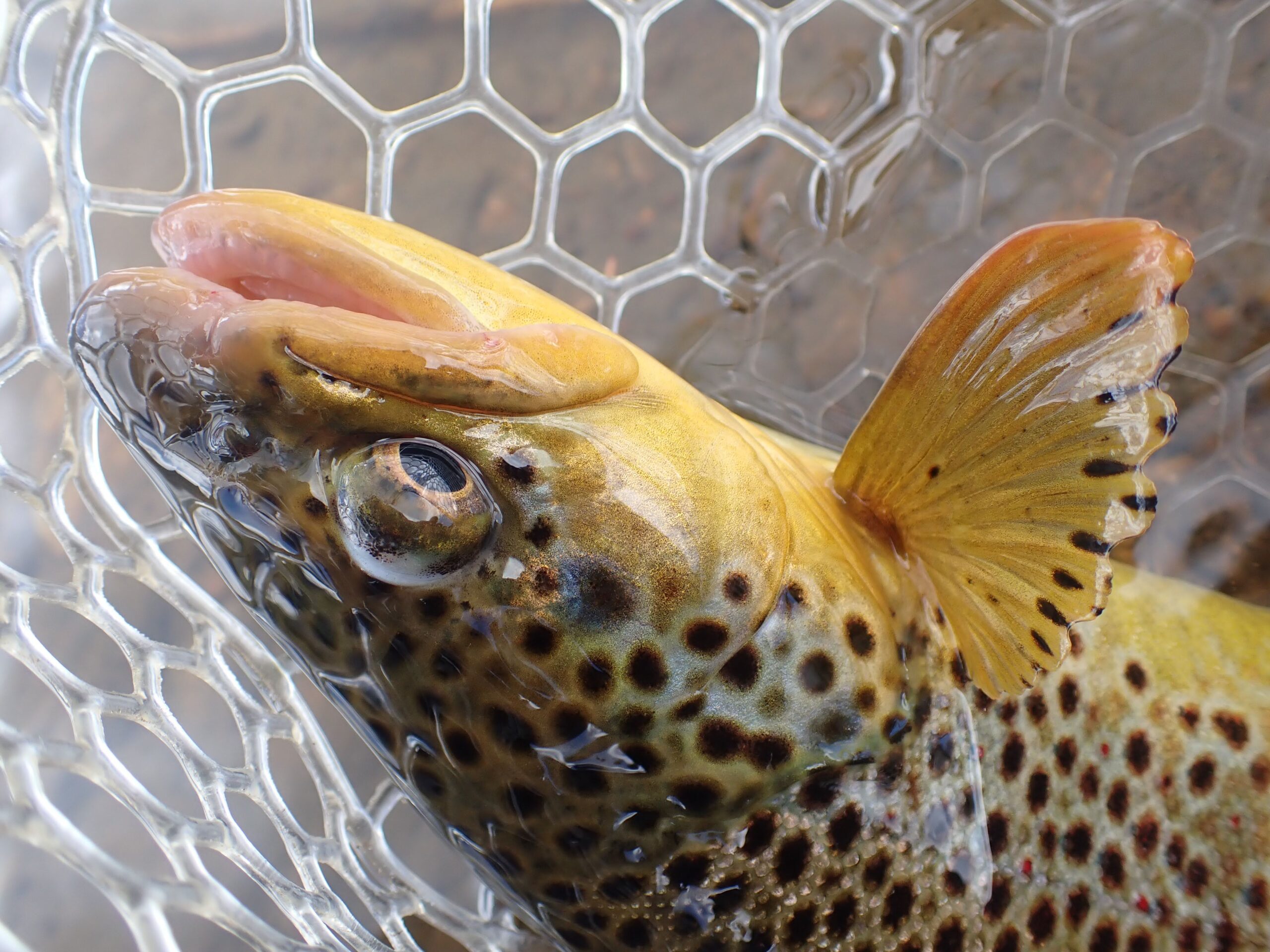 Jake’s Gulp Beetle in the Jaw of This Beauty
Jake’s Gulp Beetle in the Jaw of This Beauty
Only one of these flies produced a fish. Can you guess which one? Surprisingly it was the Jake’s gulp beetle. I was shocked when a fourteen inch brown trout gulped the beetle during one of the time periods, when surface feeding was most intense. I responded with a swift hook set, and the gorgeous brown quickly rested in my net. Needless to say, I was quite pumped with this result.
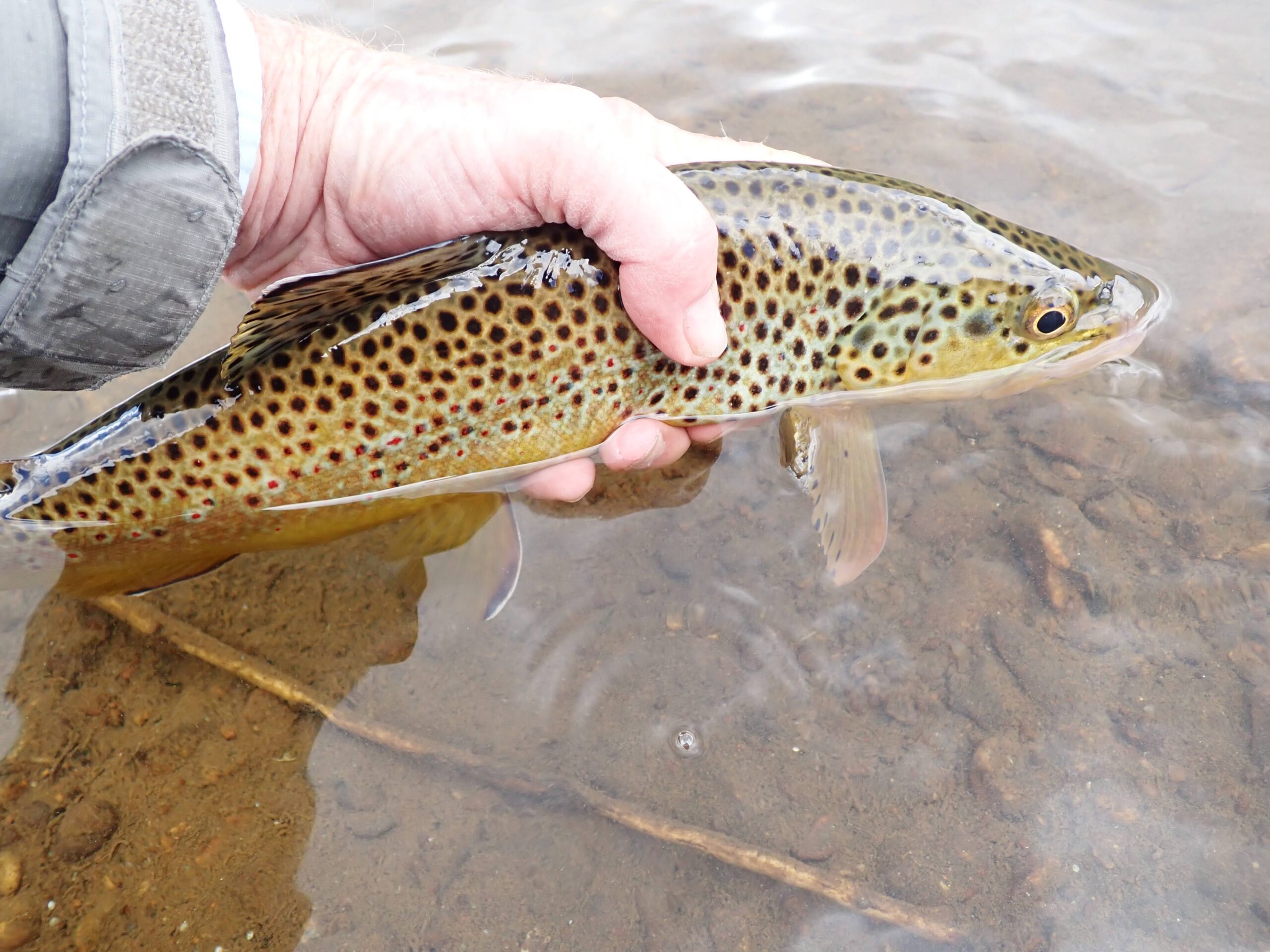 Best Fish of the Day
Best Fish of the Day
Unfortunately the other fish seemed to ignore the plop of my beetle, and that was the end of my fish count for the day. At one point I spotted a small insect drifting on the surface of the pond, so I stretched my cheesecloth seine over the net opening and captured the targeted natural morsel. Upon closer inspection it was a size 20 midge with a segmented body of black and dark green. Quite a few of my fly changes after this capture attempted to match the specimen that I seined. Alas, it was to no avail, but I did learn that the lake is populated by a decent population of wary and selective trout.
Two trout in five hours of fishing is a woeful performance from a quantity perspective, but I was not bored at all. The two trout that I landed were magnificent wild beauties, and my mind was totally locked into trying to solve the mystery of what the fish were feasting on. I never really solved the riddle, but it was an invigorating challenge nonetheless, and river and stream options are not an alternative, so I made the best of a day in June.
Fish Landed: 2
Like this:
Like Loading...

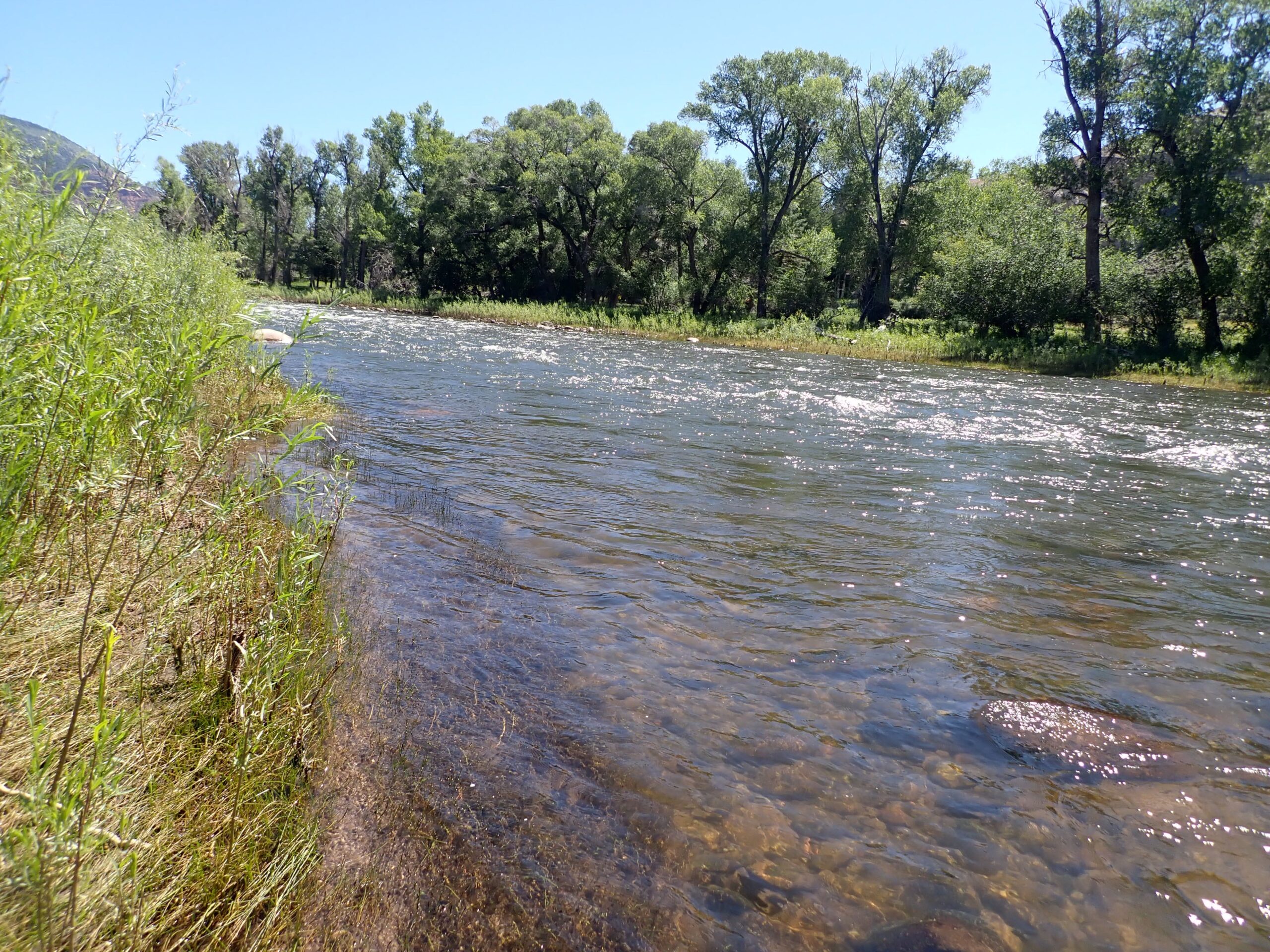 Starting Point
Starting Point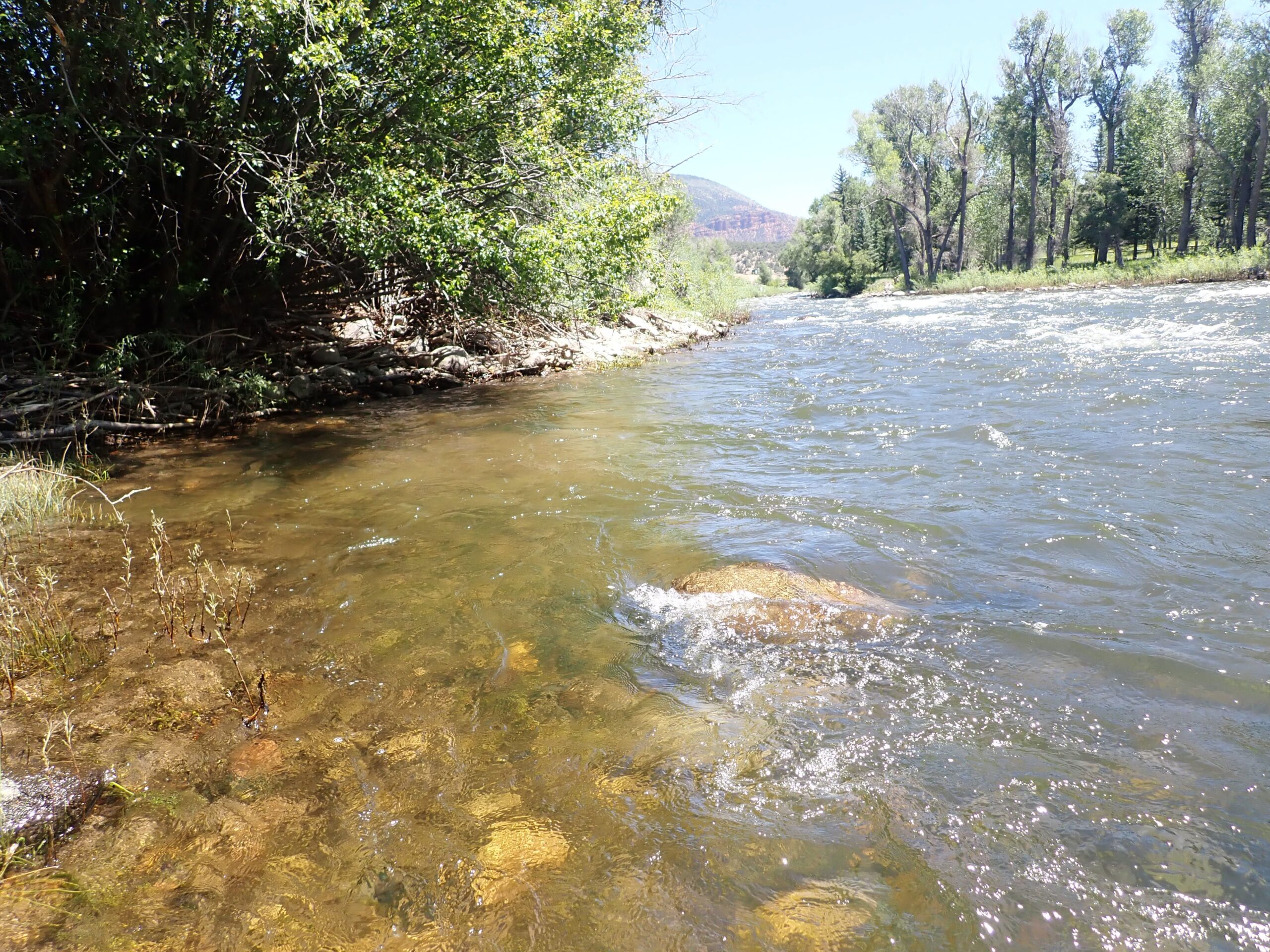 700 – 800 CFS
700 – 800 CFS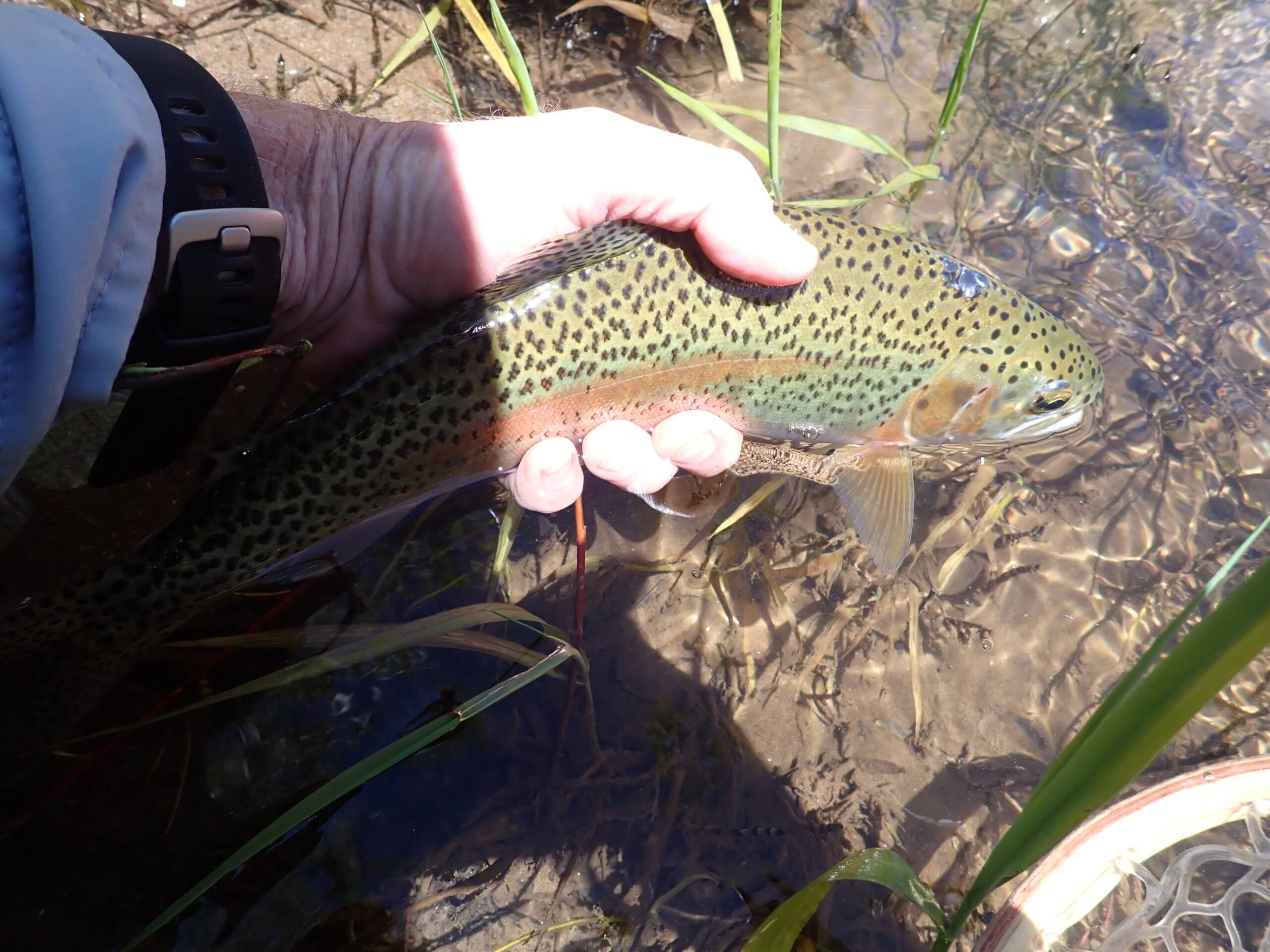 Early Catch
Early Catch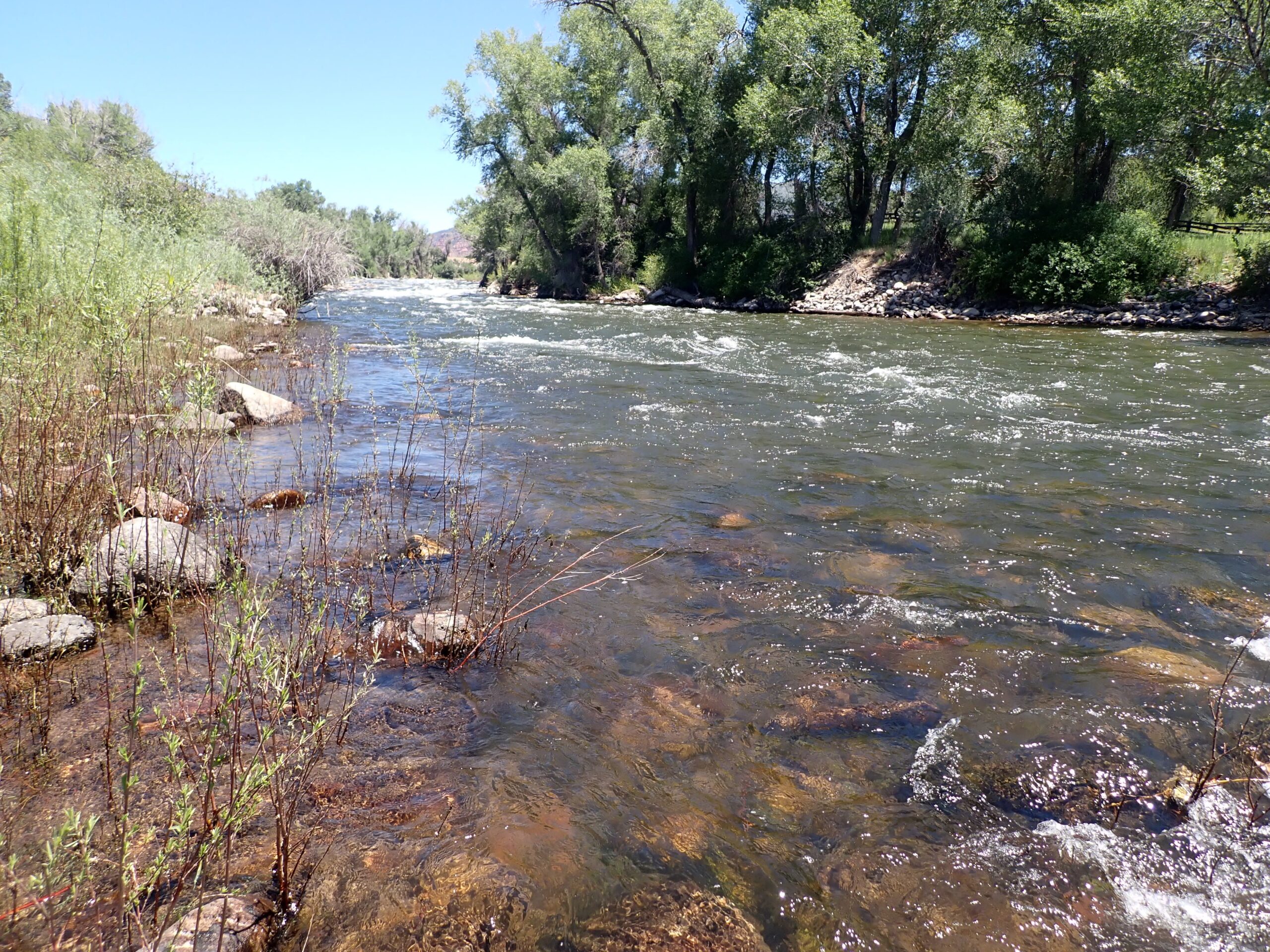 Submerged Willows
Submerged Willows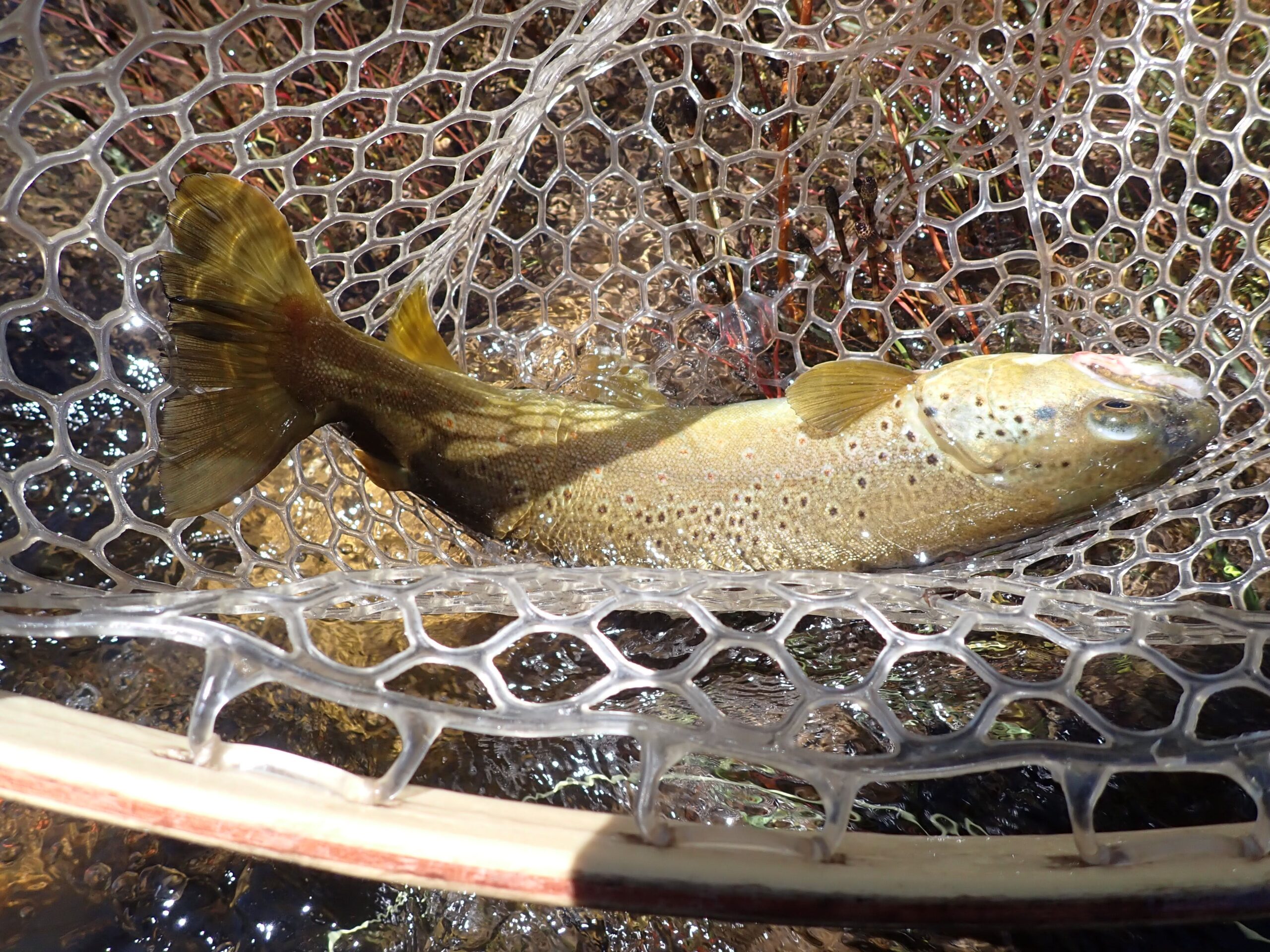 Much Appreciated Brown Trout
Much Appreciated Brown Trout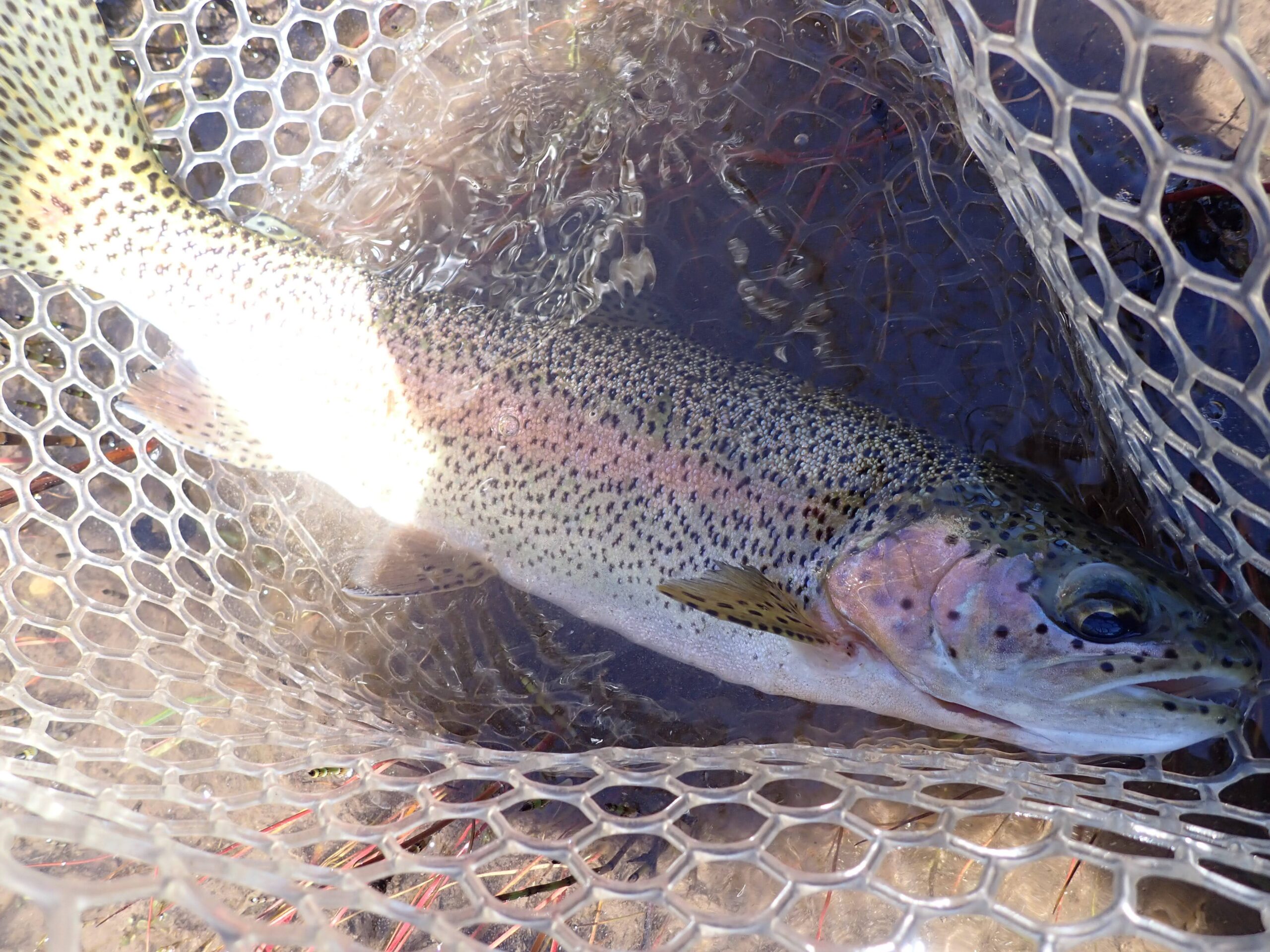 Fighting Bow
Fighting Bow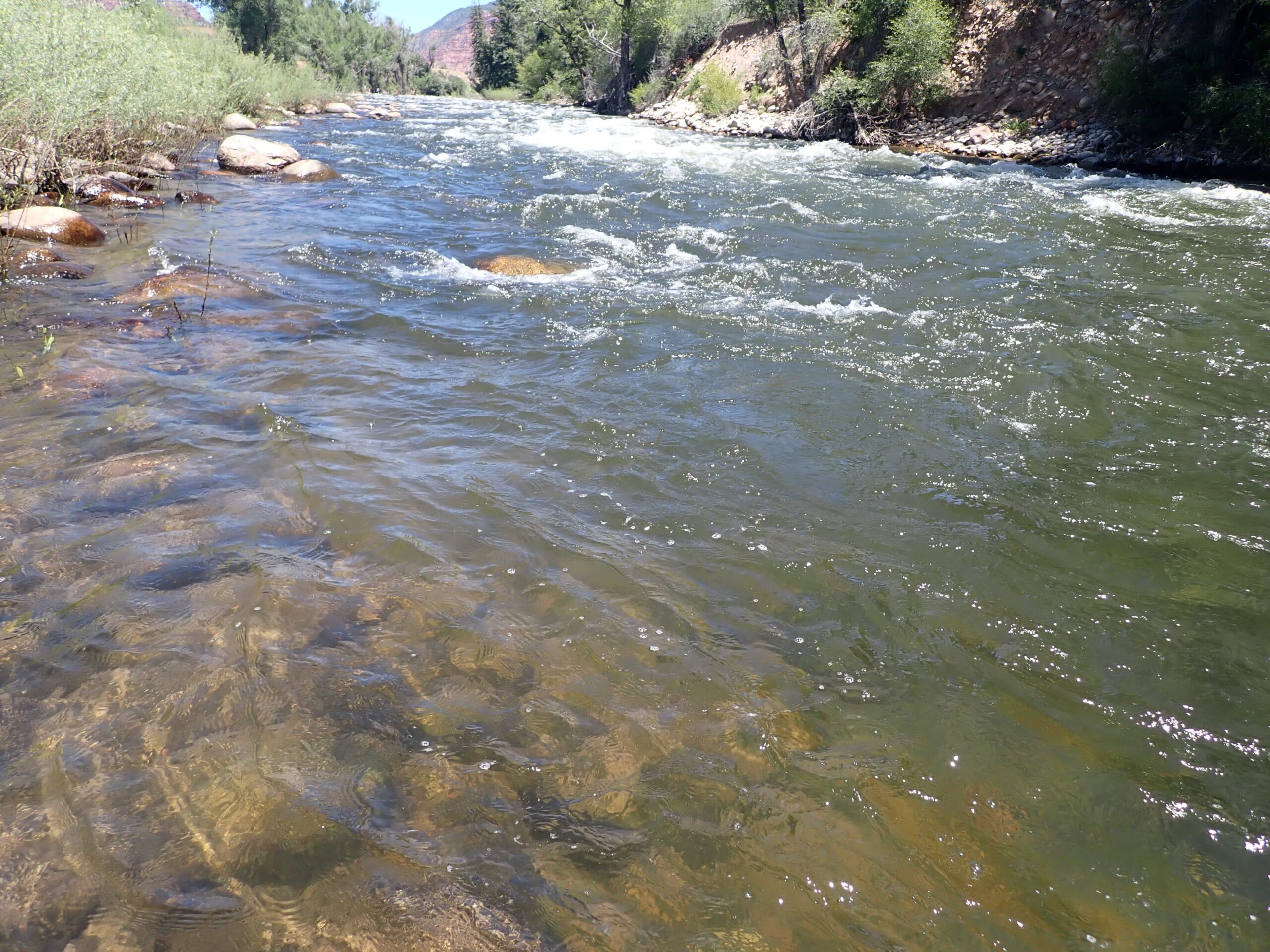 Deep Trough
Deep Trough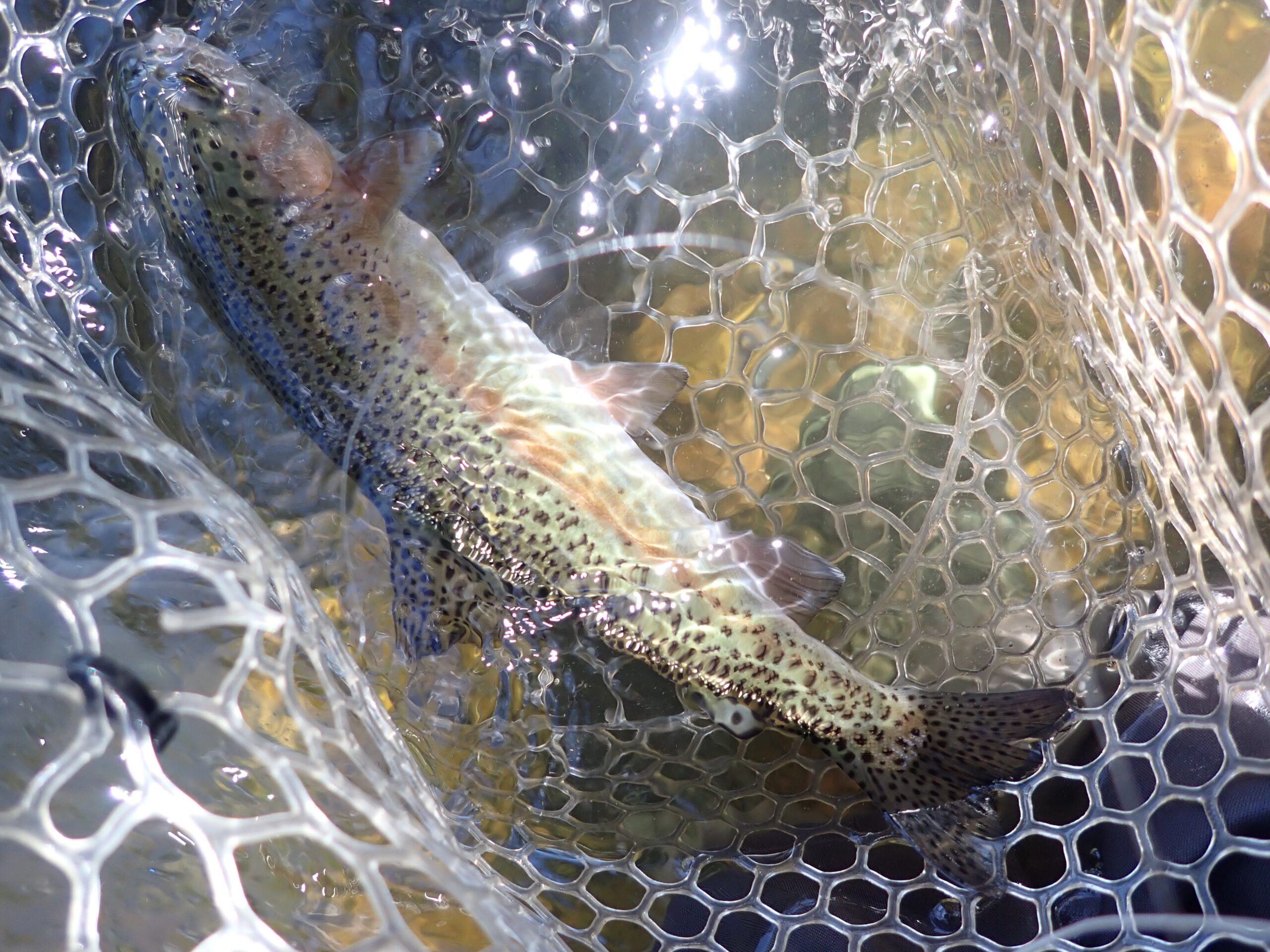 Pink Stripe
Pink Stripe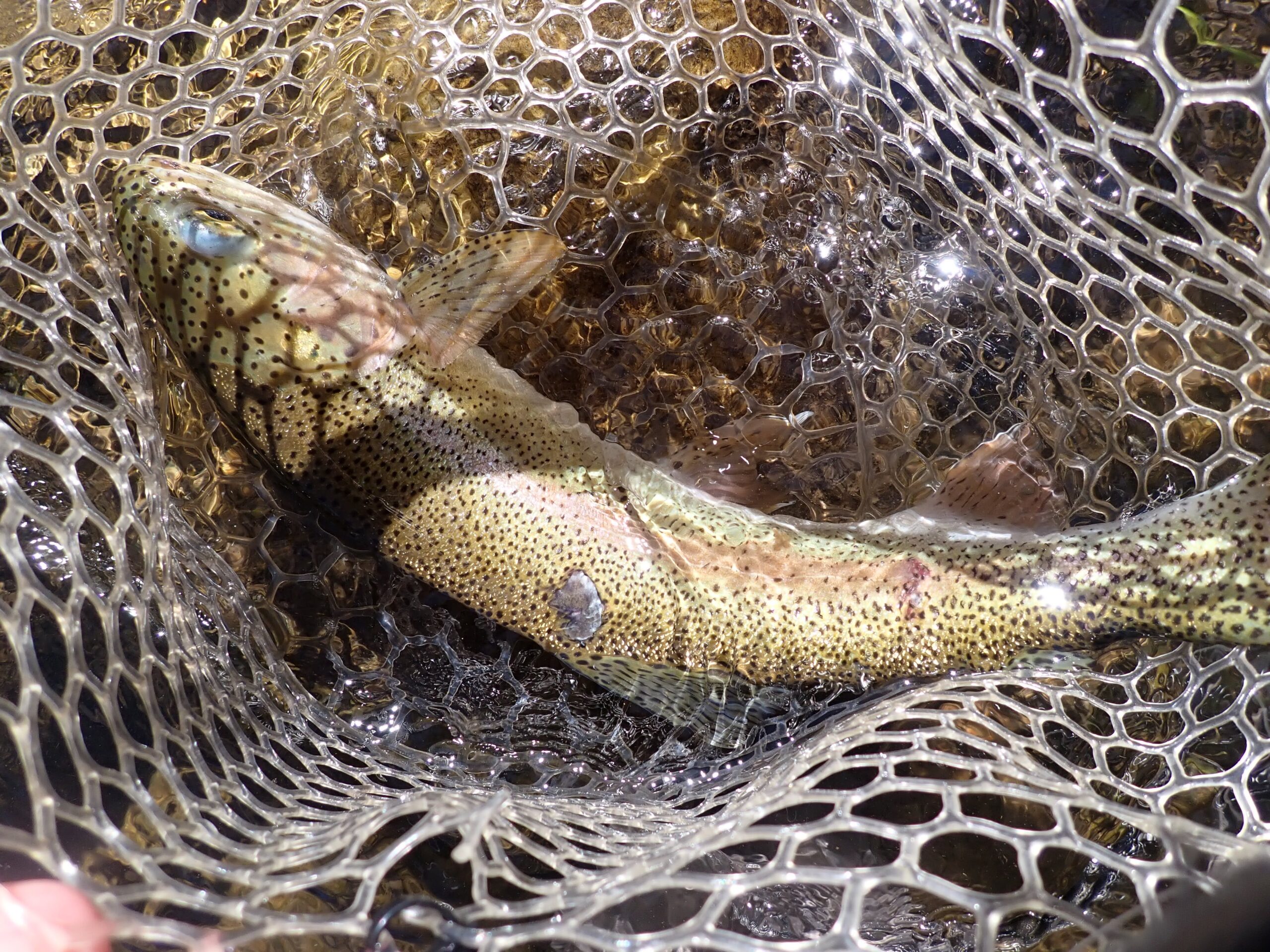 Talon Wound Obvious
Talon Wound Obvious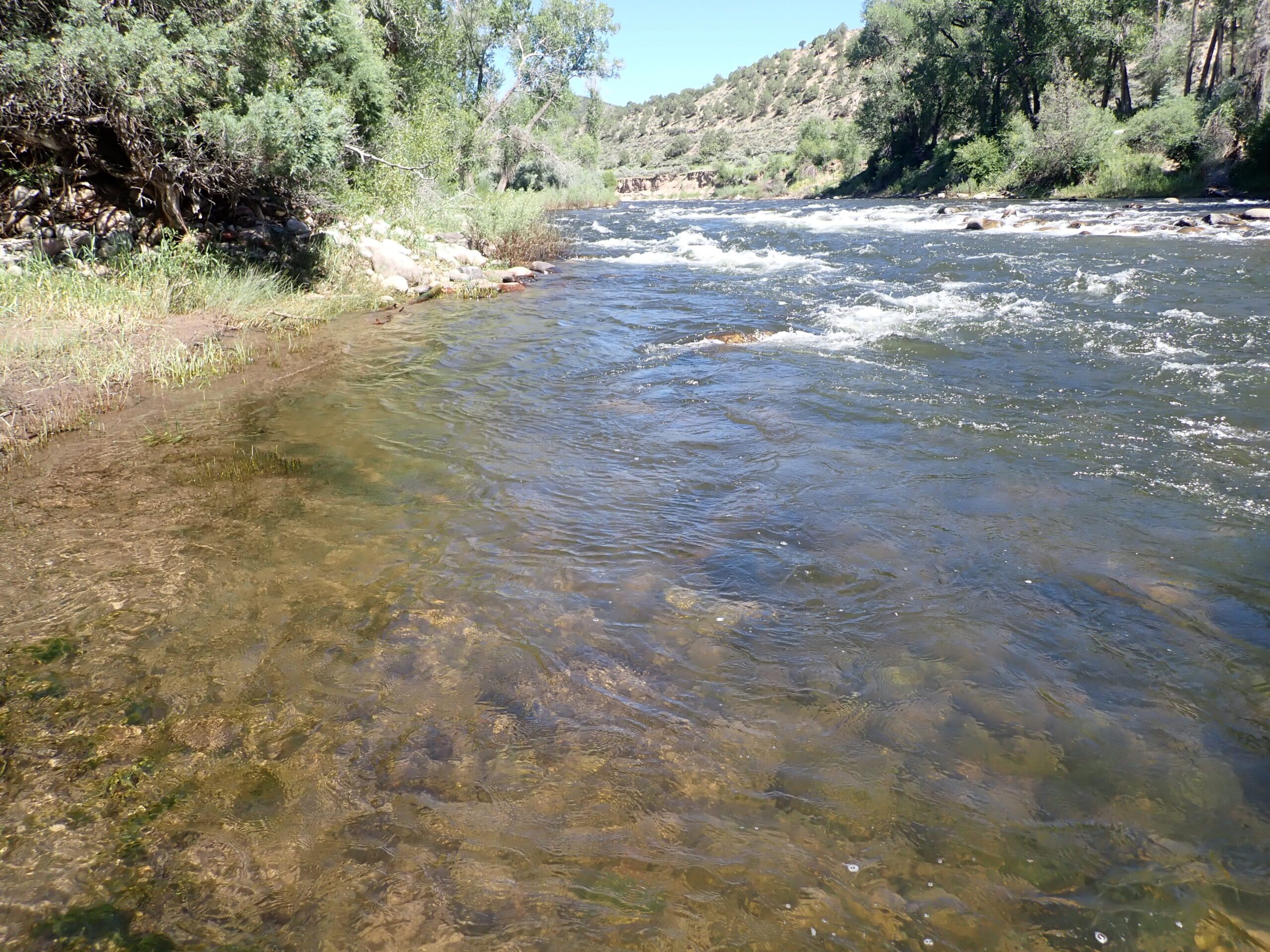 Home of Talon Wound Rainbow
Home of Talon Wound Rainbow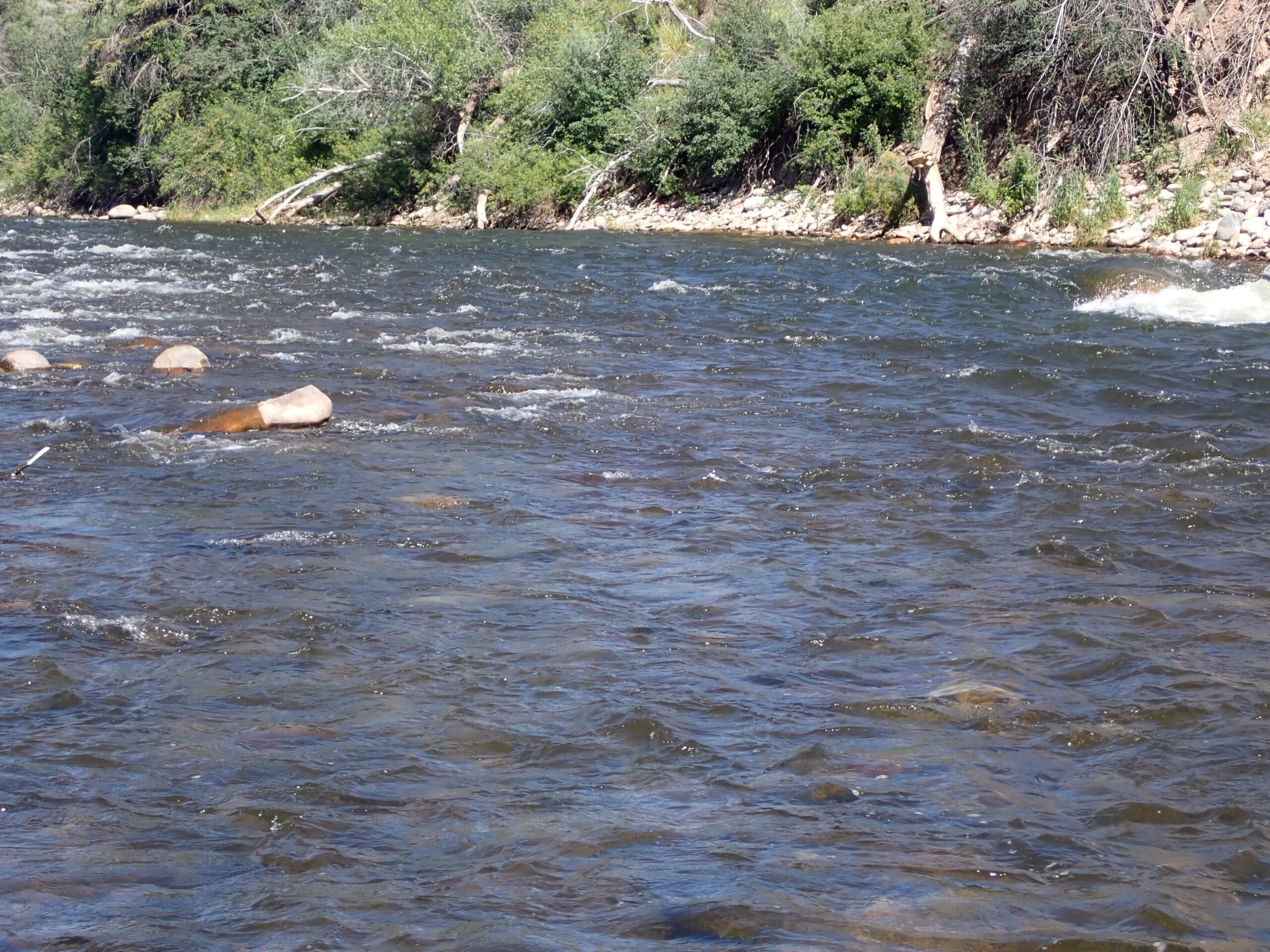 Home of Comparadun Sipper
Home of Comparadun Sipper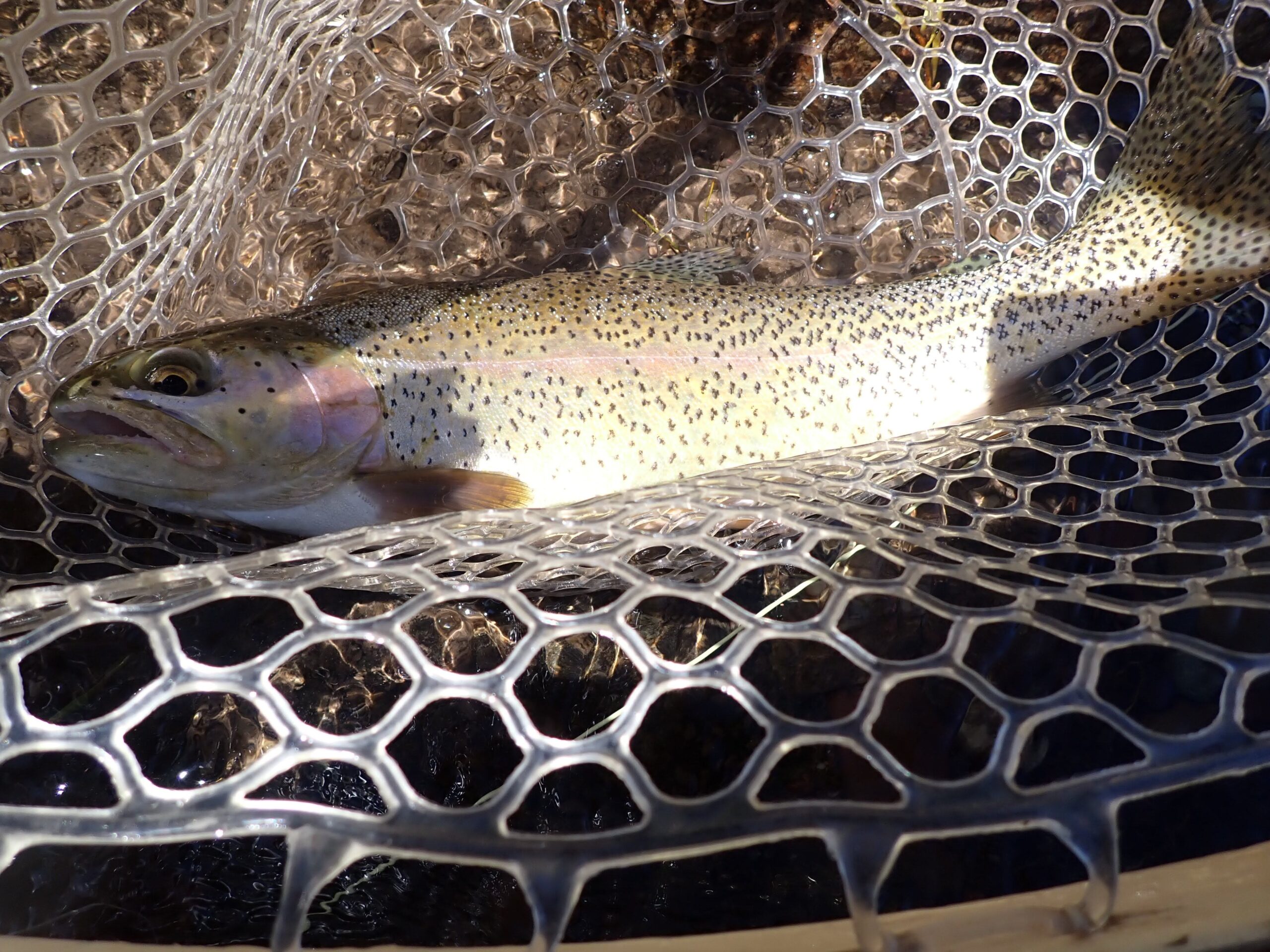 Fish of the Day
Fish of the Day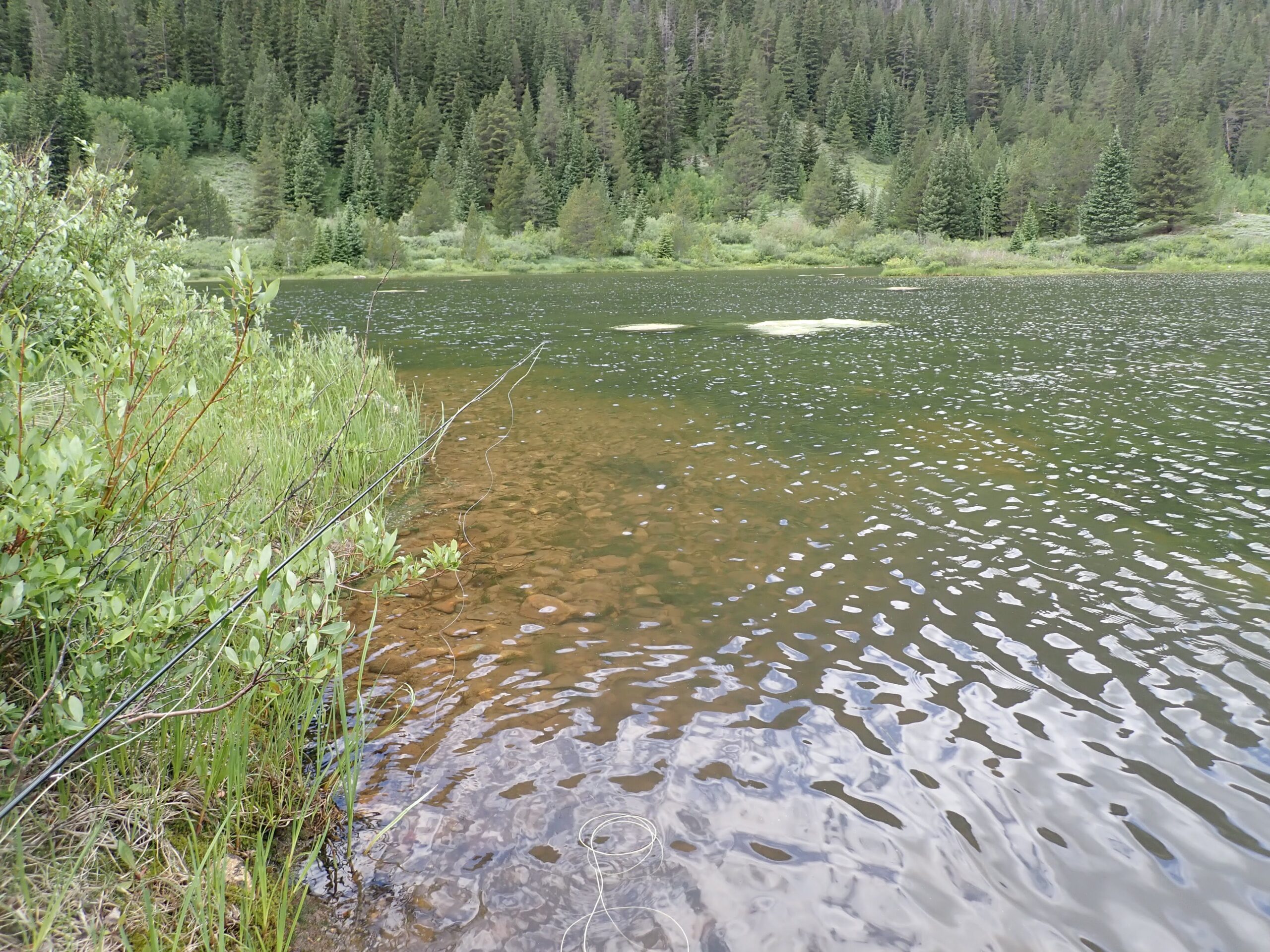
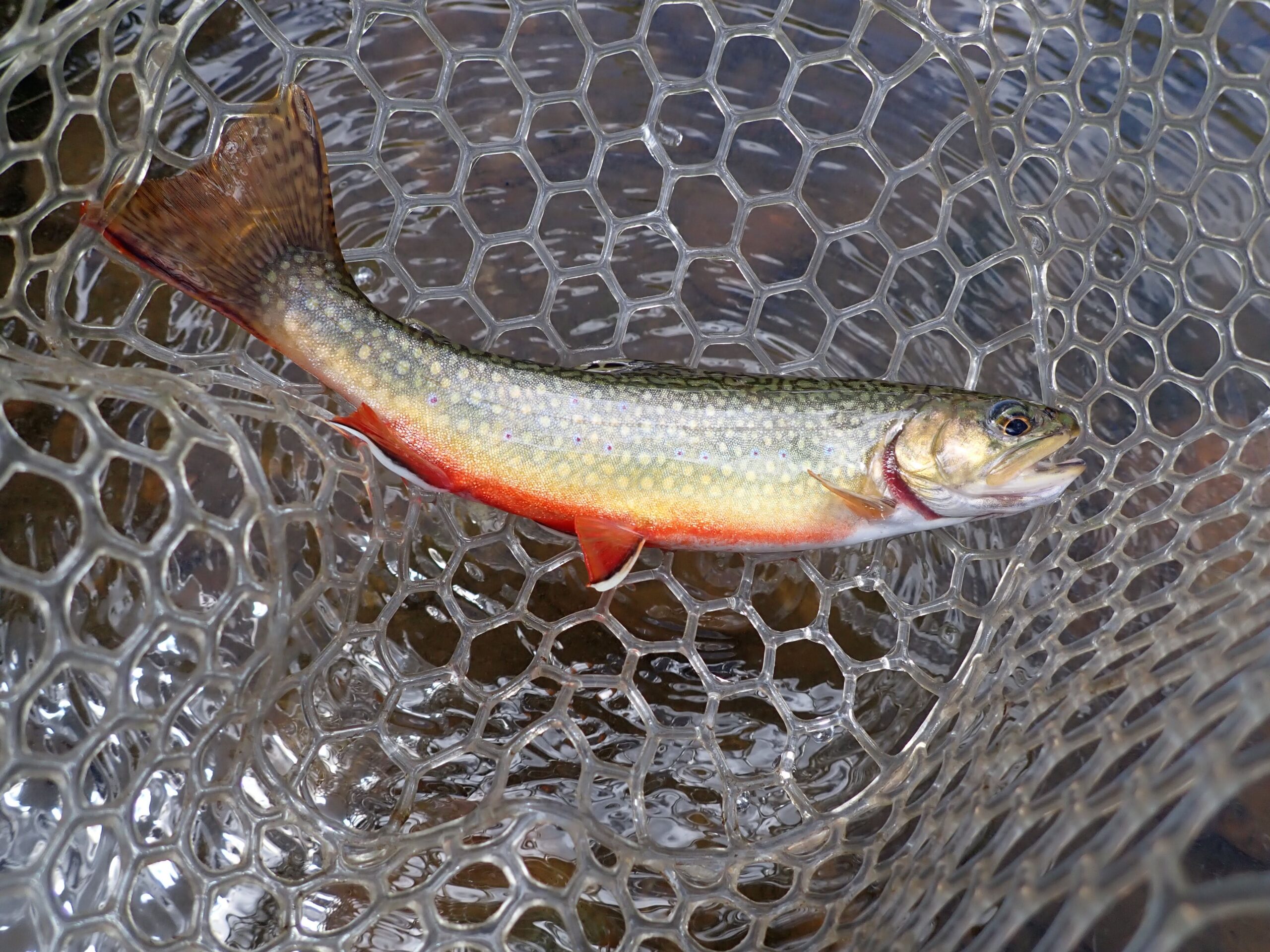 Near the Start
Near the Start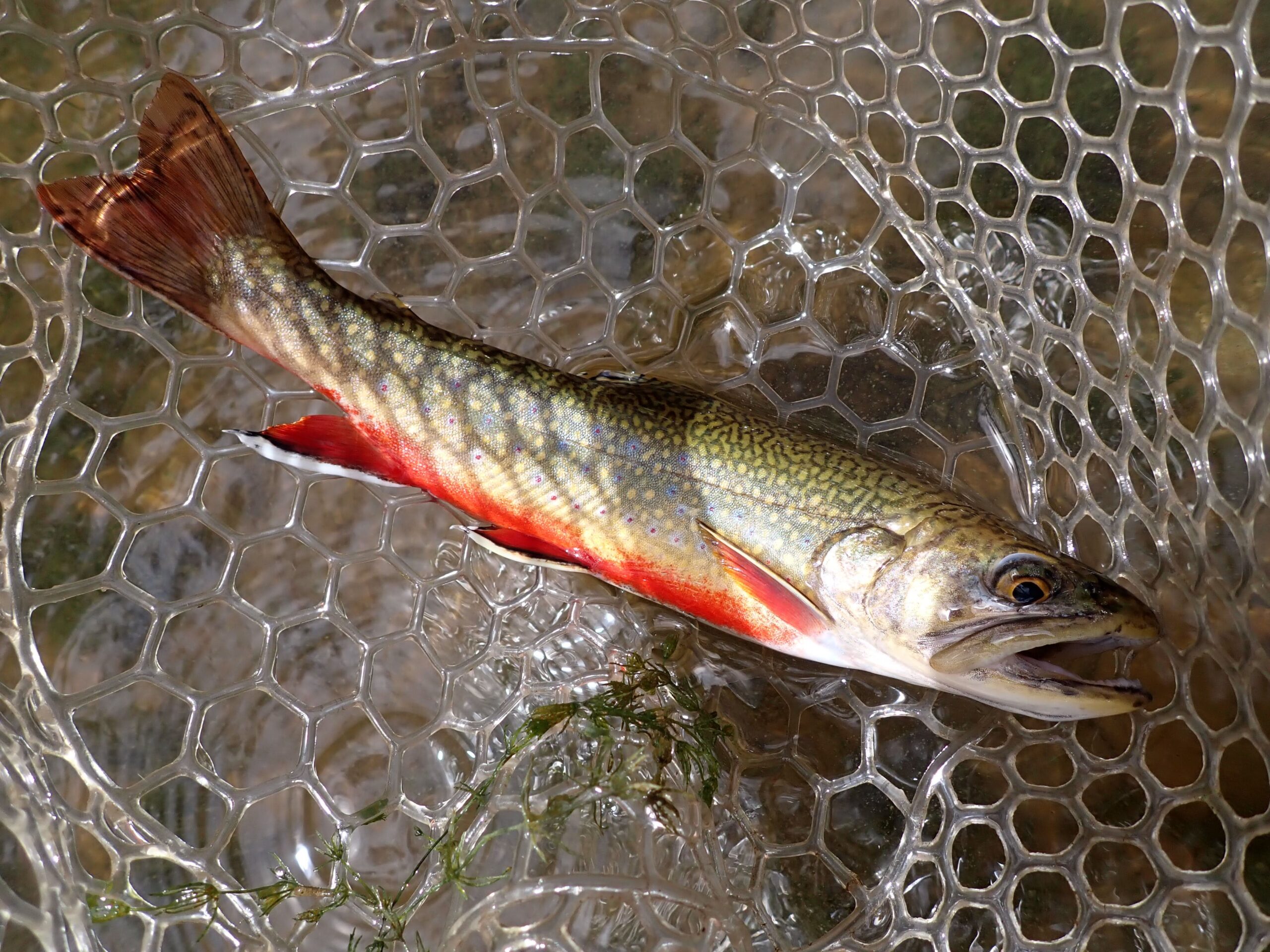 Another Orange Belly
Another Orange Belly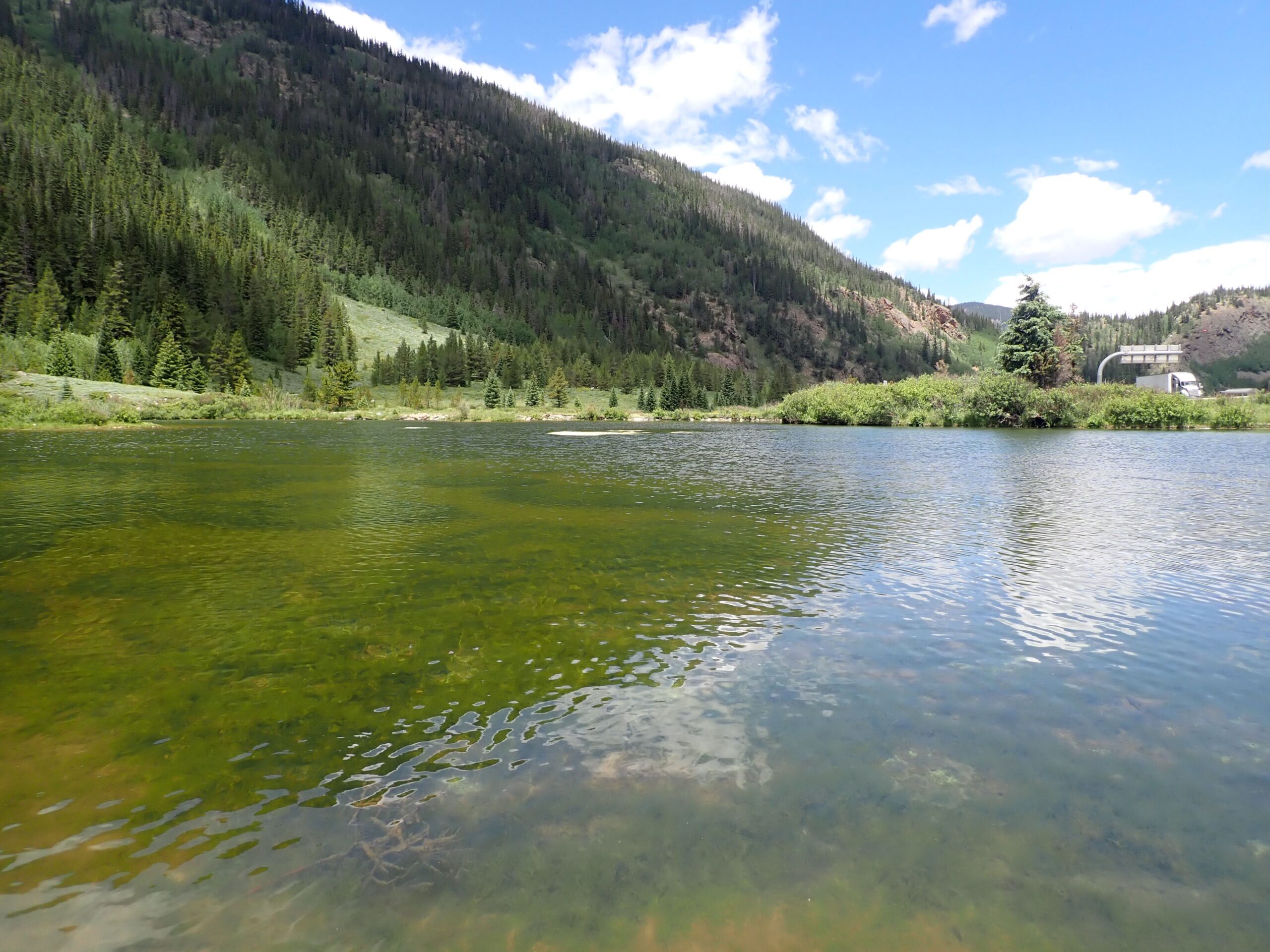 Placid at the Moment
Placid at the Moment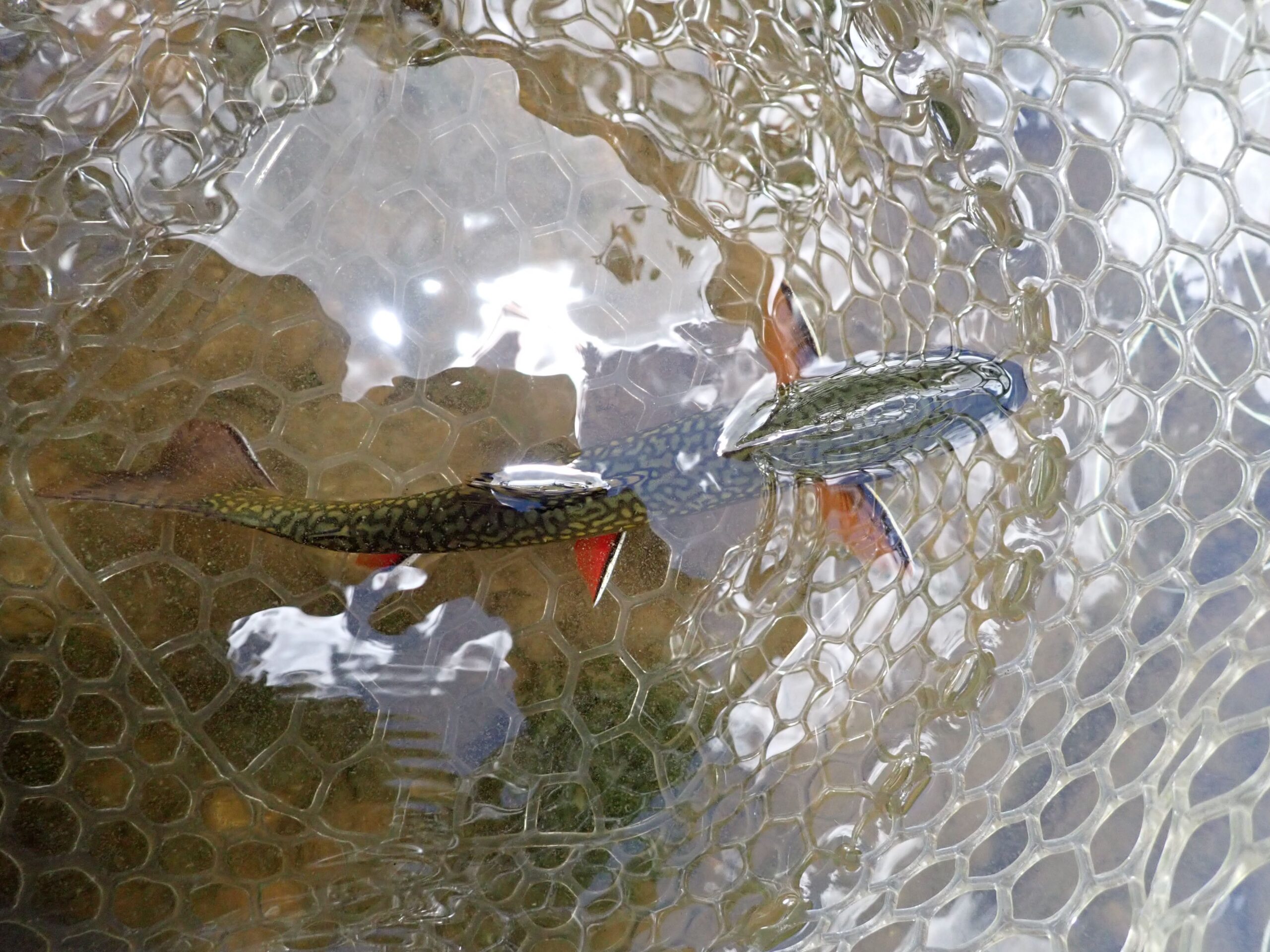 Orange Fins
Orange Fins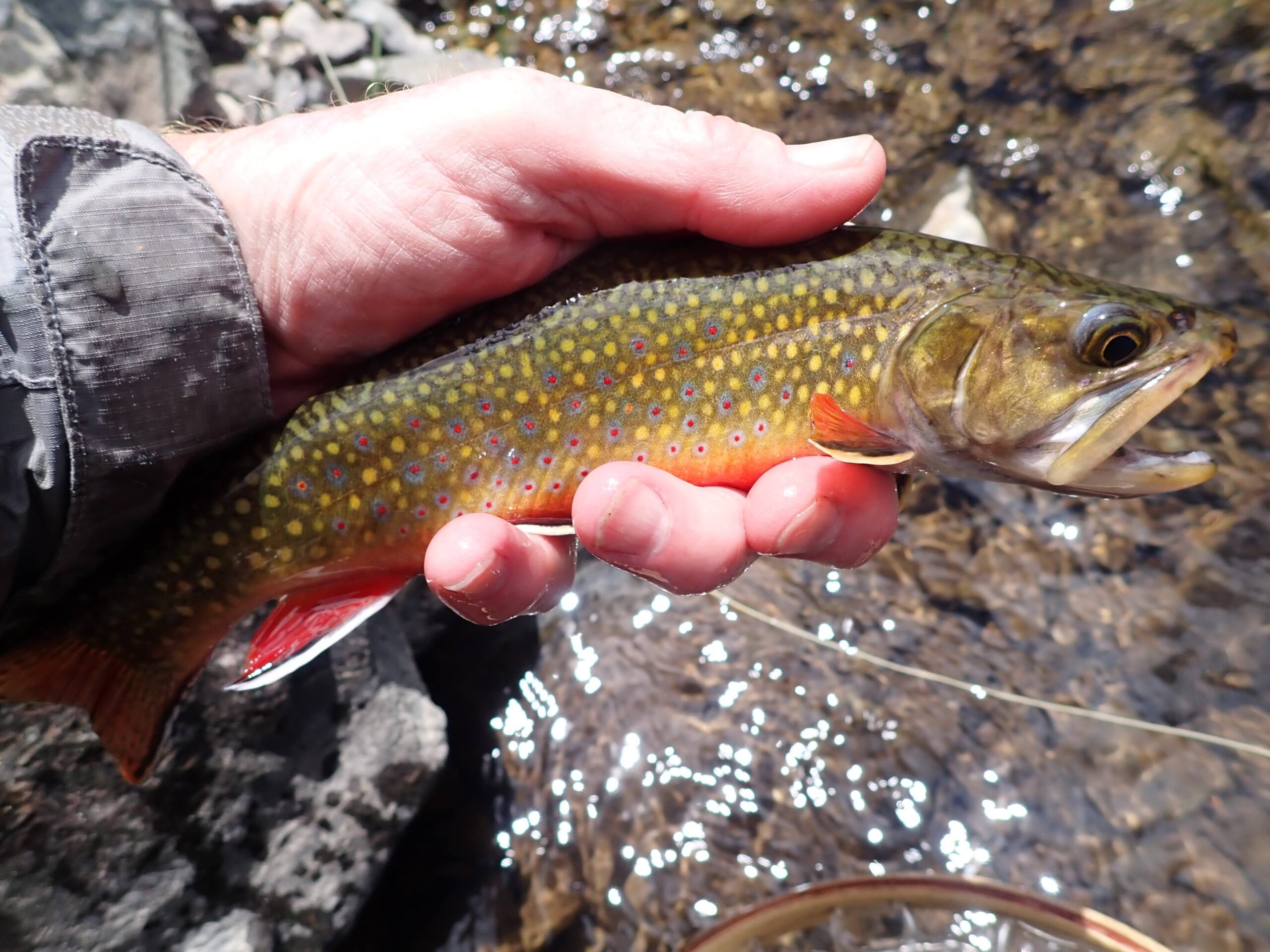 One of the Better Fish of the Day
One of the Better Fish of the Day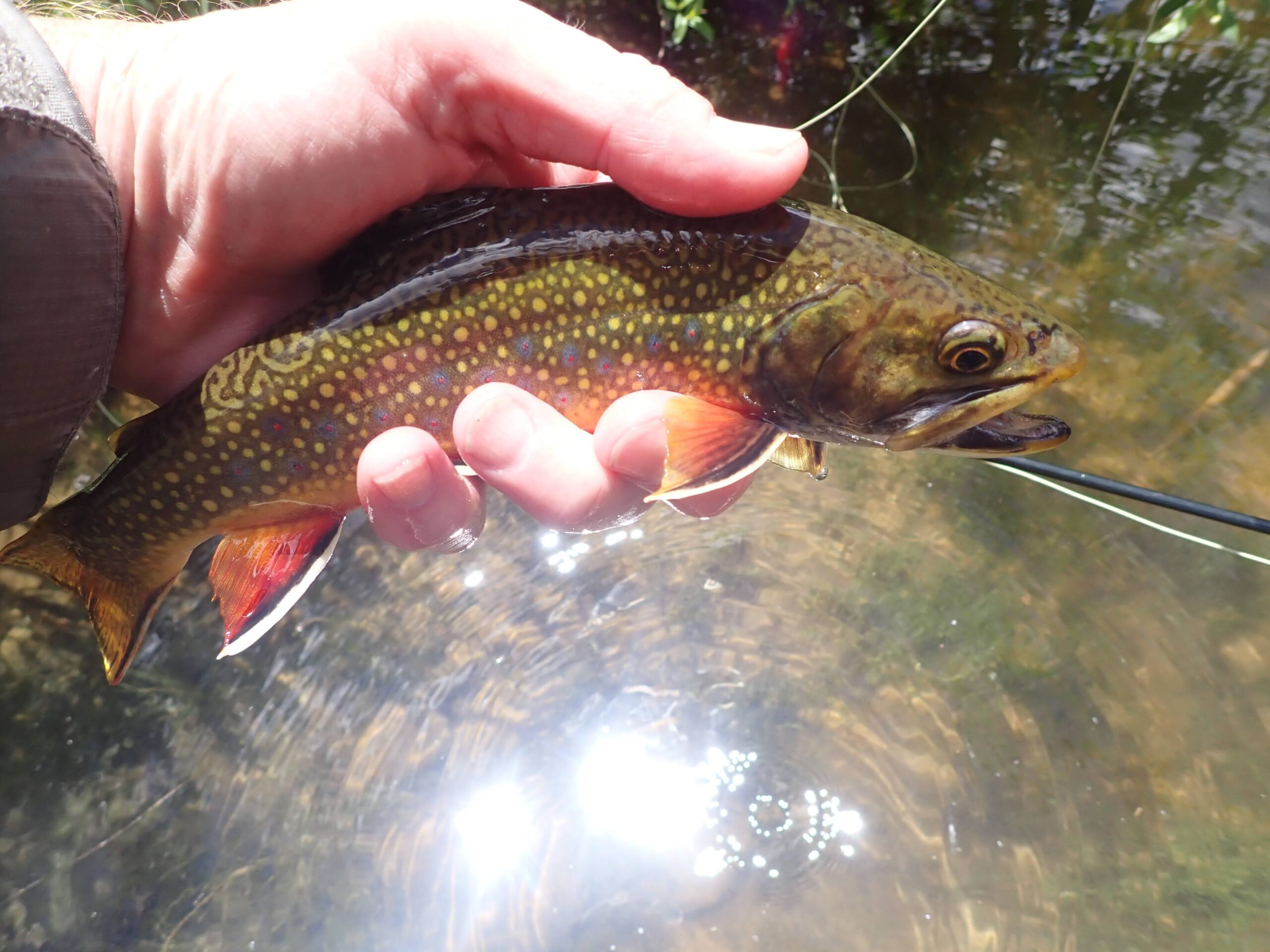 Darker Body on This Prize
Darker Body on This Prize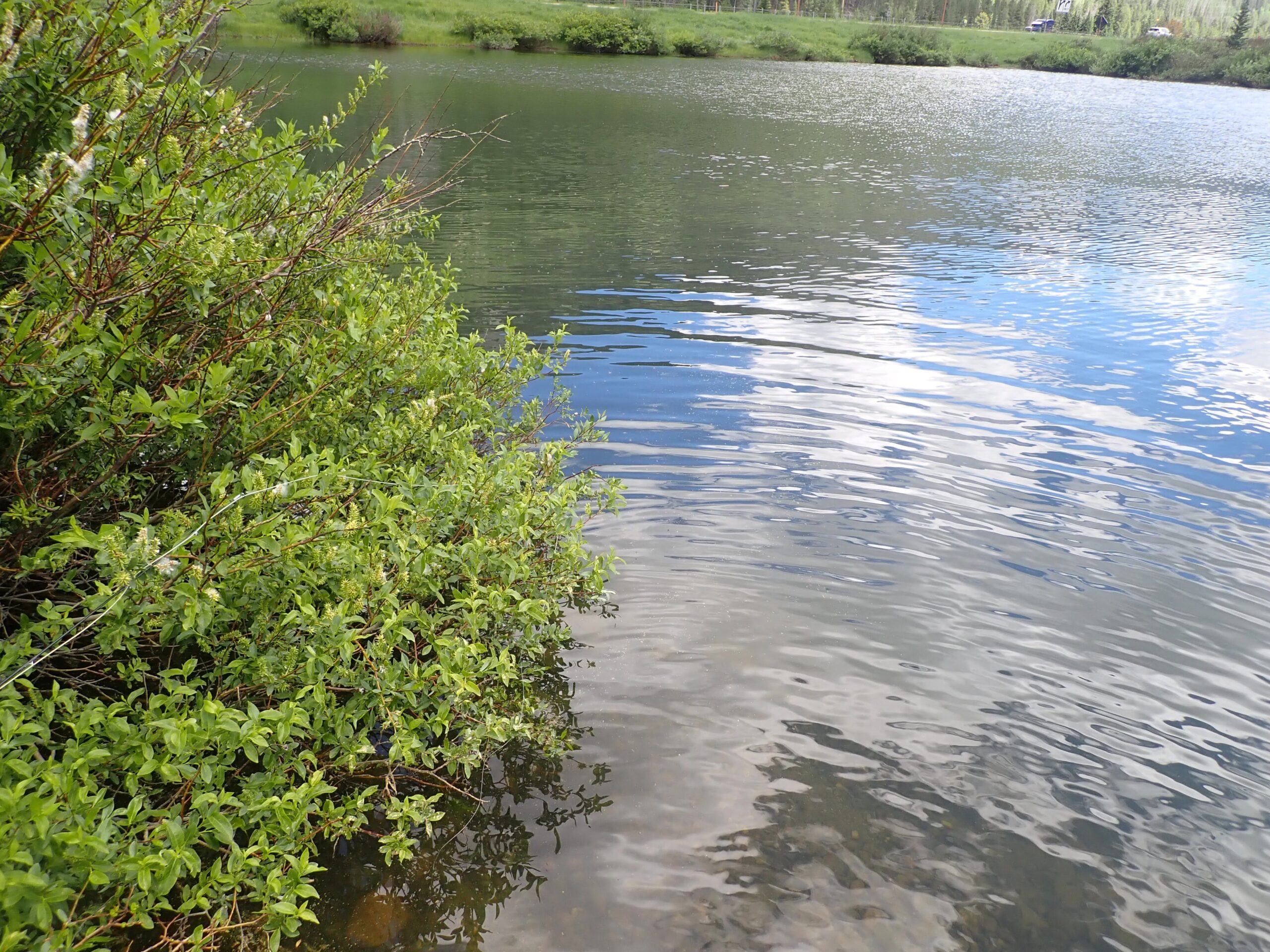 A Different Pond
A Different Pond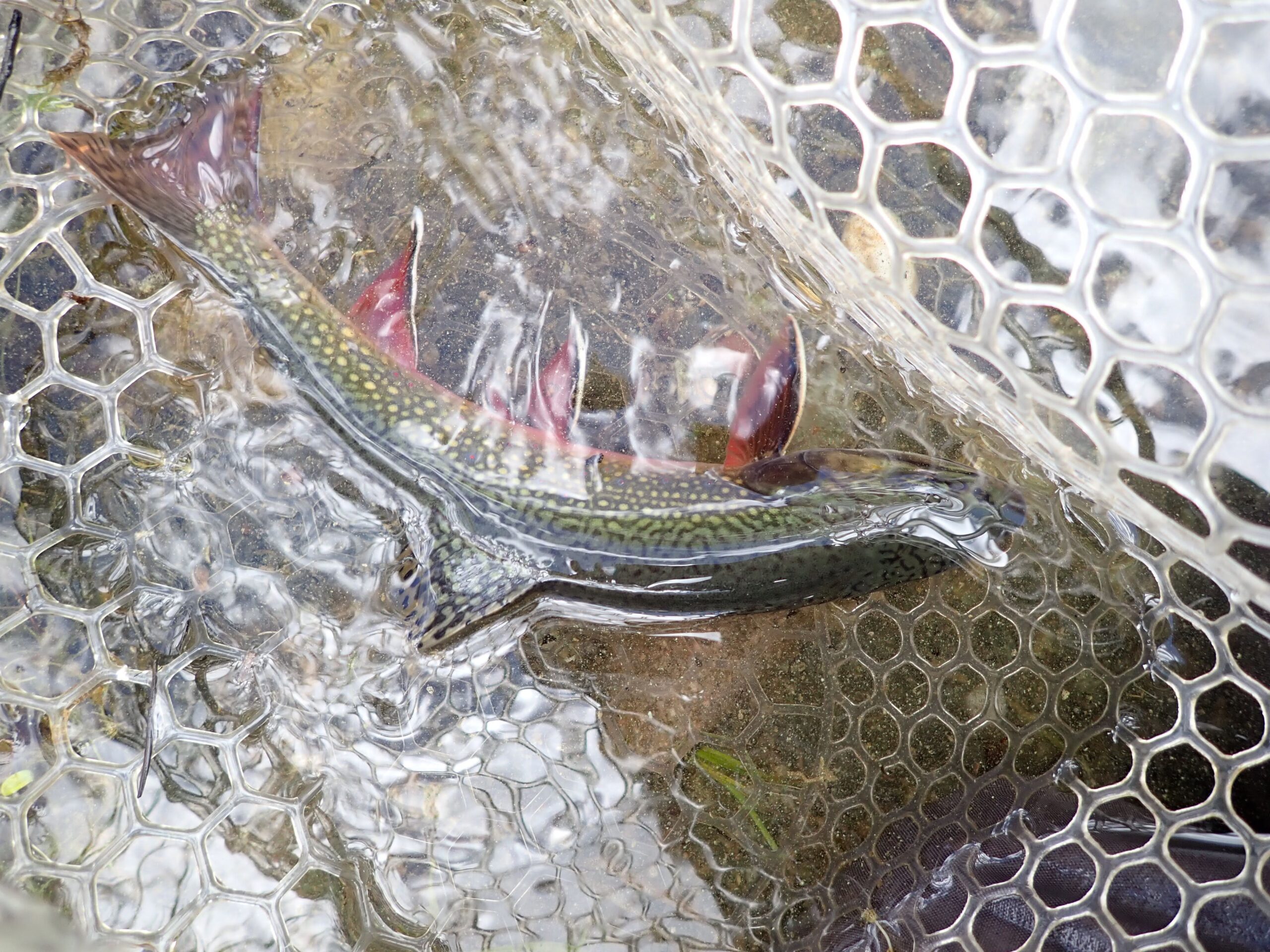 I Love the Overhead View
I Love the Overhead View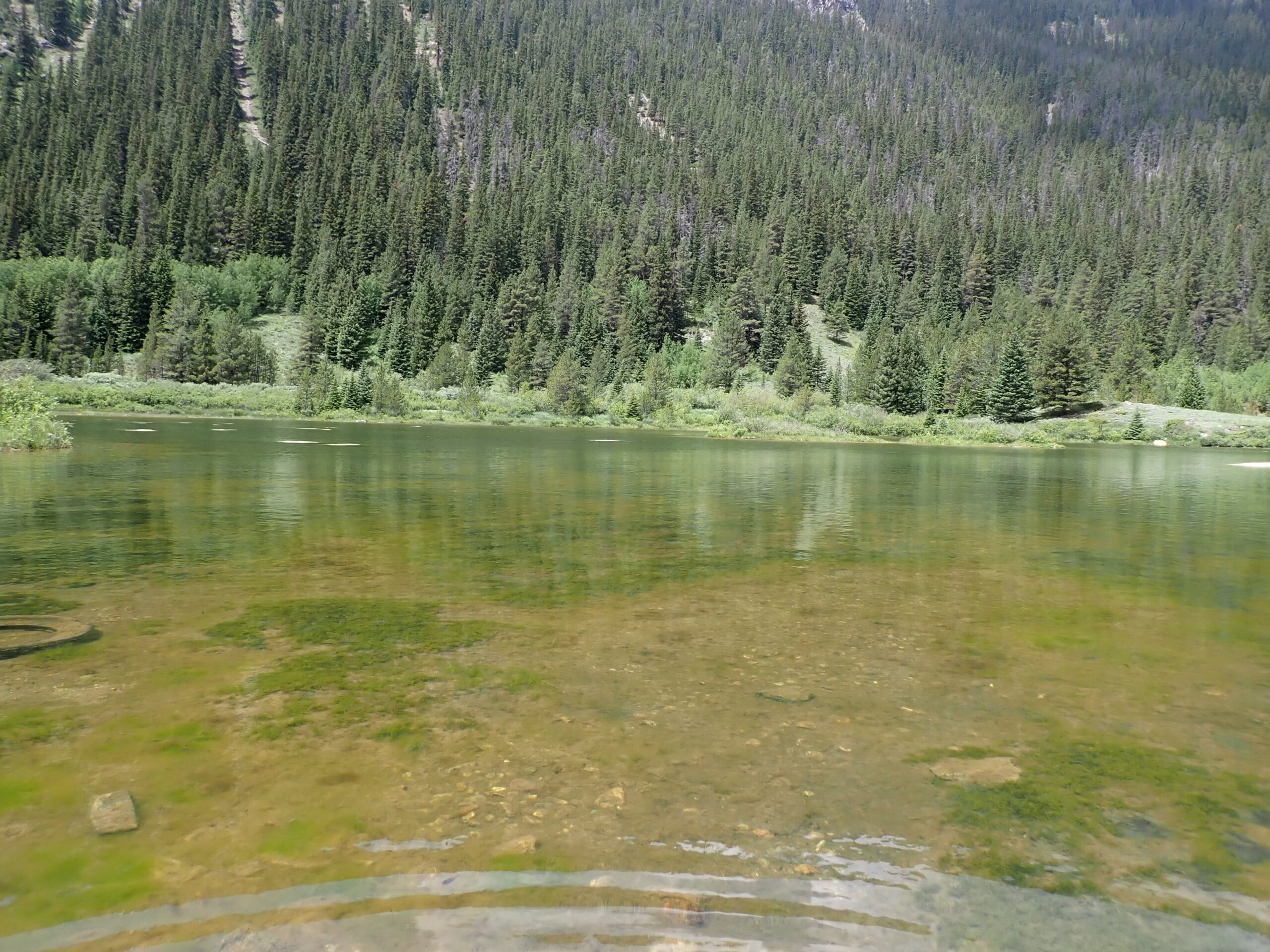 First Pond Fished
First Pond Fished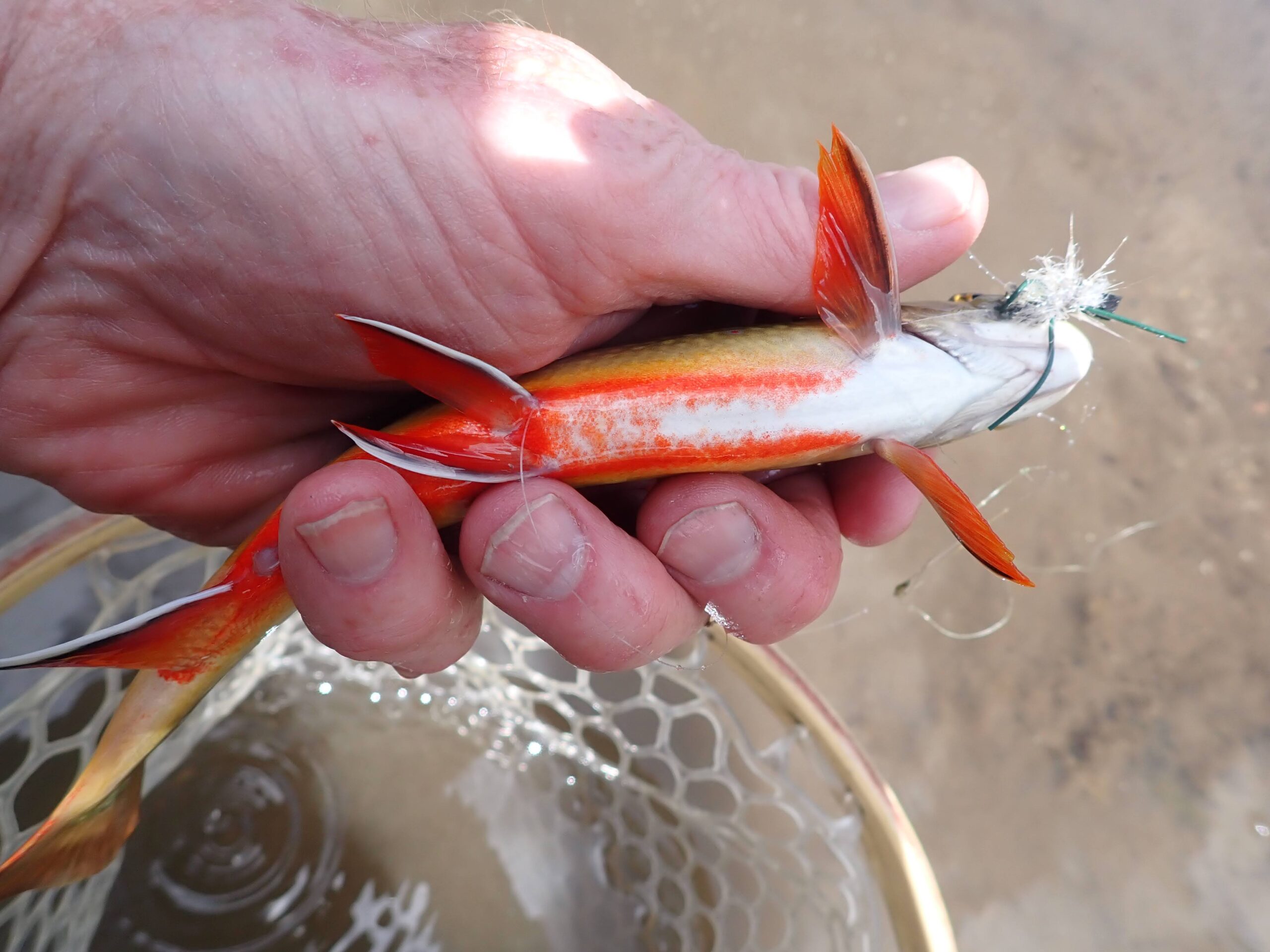 Brilliant Orange Belly
Brilliant Orange Belly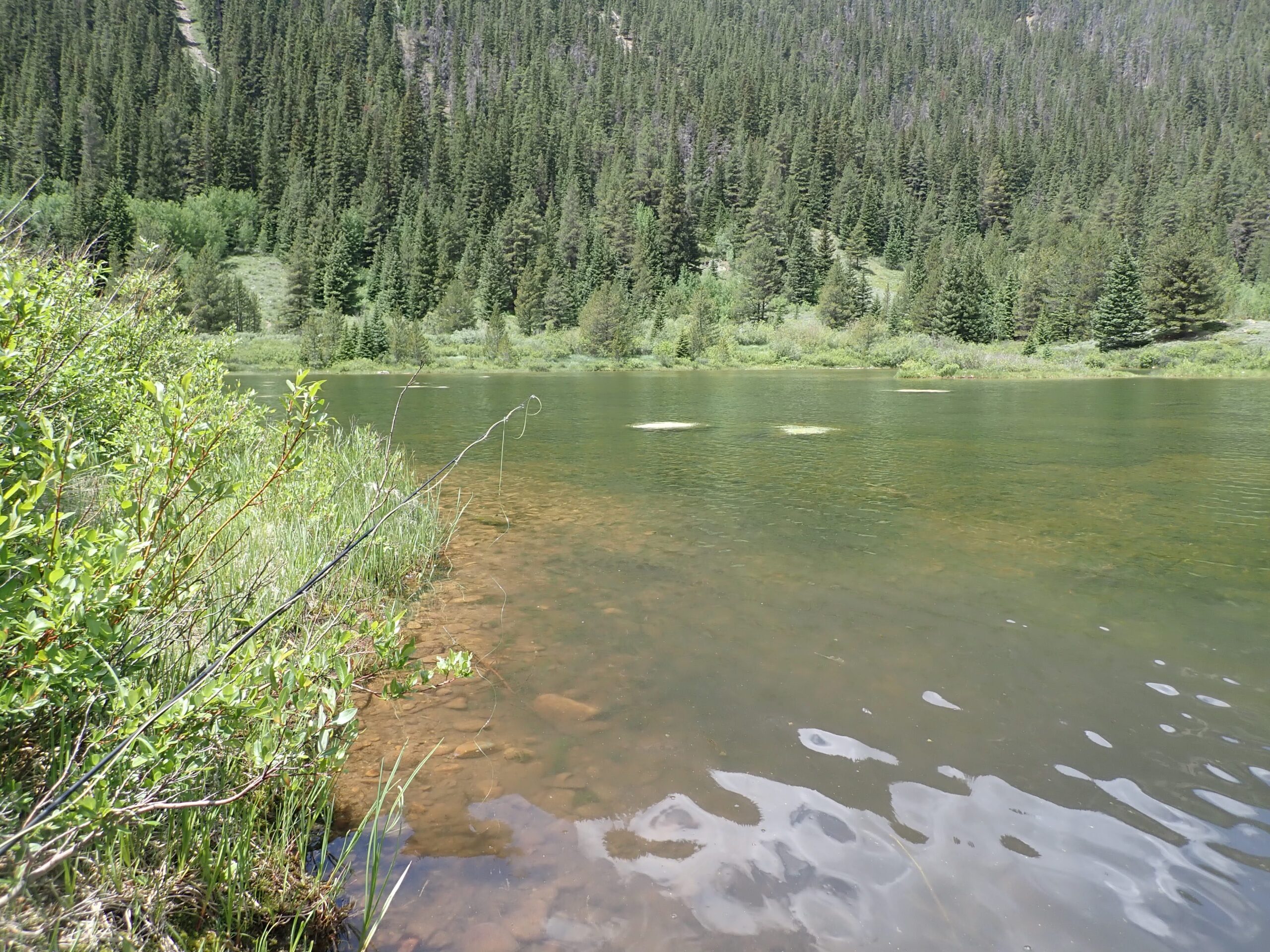 Circling Around
Circling Around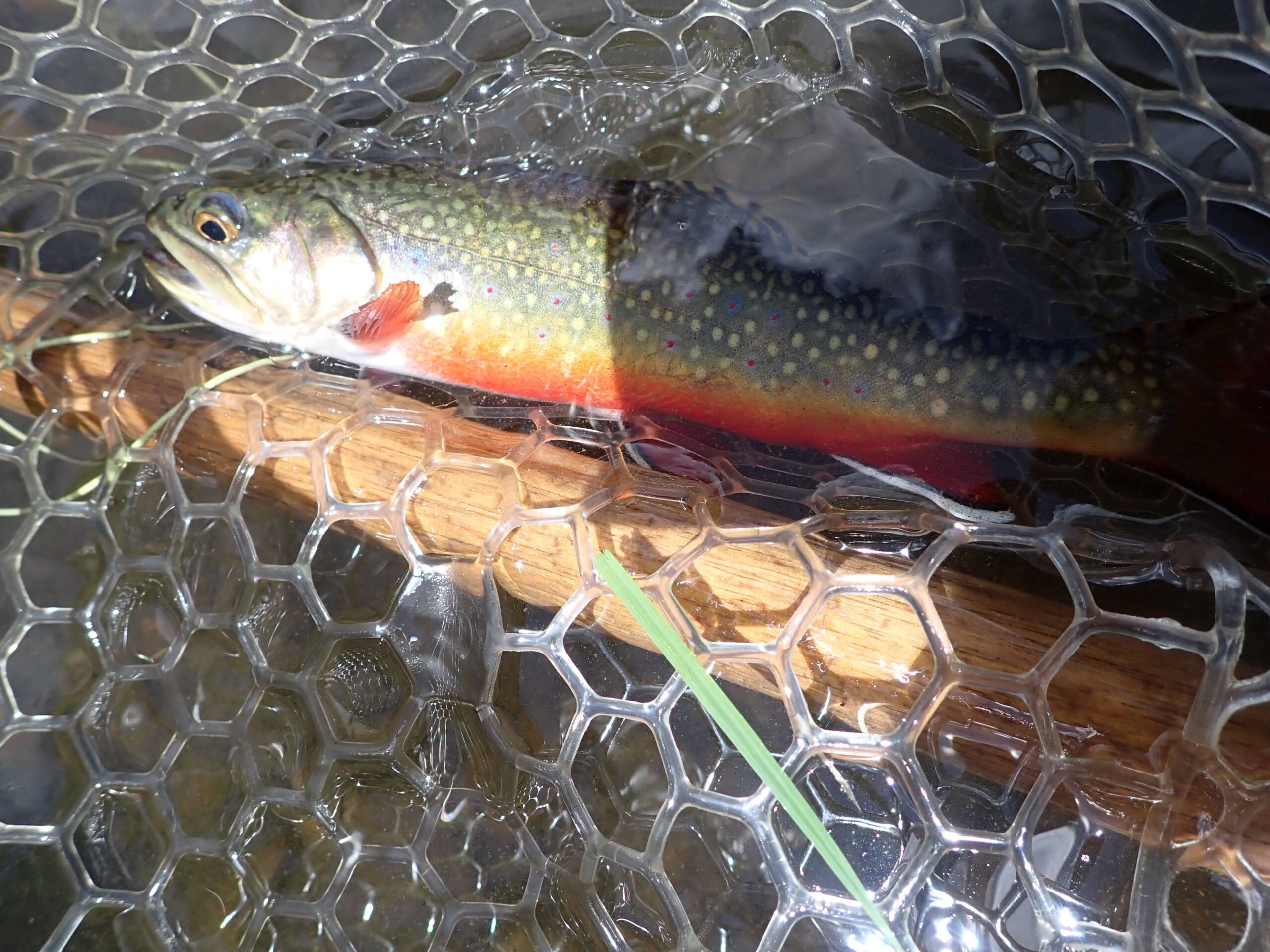 Such Color
Such Color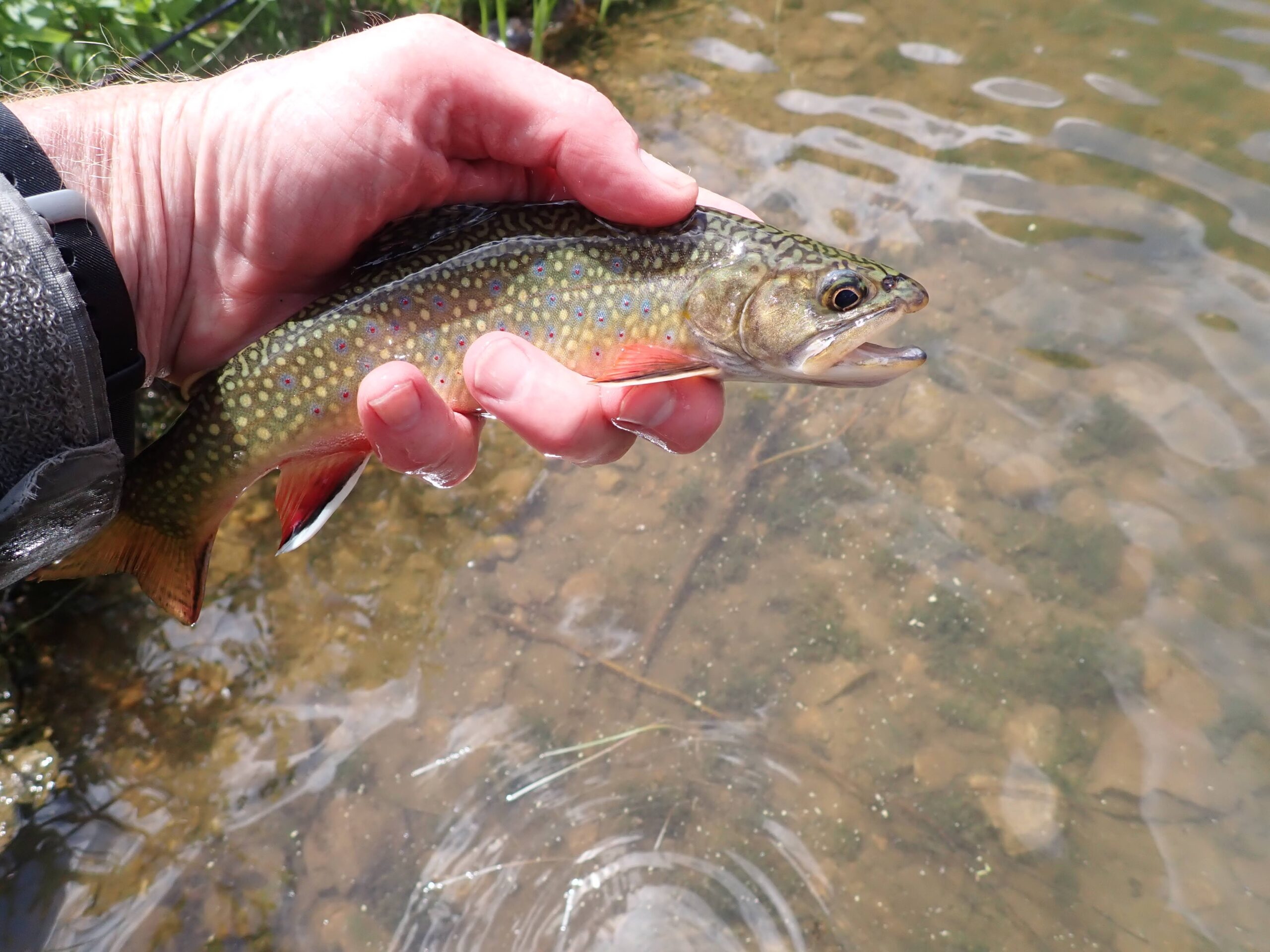 Stretched Out
Stretched Out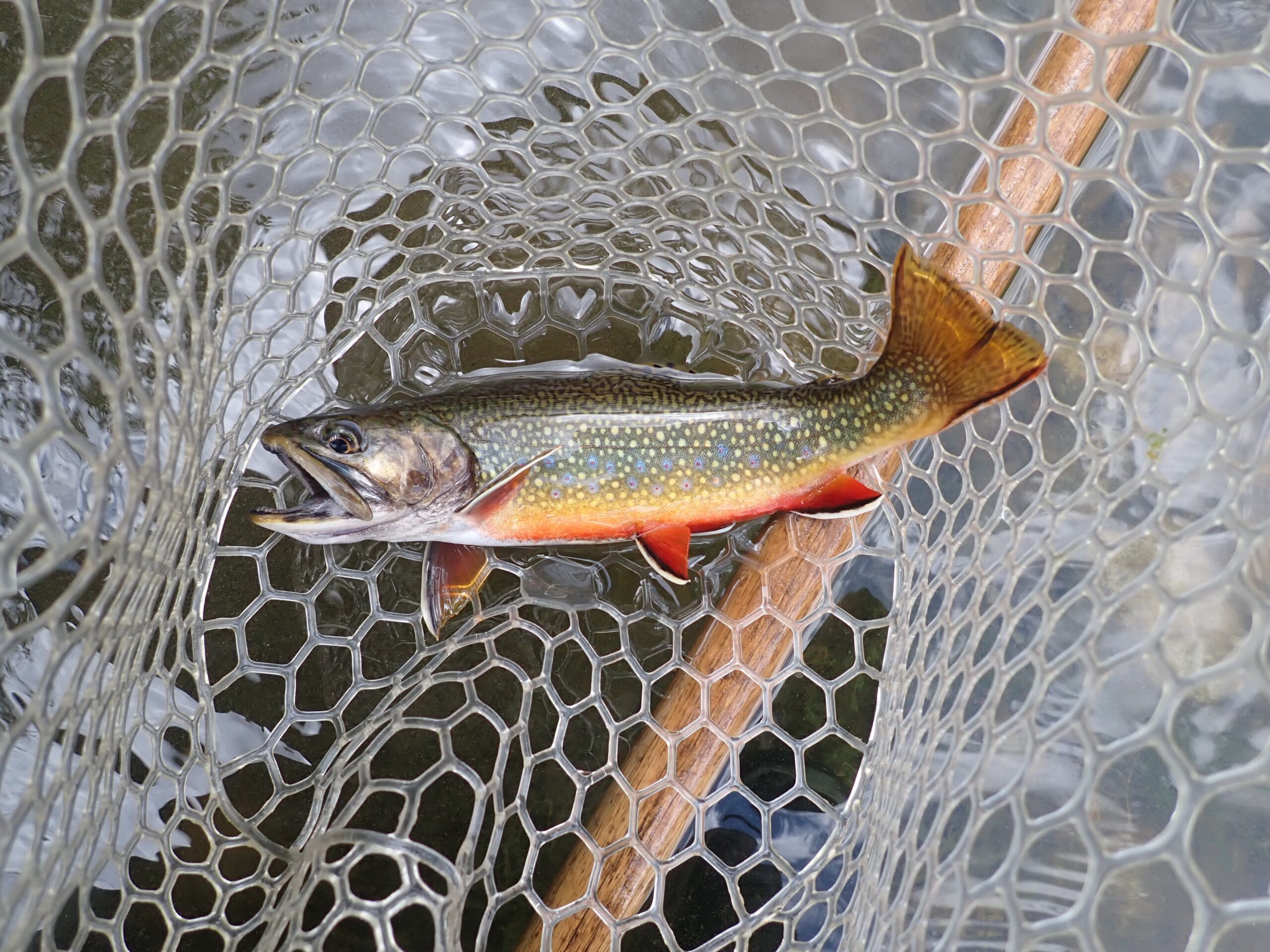 Vivid Colors on This One
Vivid Colors on This One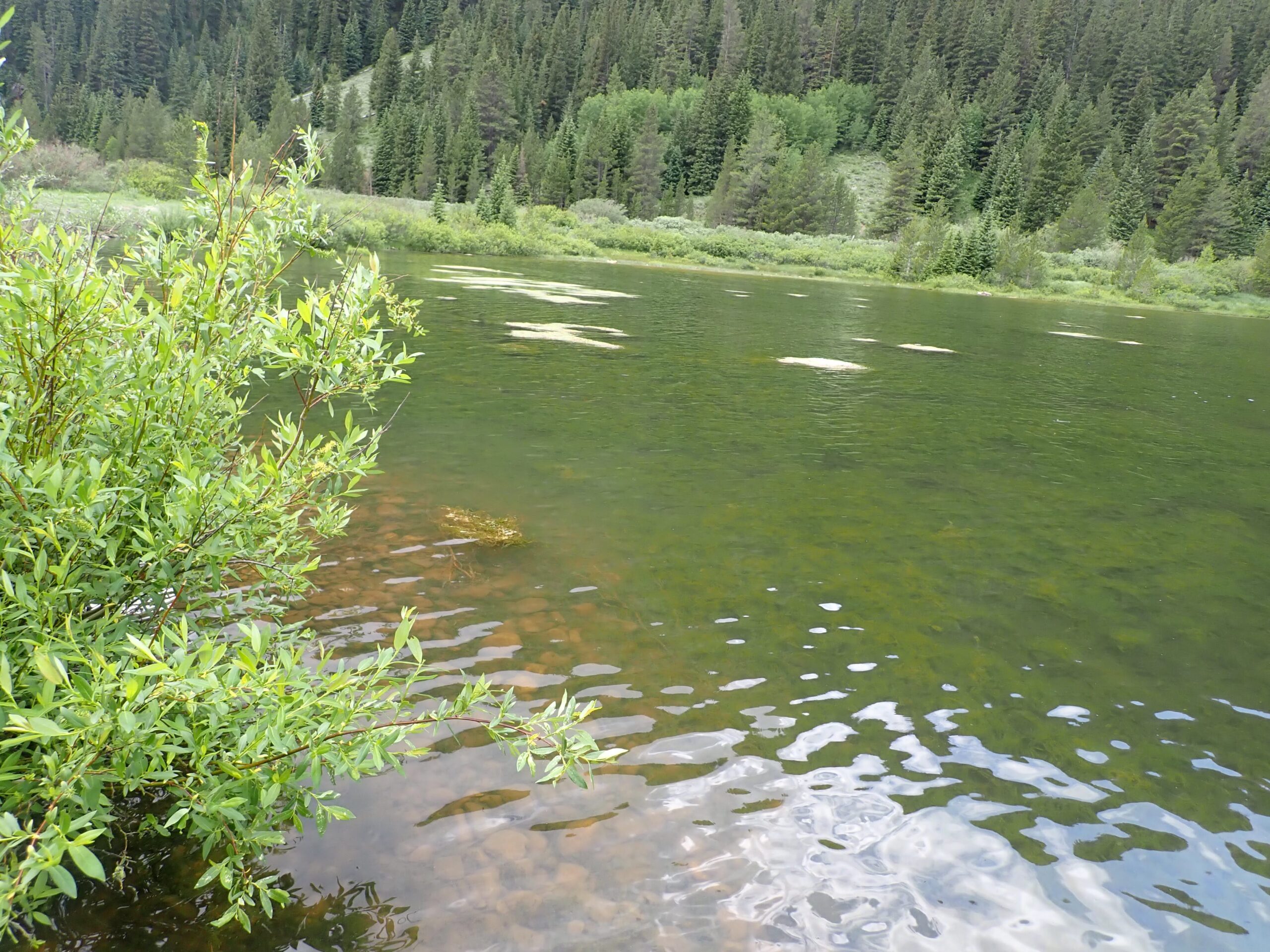 Around the Corner
Around the Corner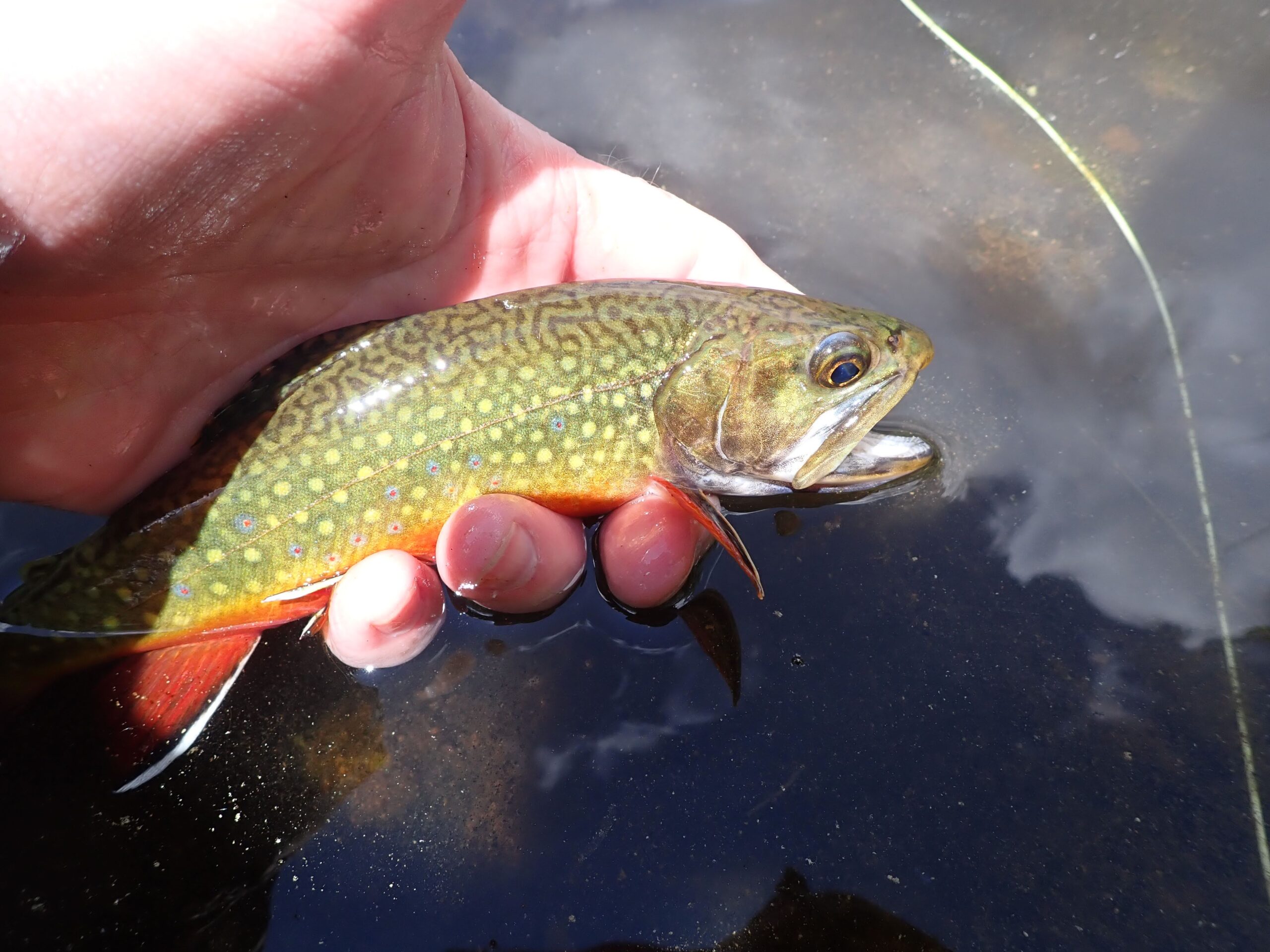 Gentle Grip
Gentle Grip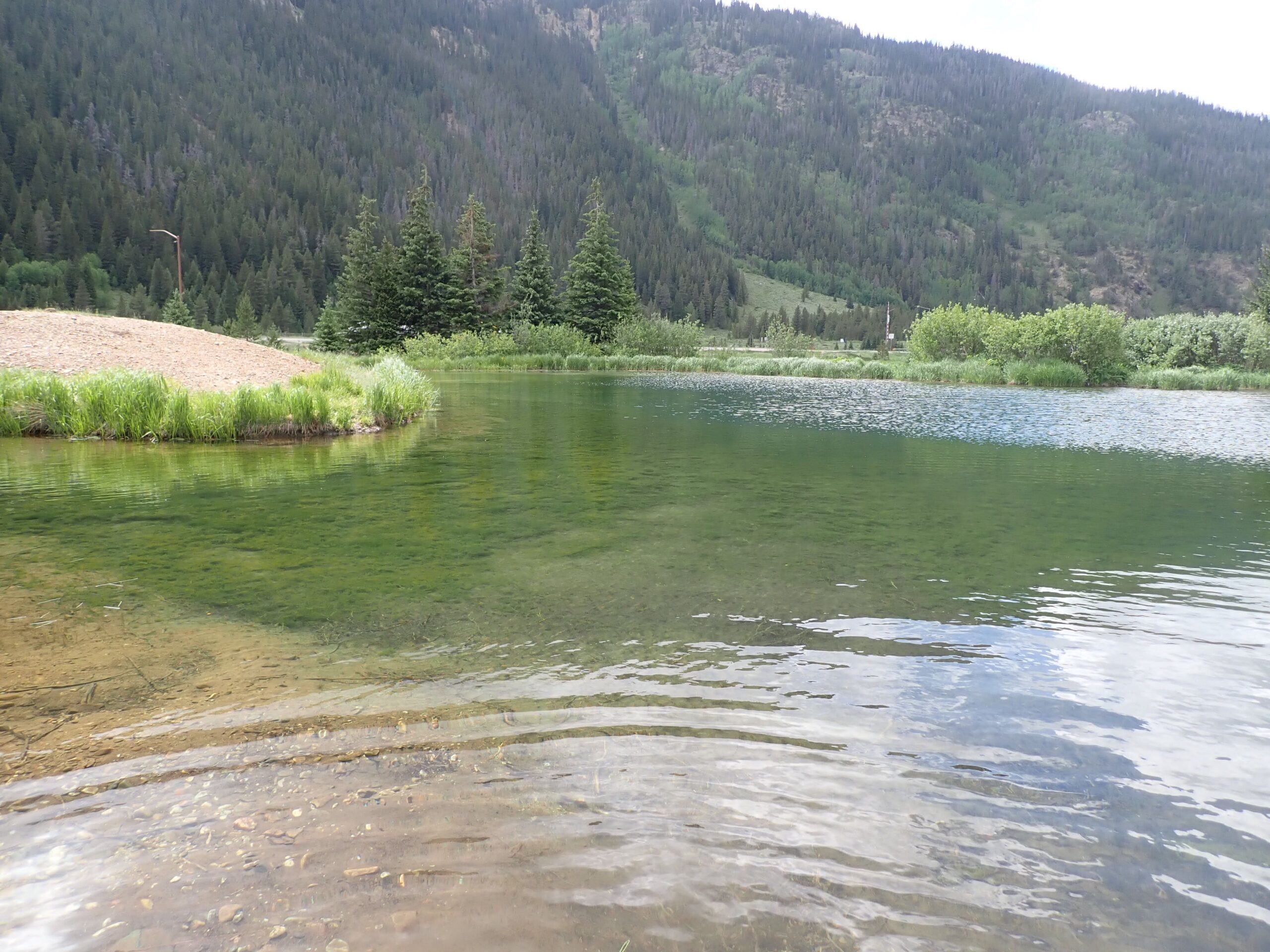 Another Pond
Another Pond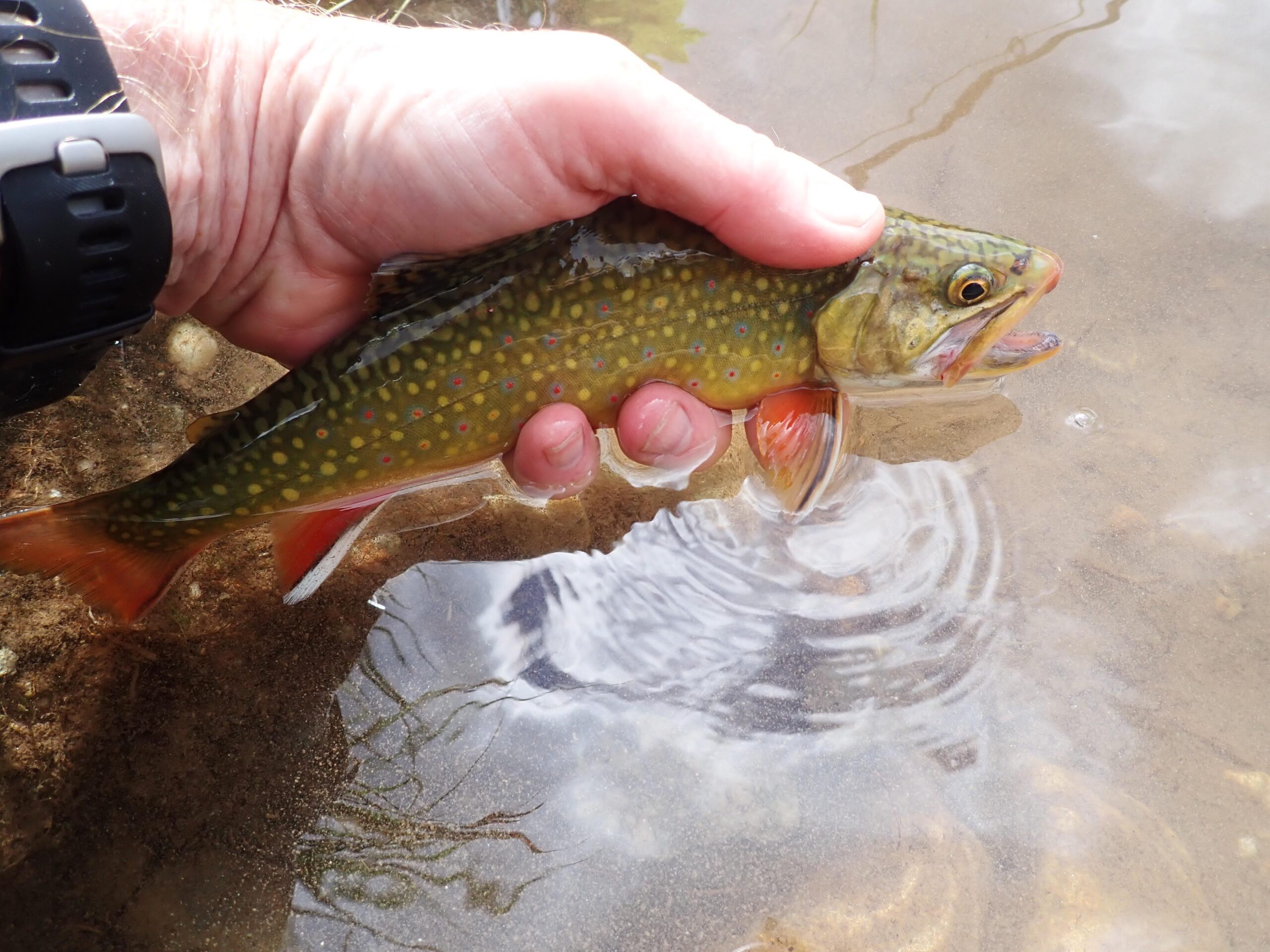 Last and Perhaps Best
Last and Perhaps Best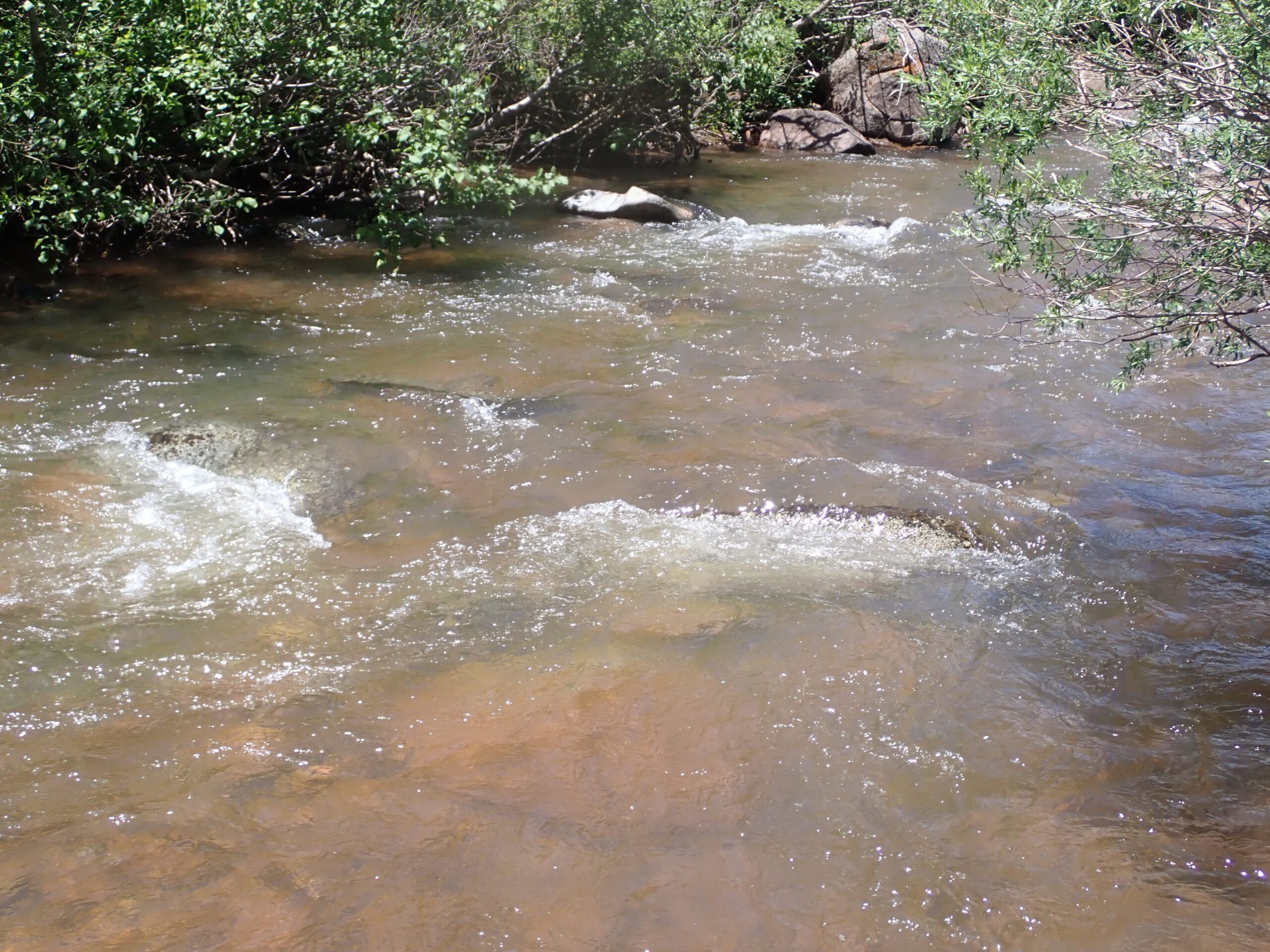 High and Tinged with Color
High and Tinged with Color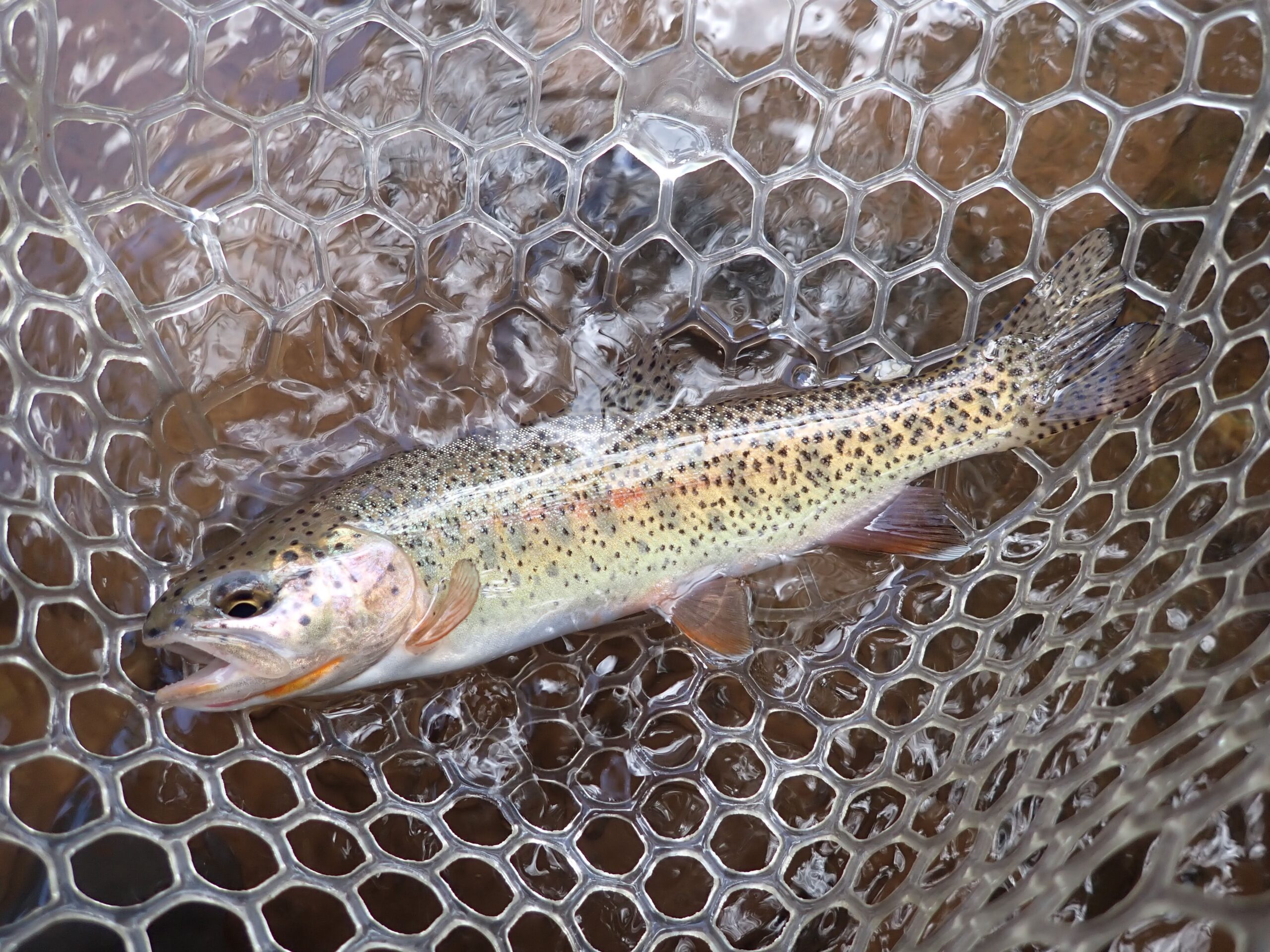 Early Catch
Early Catch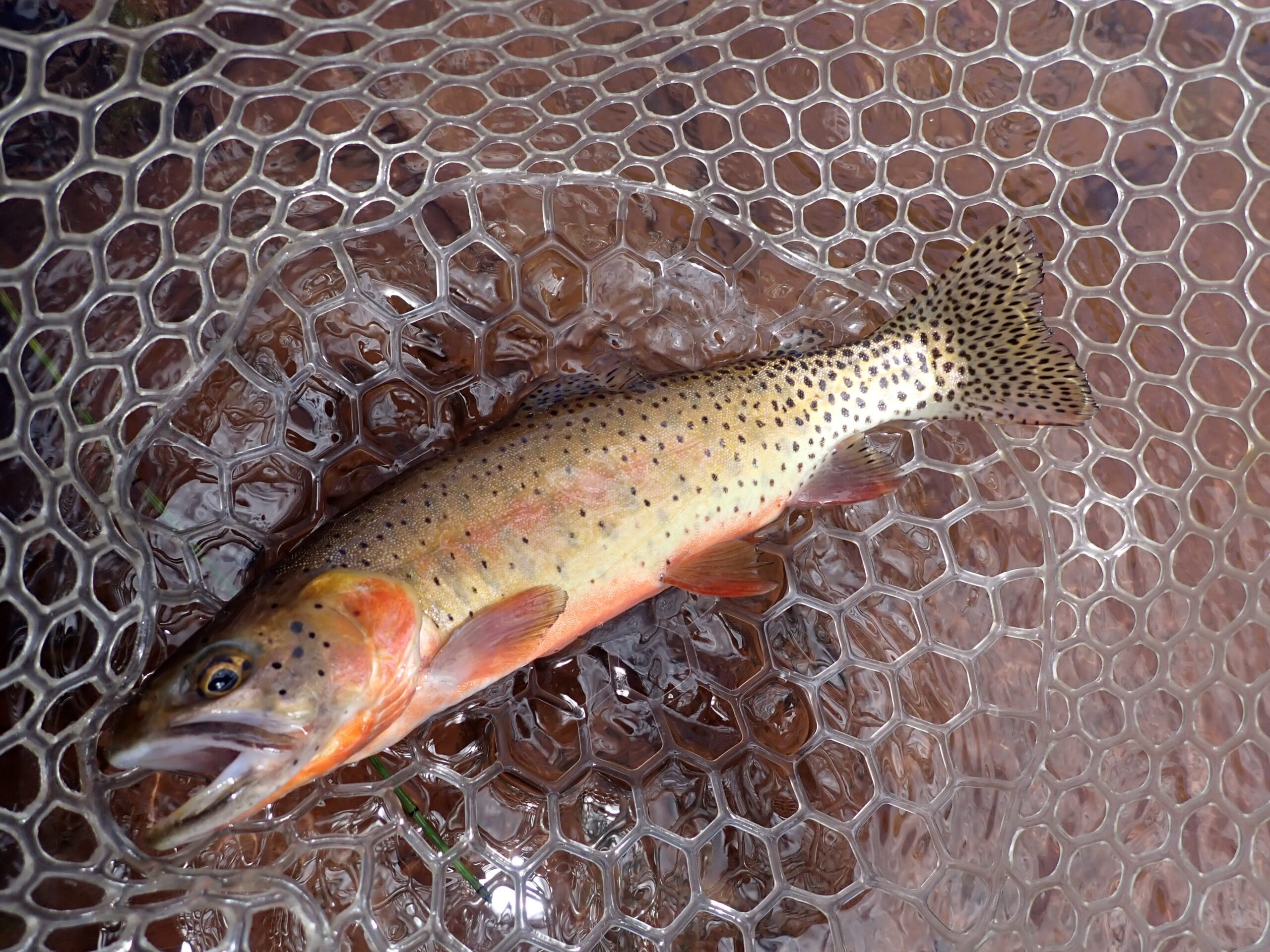 What I Fish For
What I Fish For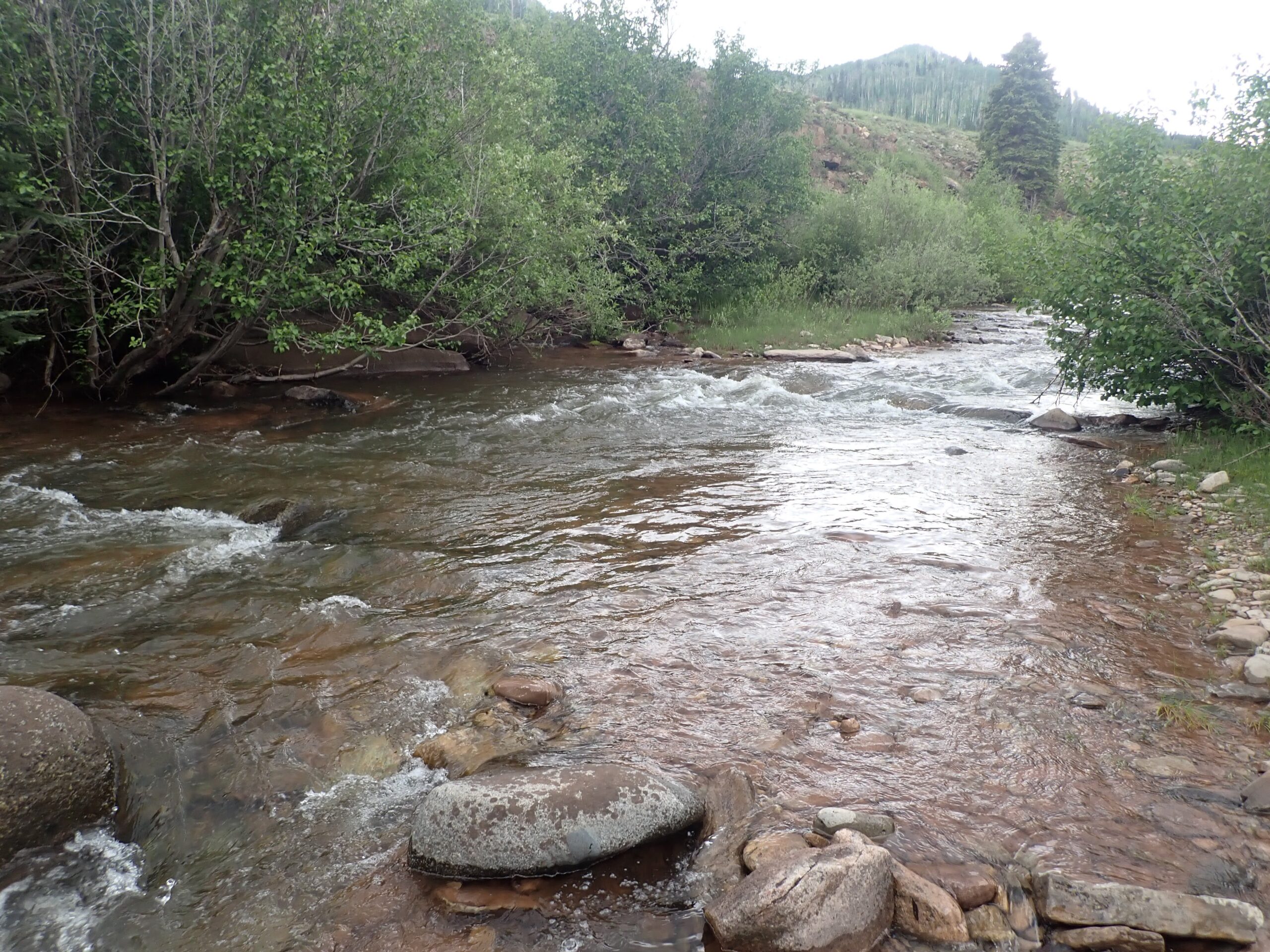 Very Nice Section
Very Nice Section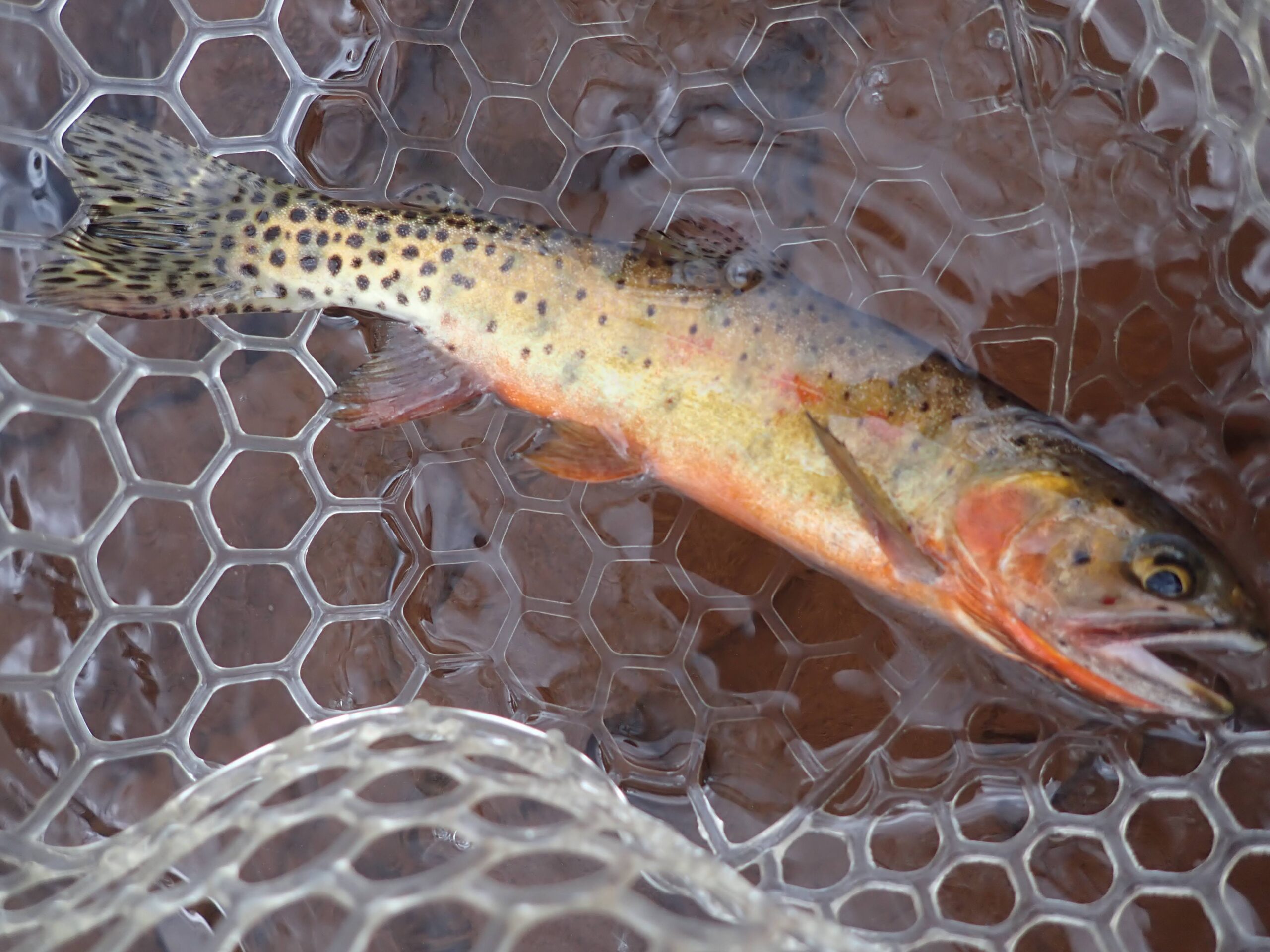 Flaming Colors
Flaming Colors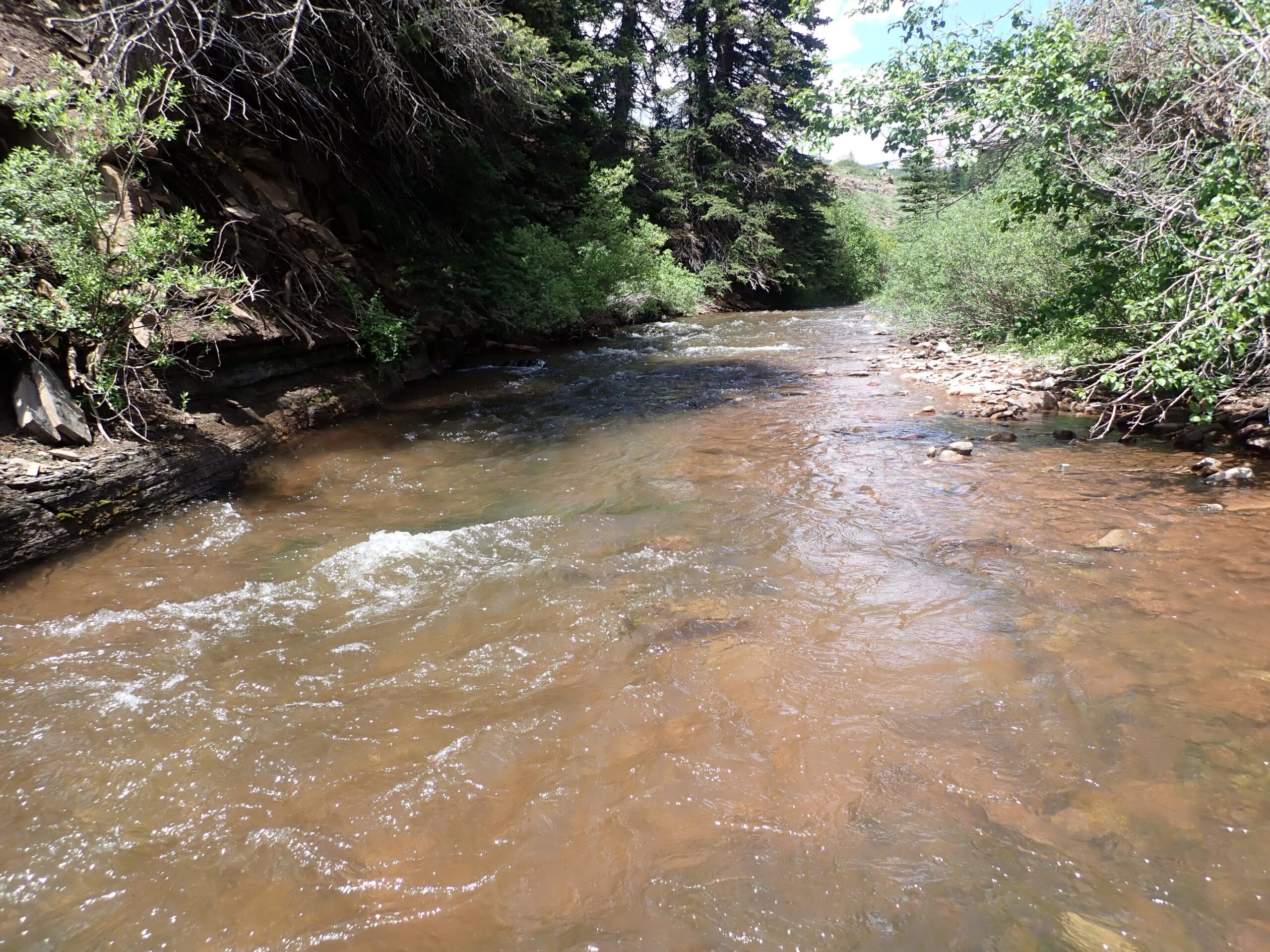 A Bit of Depth on the Left
A Bit of Depth on the Left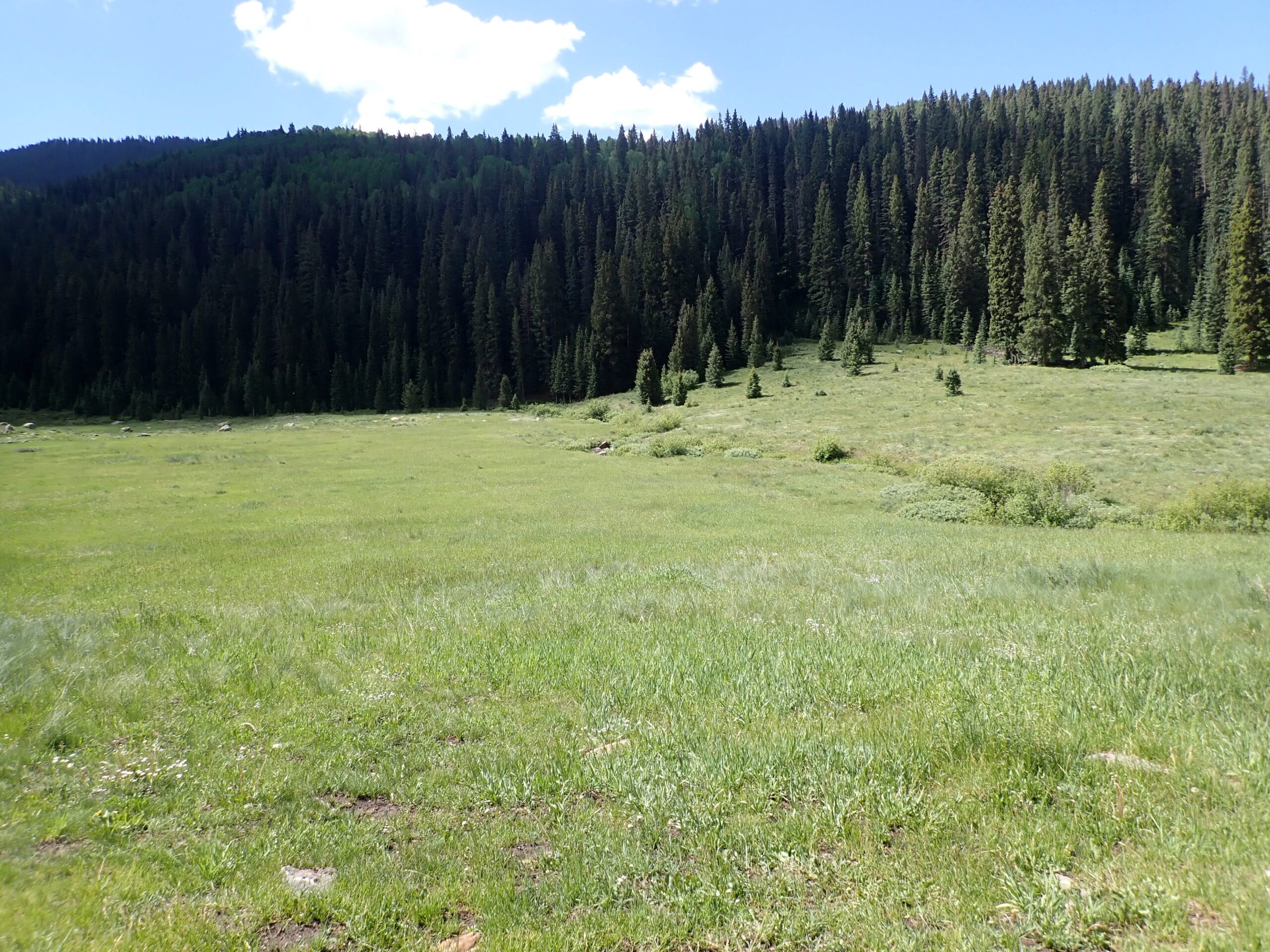 Narrow Meadow Stream
Narrow Meadow Stream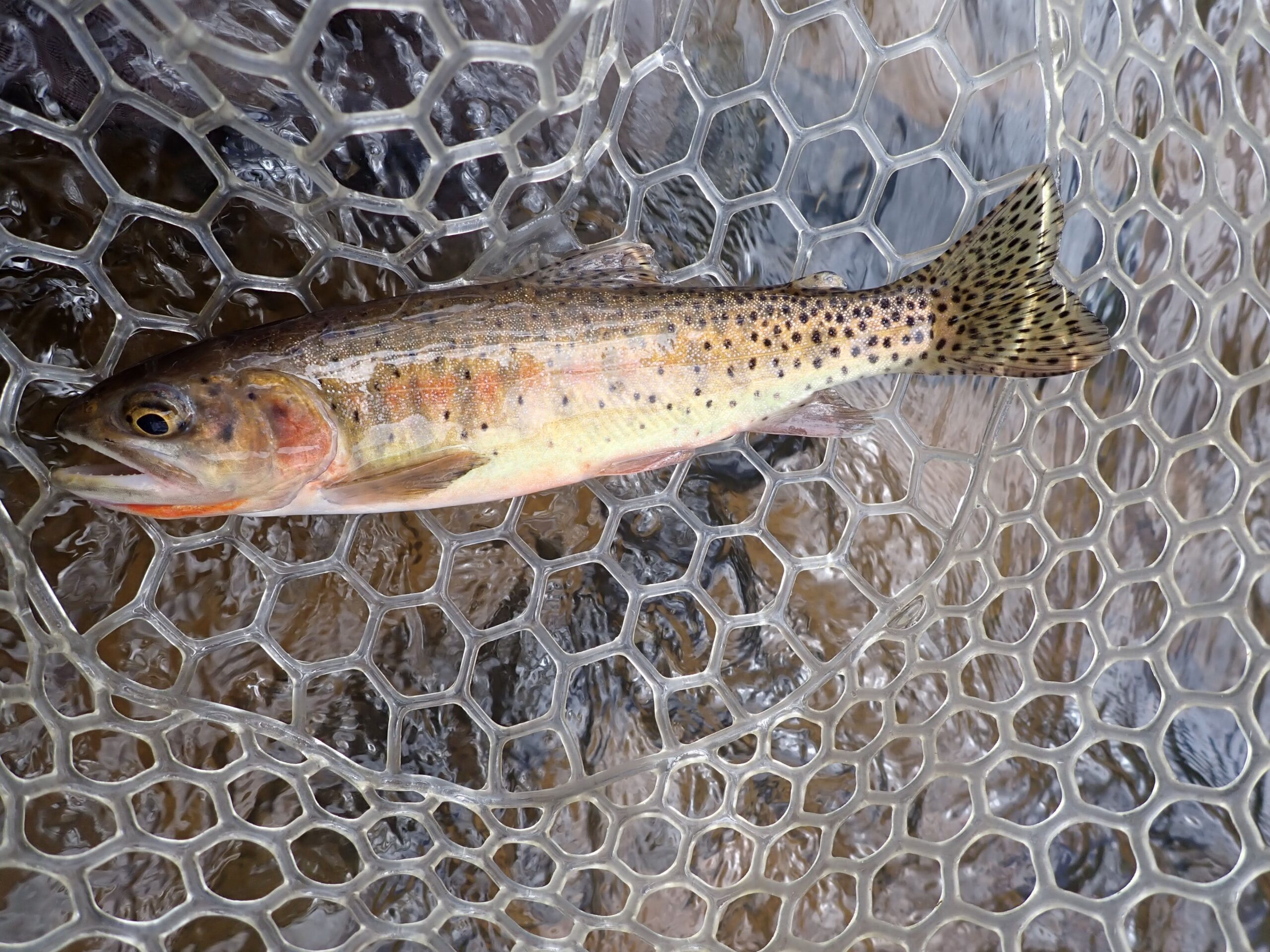 Jewel of a Trout
Jewel of a Trout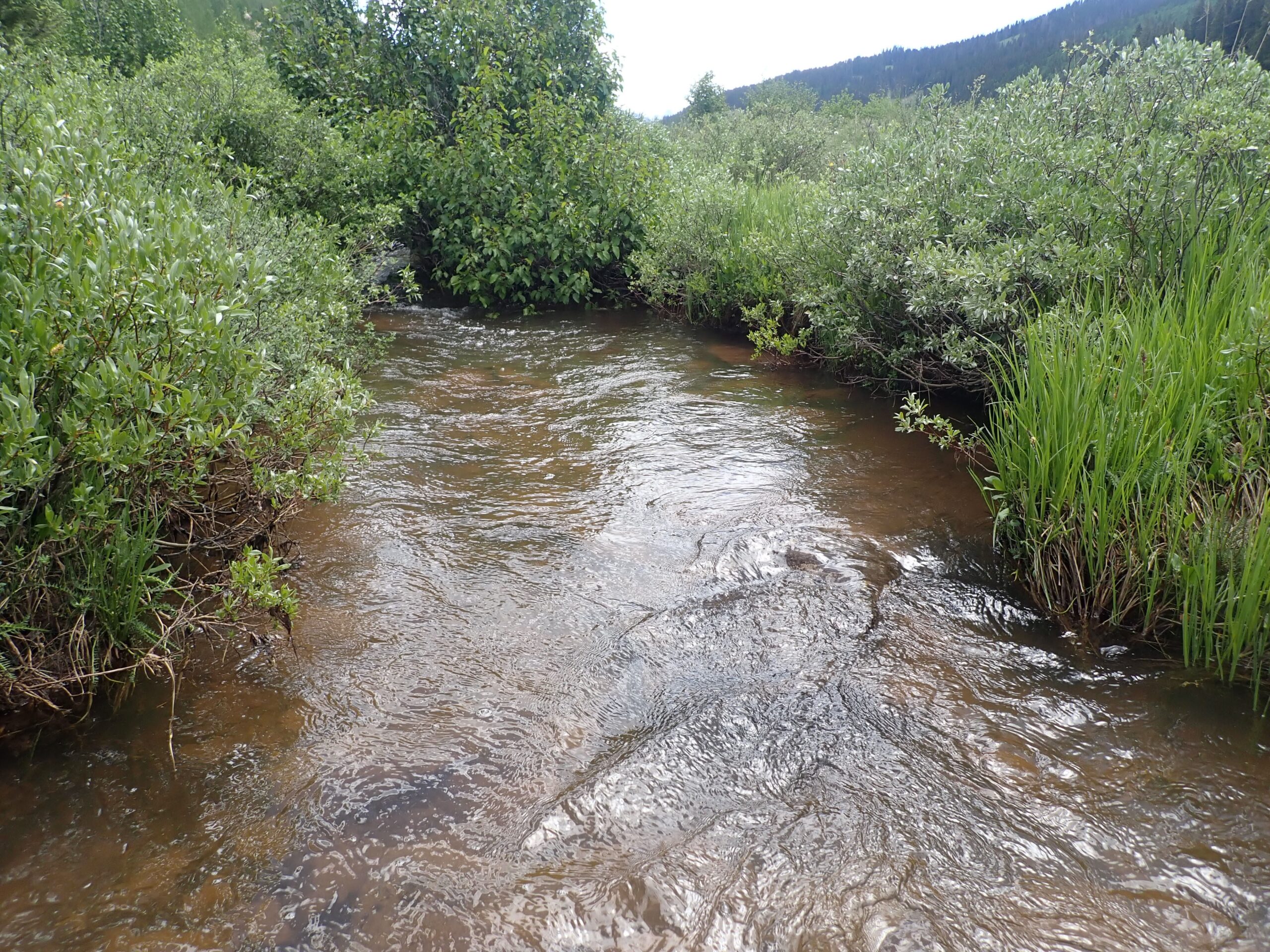 One of the Better Spots
One of the Better Spots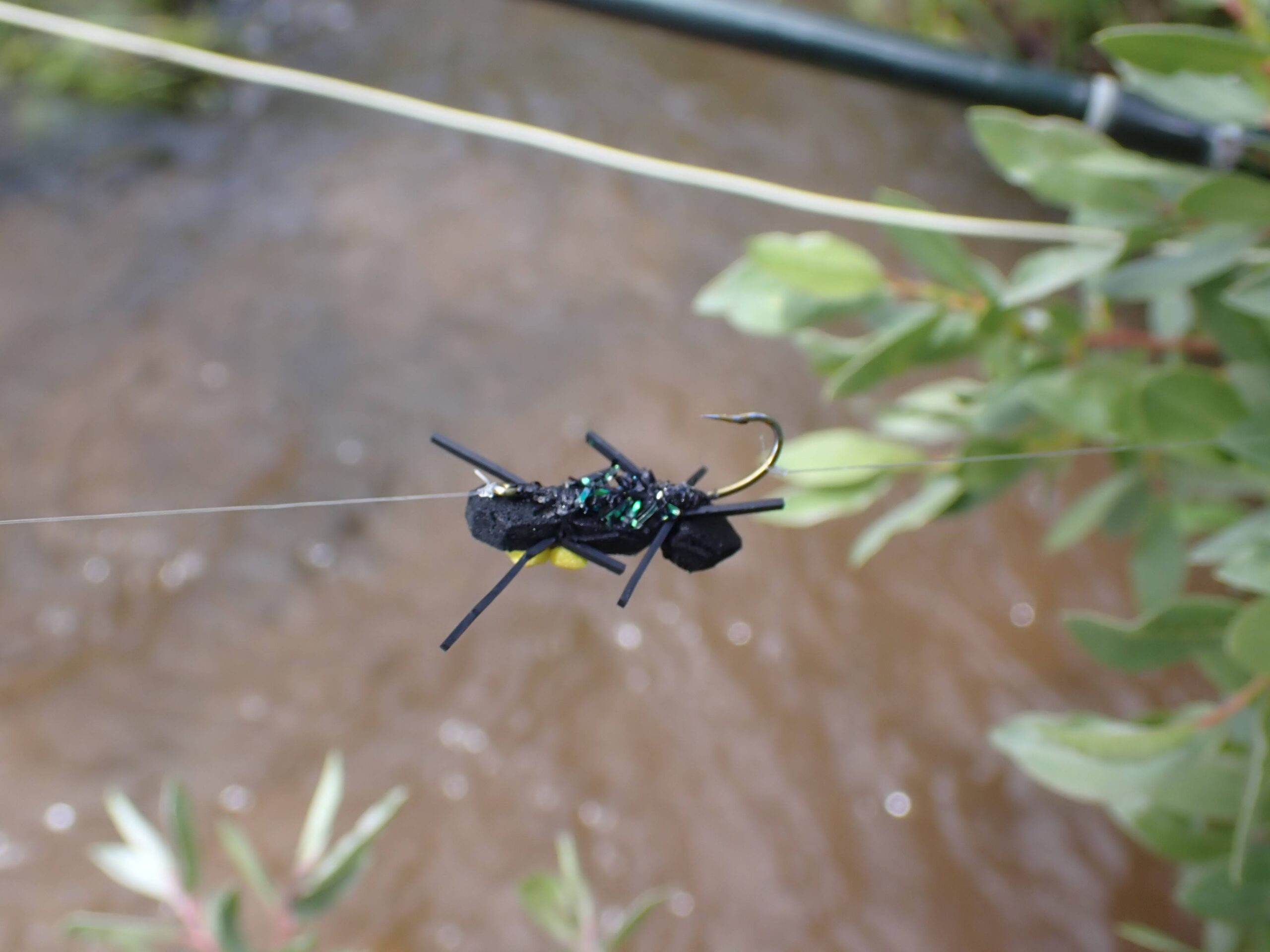 Chernobyl Ant Drew Interest But No Takes
Chernobyl Ant Drew Interest But No Takes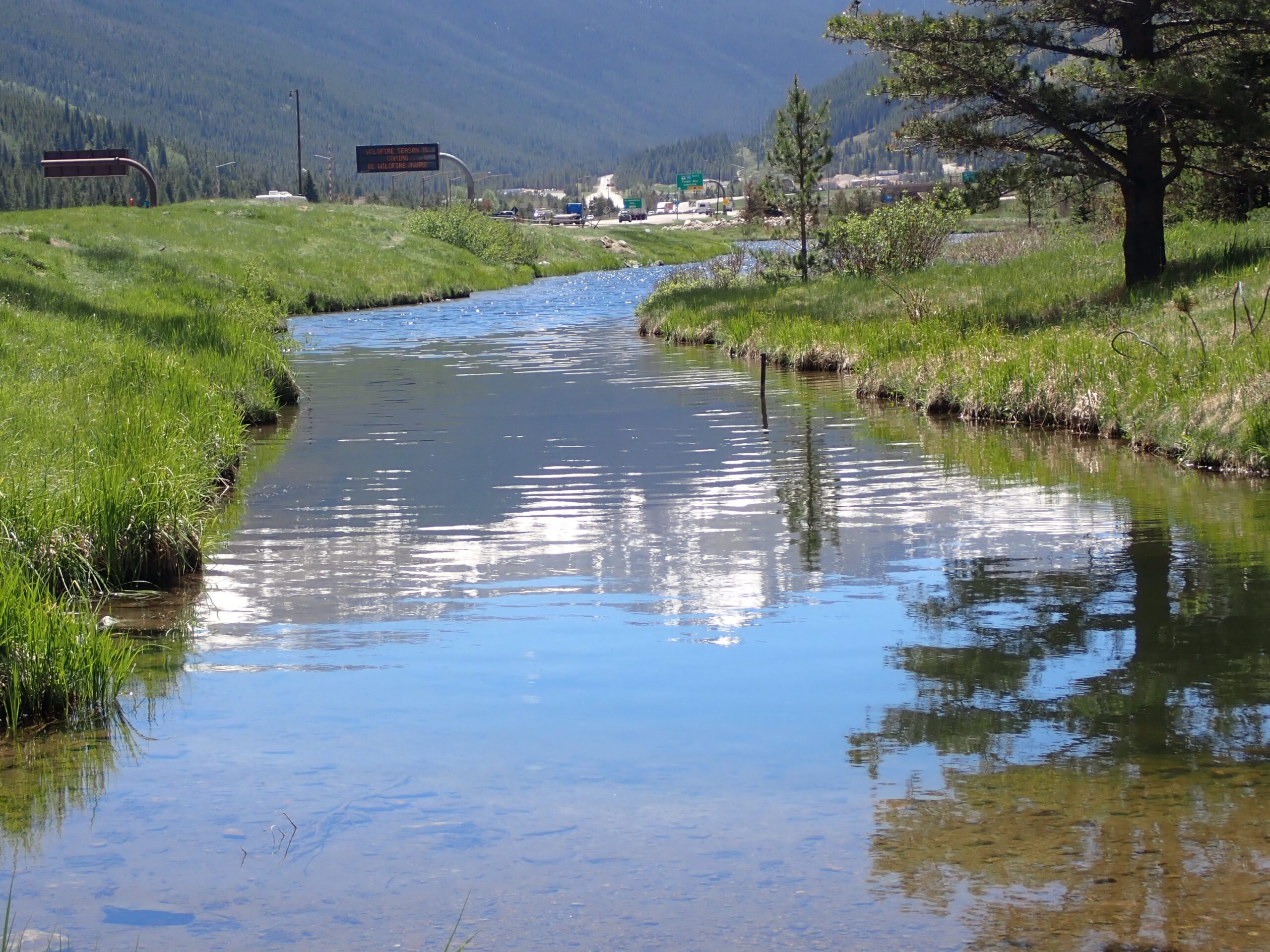 Tail of a Pond
Tail of a Pond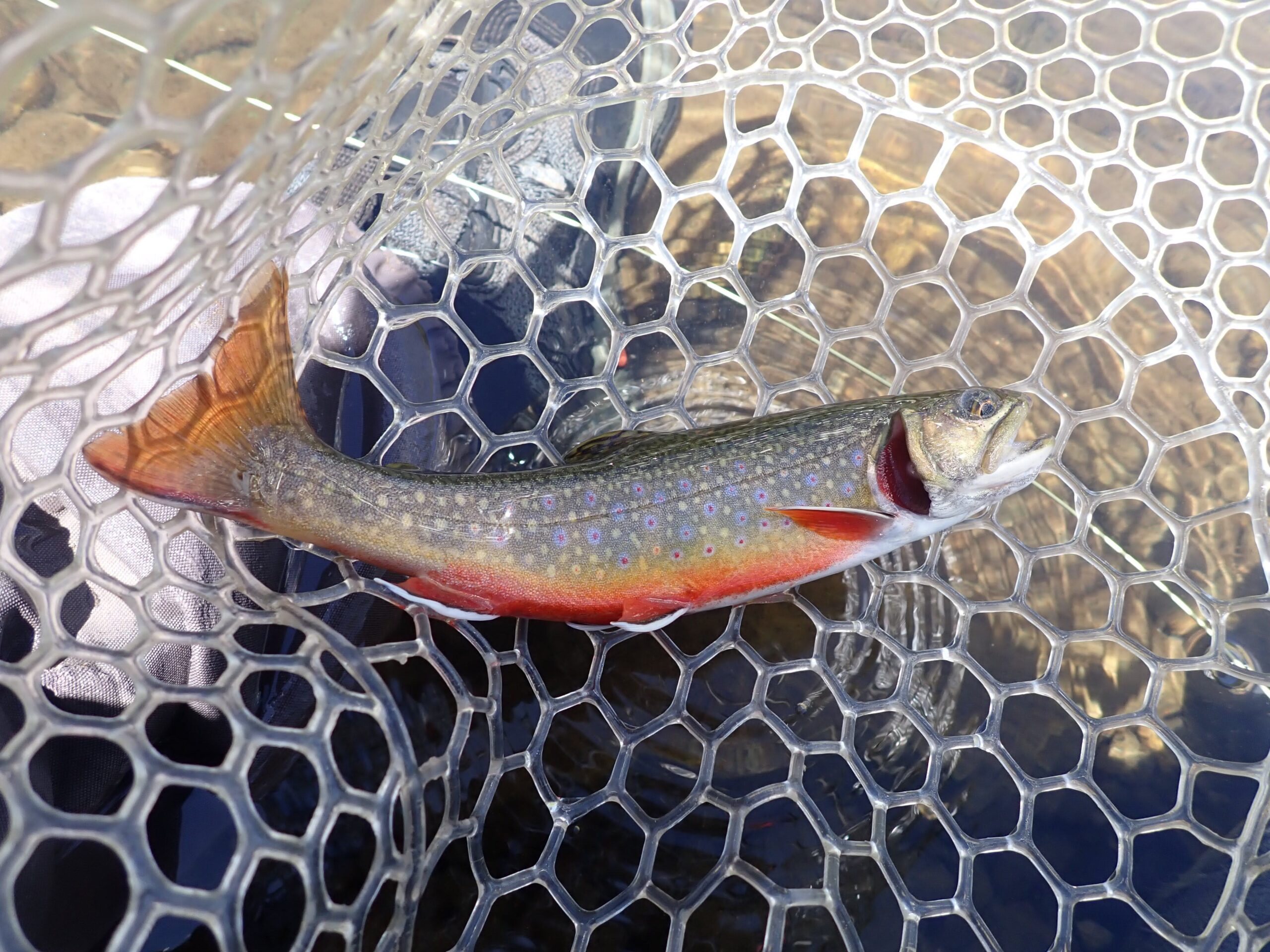 Colorful
Colorful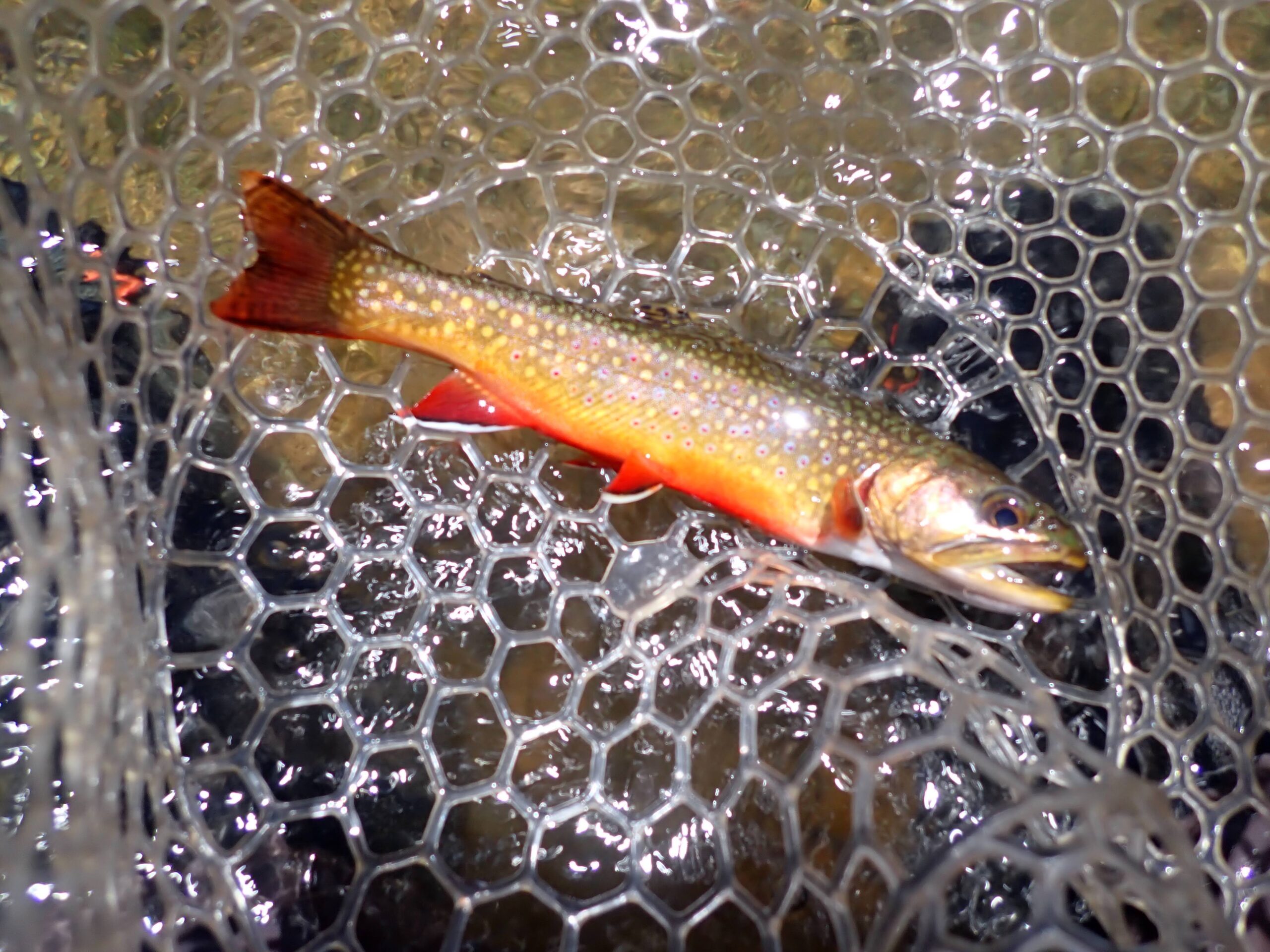 Magnificent
Magnificent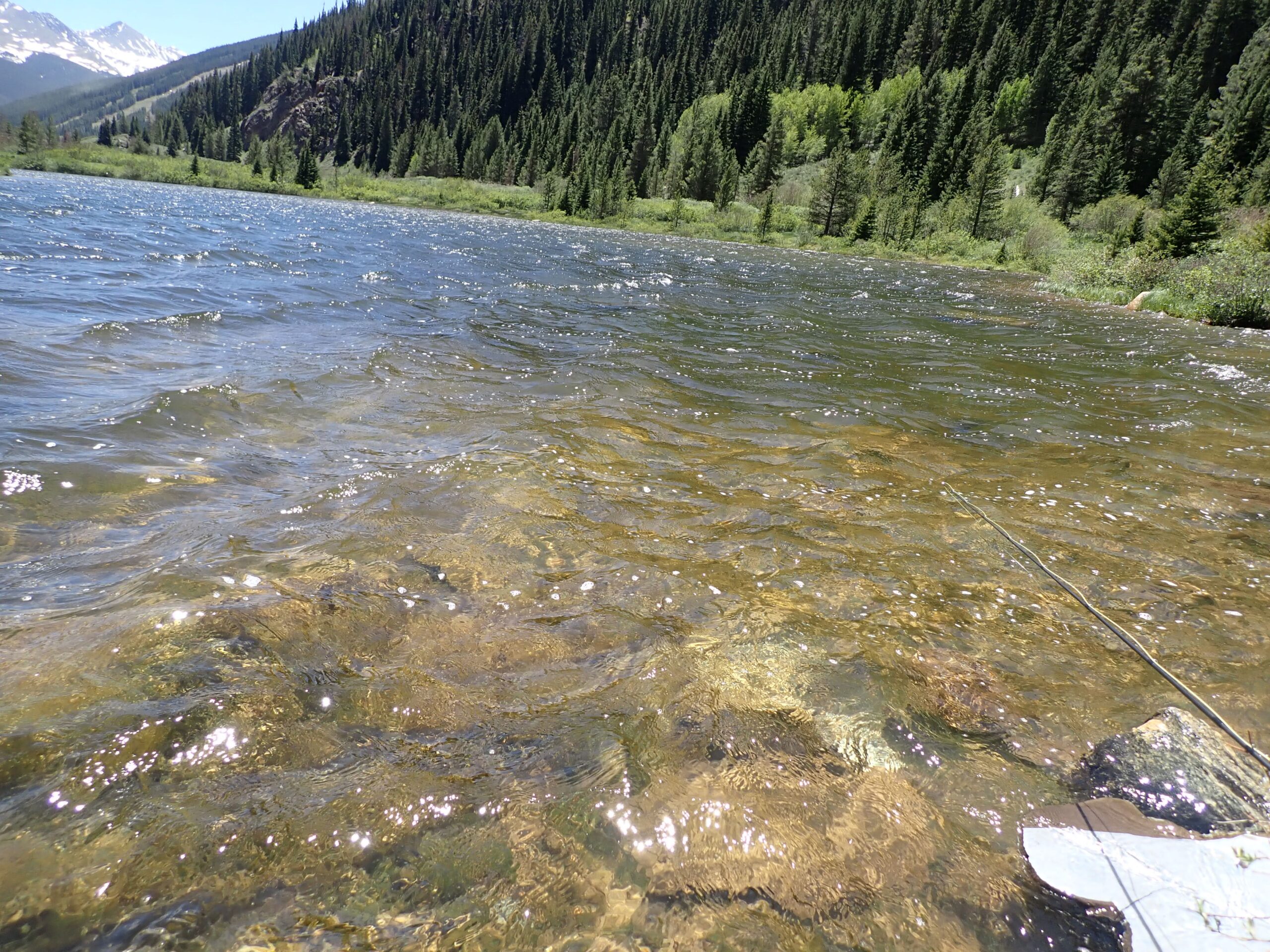 Wind and Waves
Wind and Waves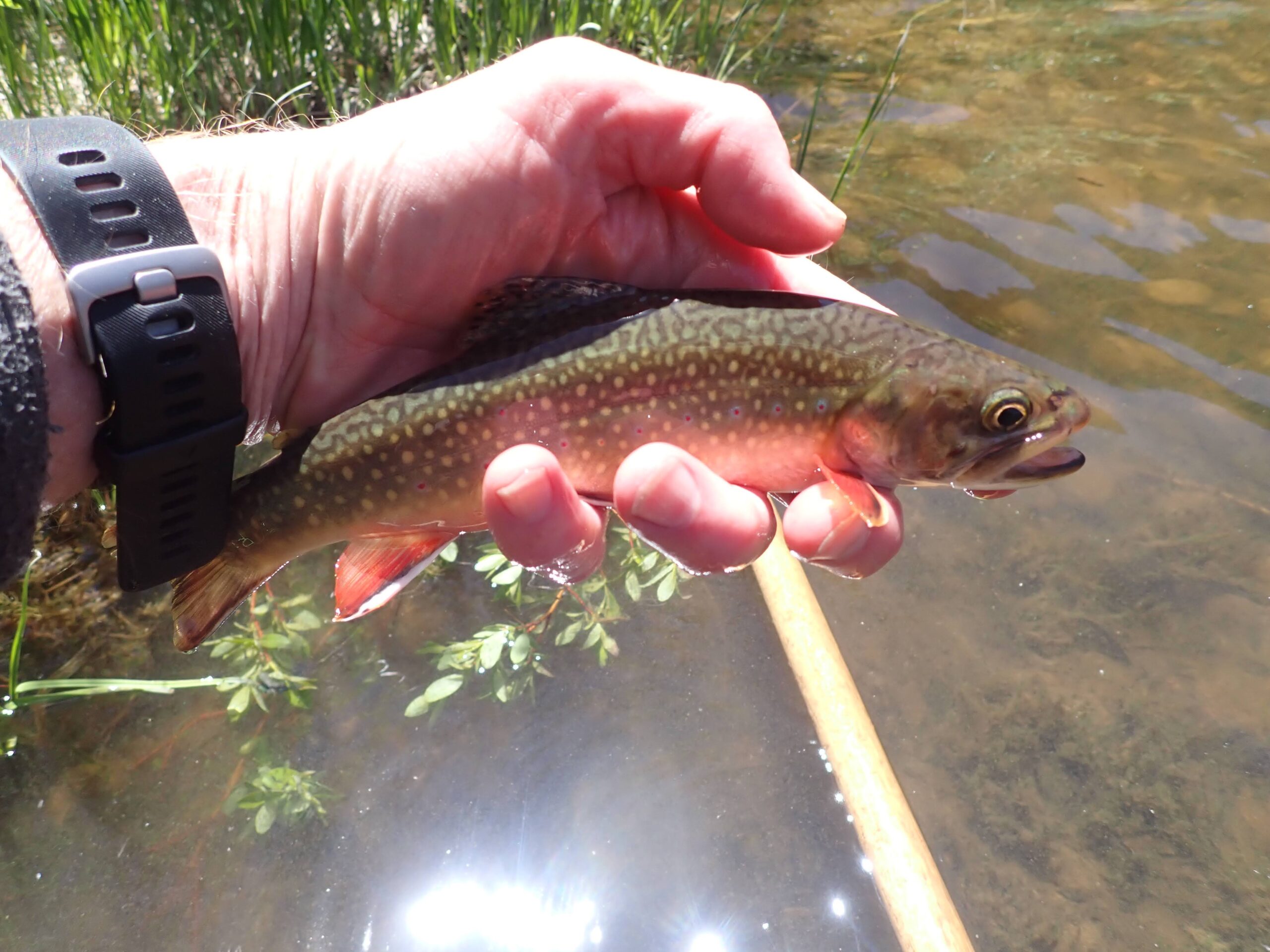 Pretty Handful
Pretty Handful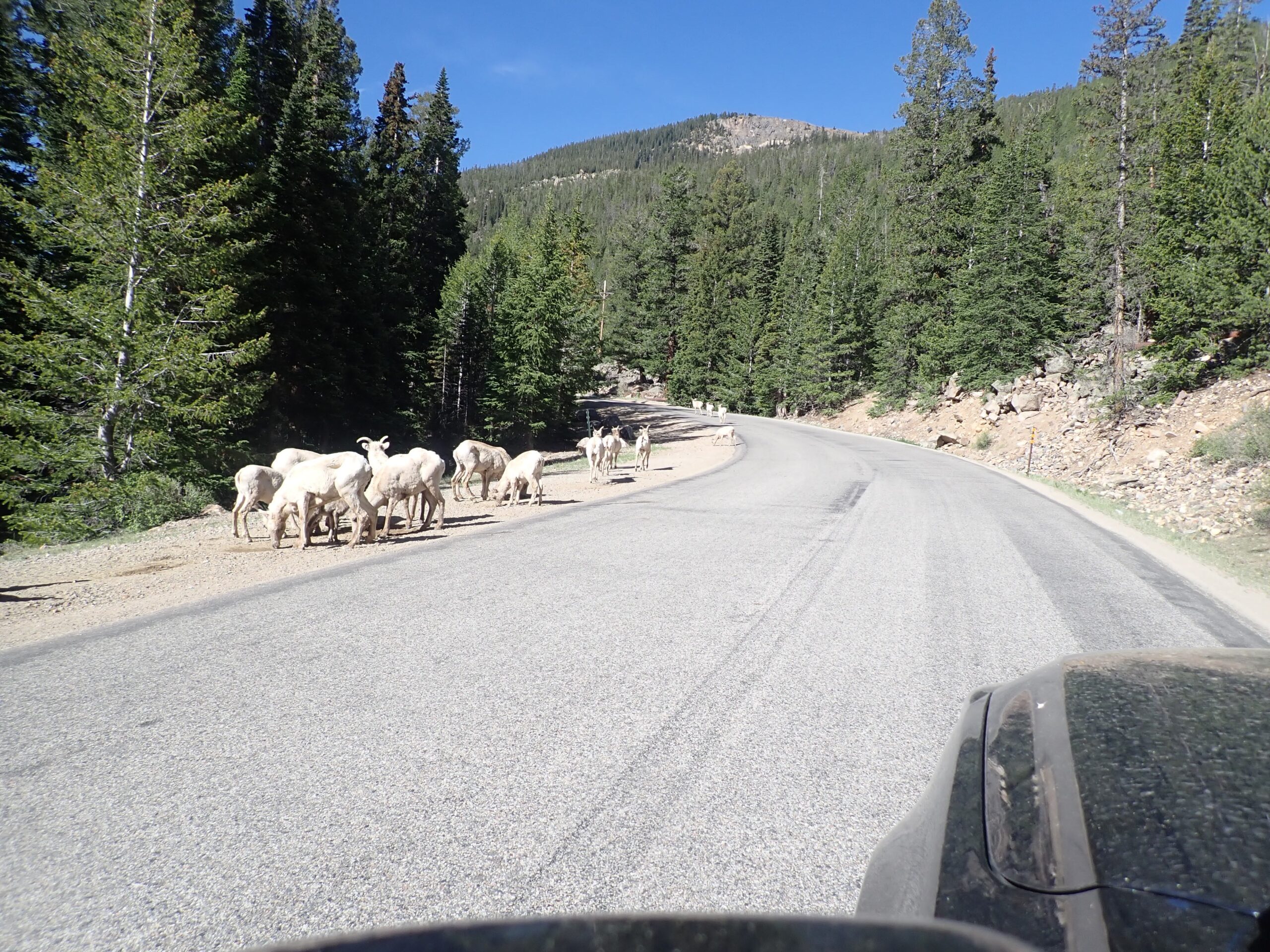 Congestion on Guanella Pass Road
Congestion on Guanella Pass Road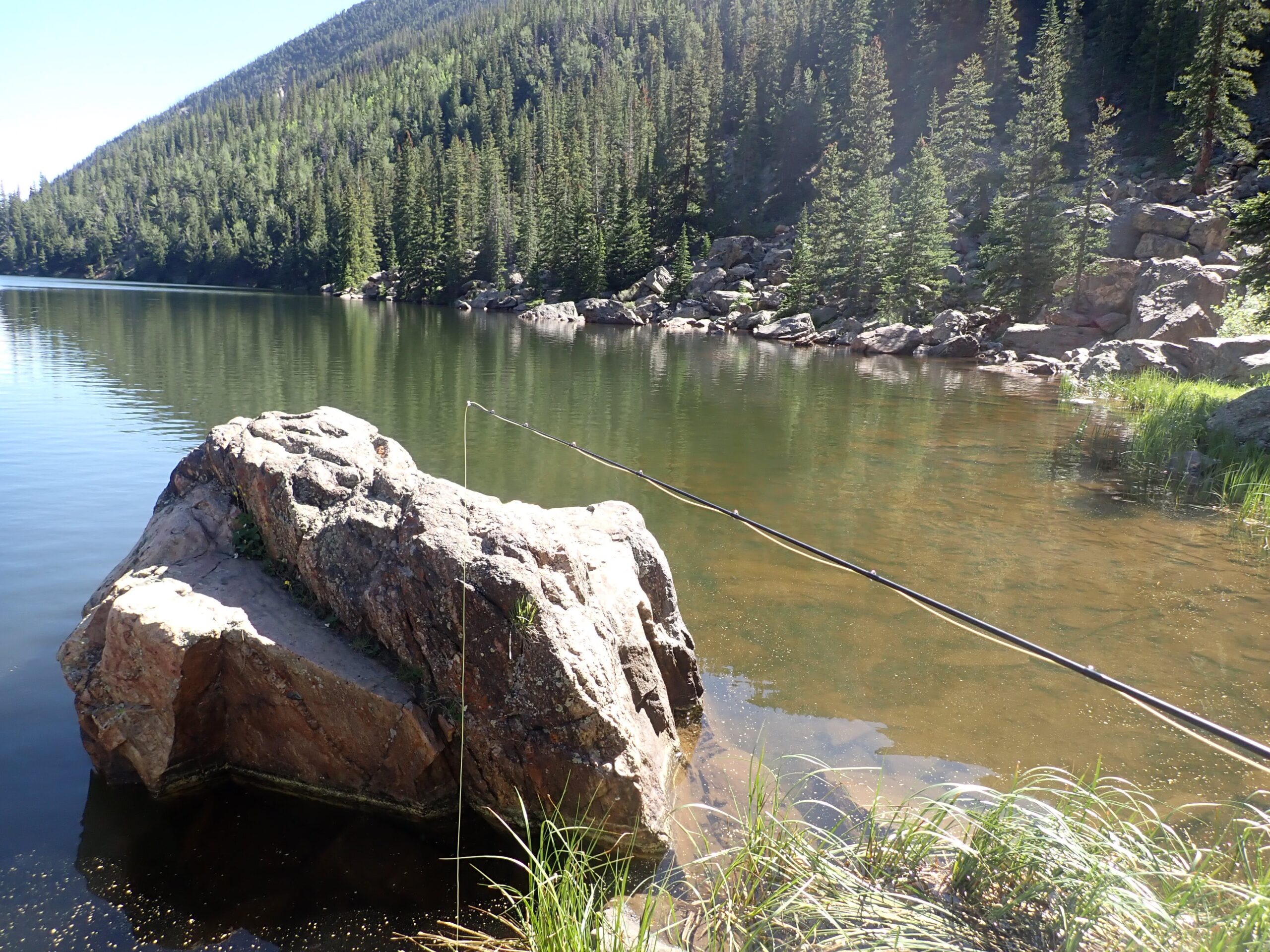 Morning Calm from the Point
Morning Calm from the Point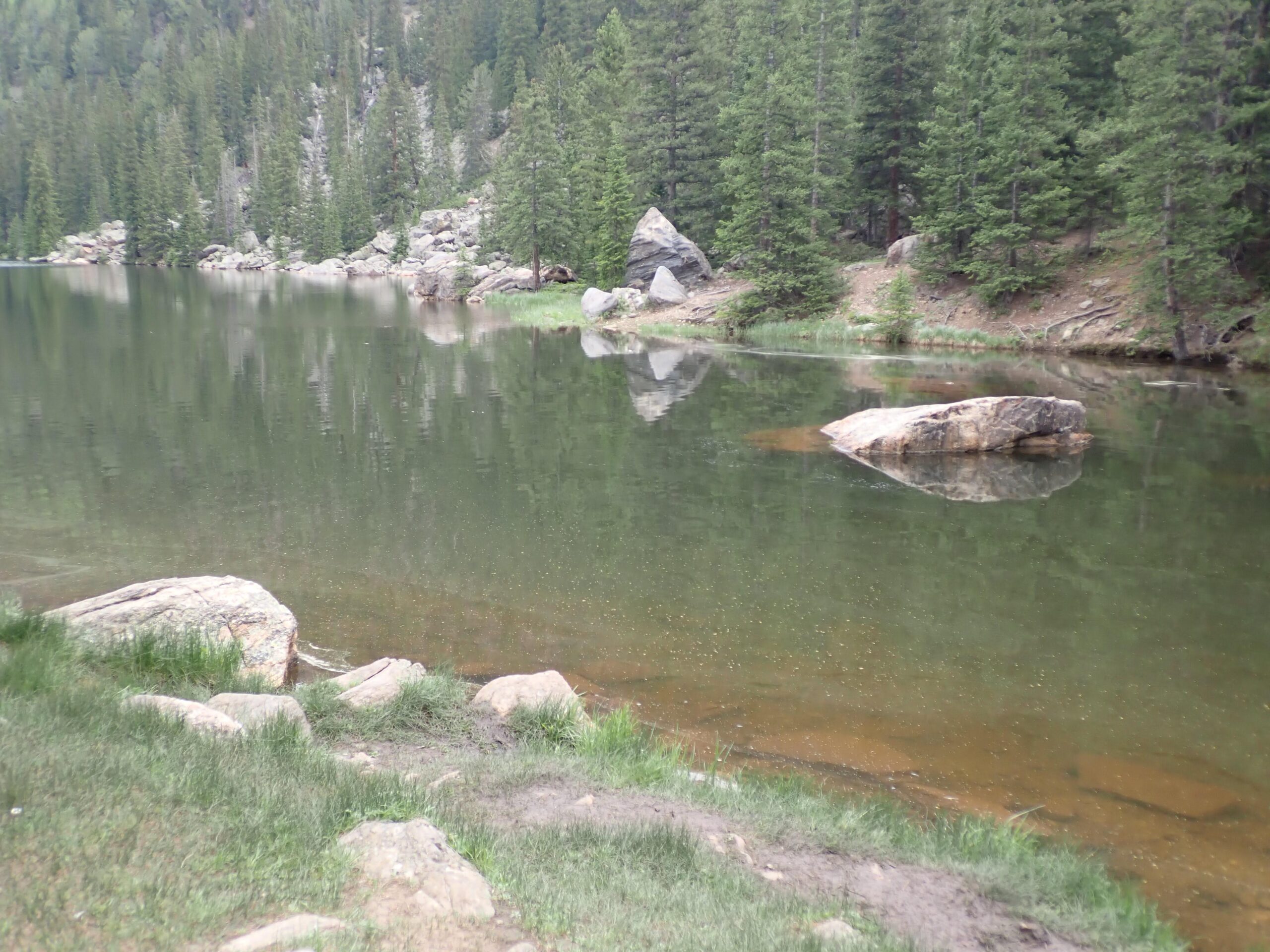 Starting Point
Starting Point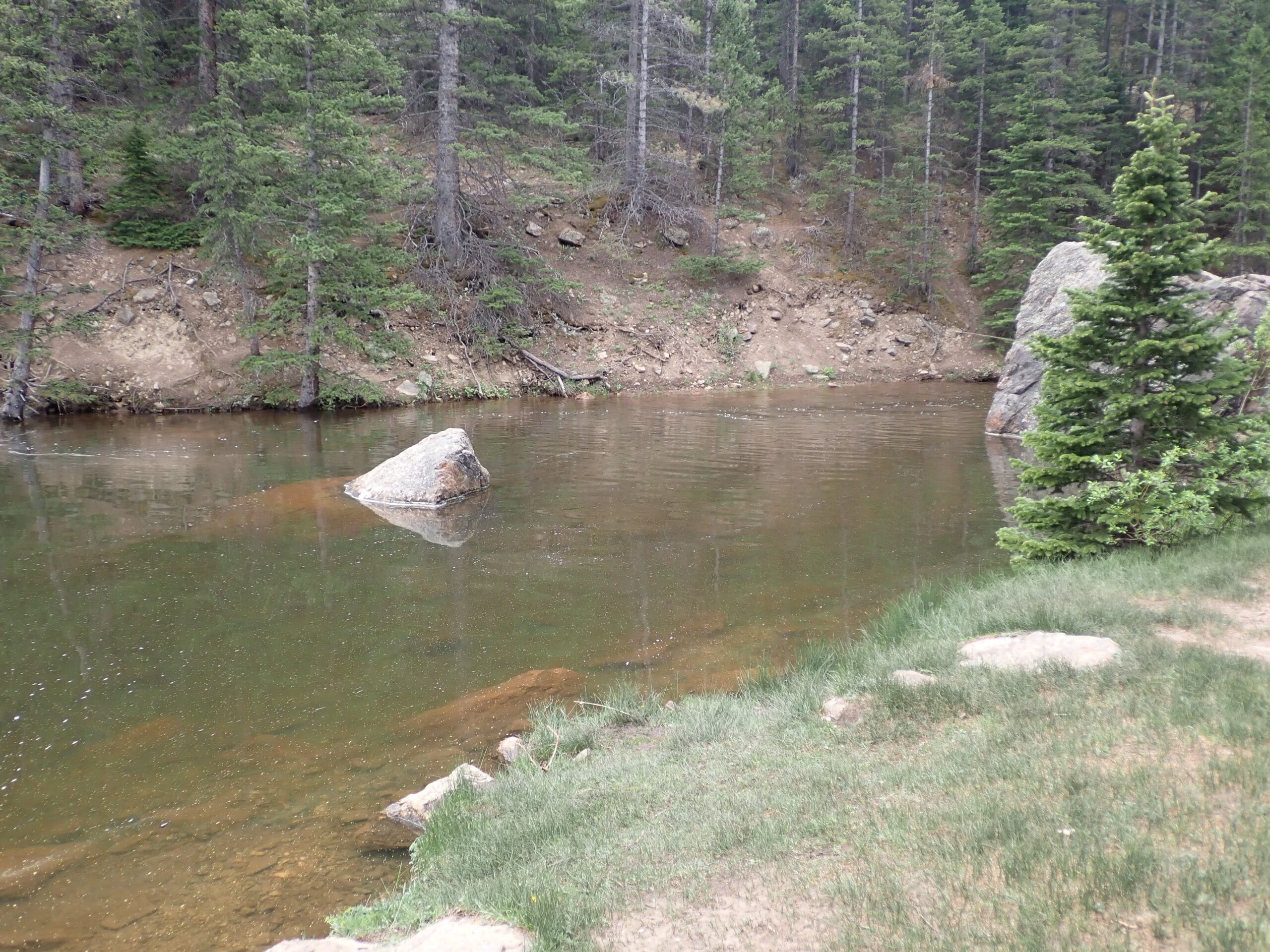 Opposite Bank Was My Favorite Spot
Opposite Bank Was My Favorite Spot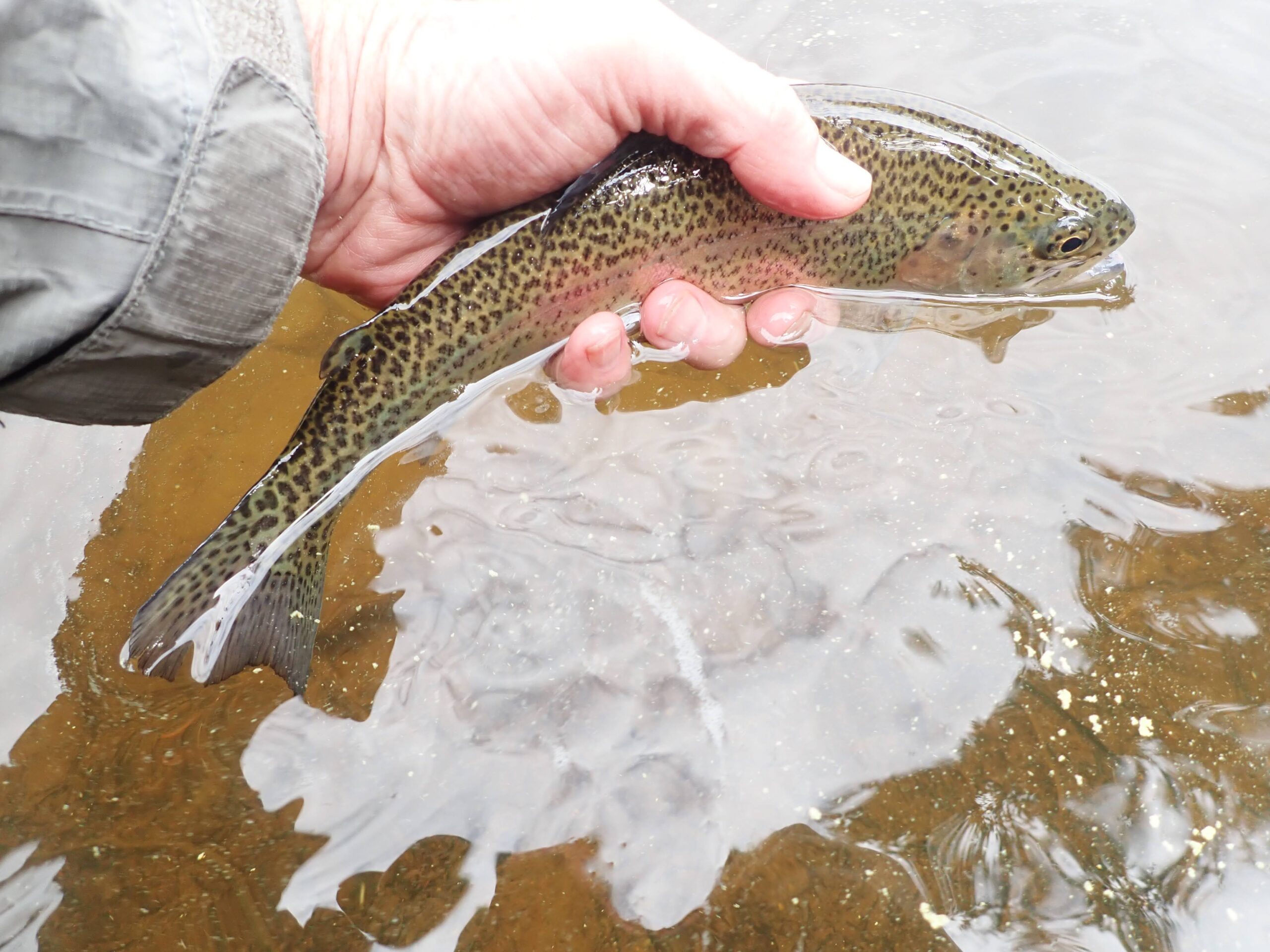 Heavily Speckled Stocker
Heavily Speckled Stocker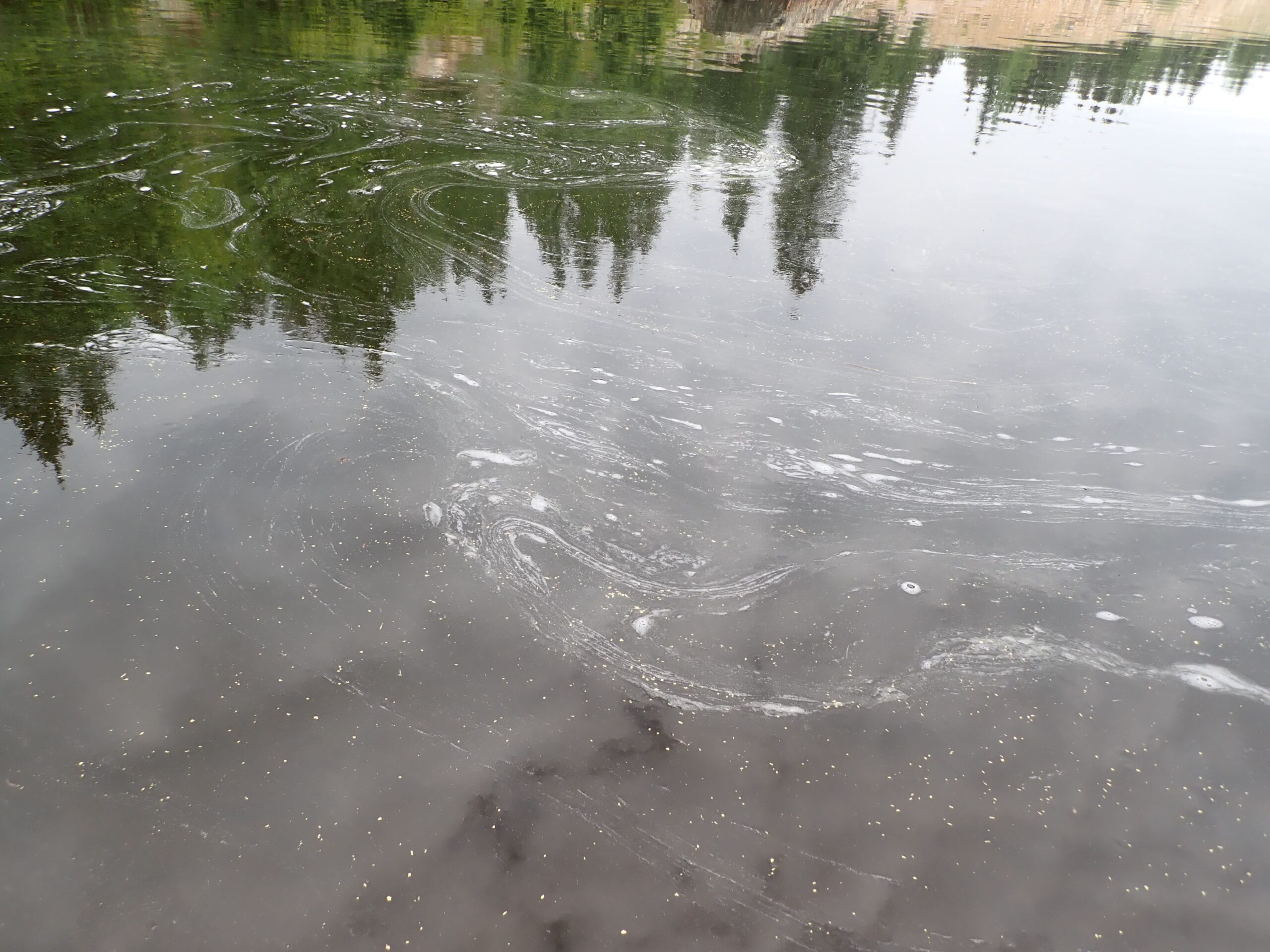 Pollen Was So Dense I Could Barely See My Chubby at Times
Pollen Was So Dense I Could Barely See My Chubby at Times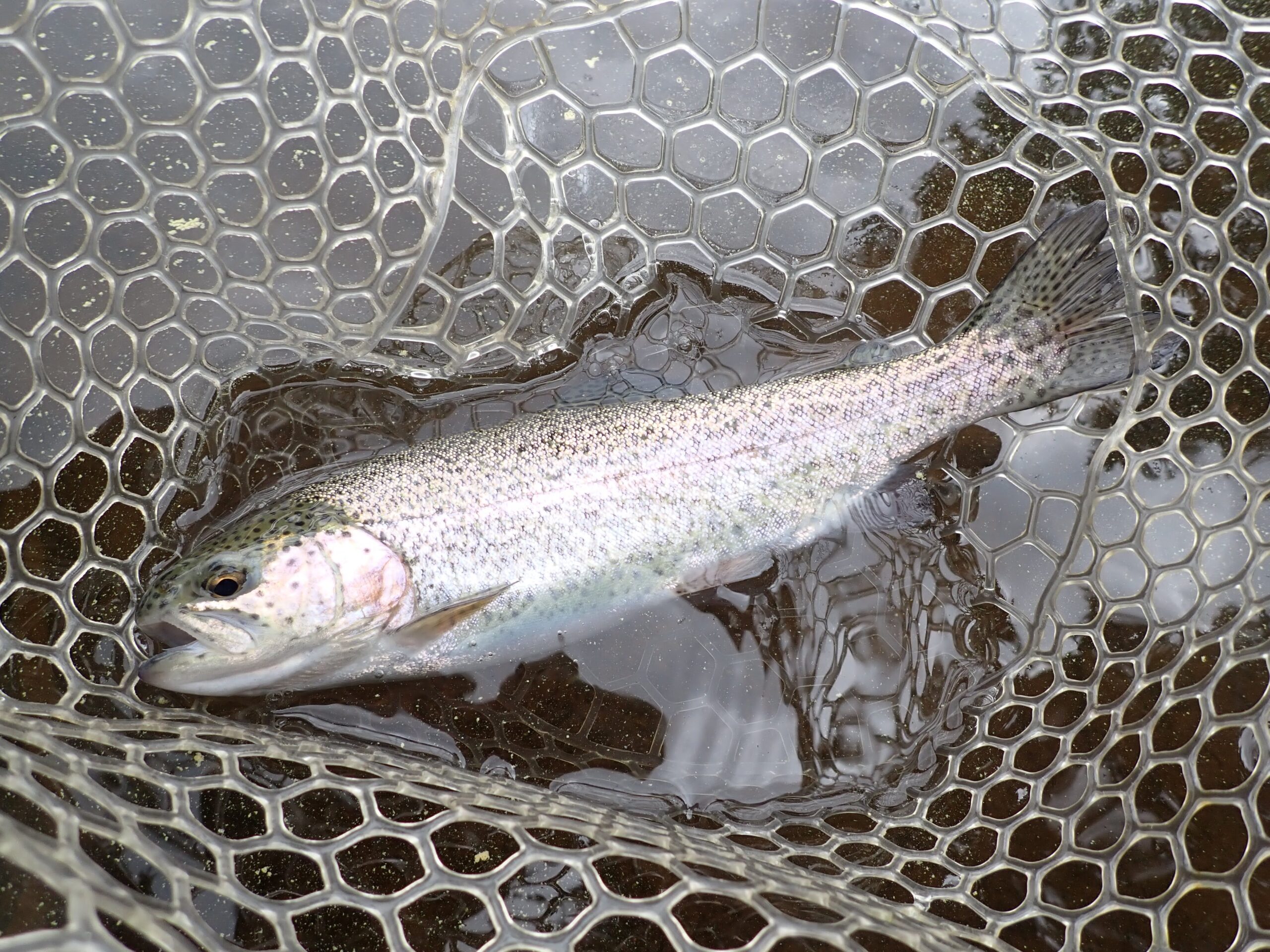 Decent Stocker
Decent Stocker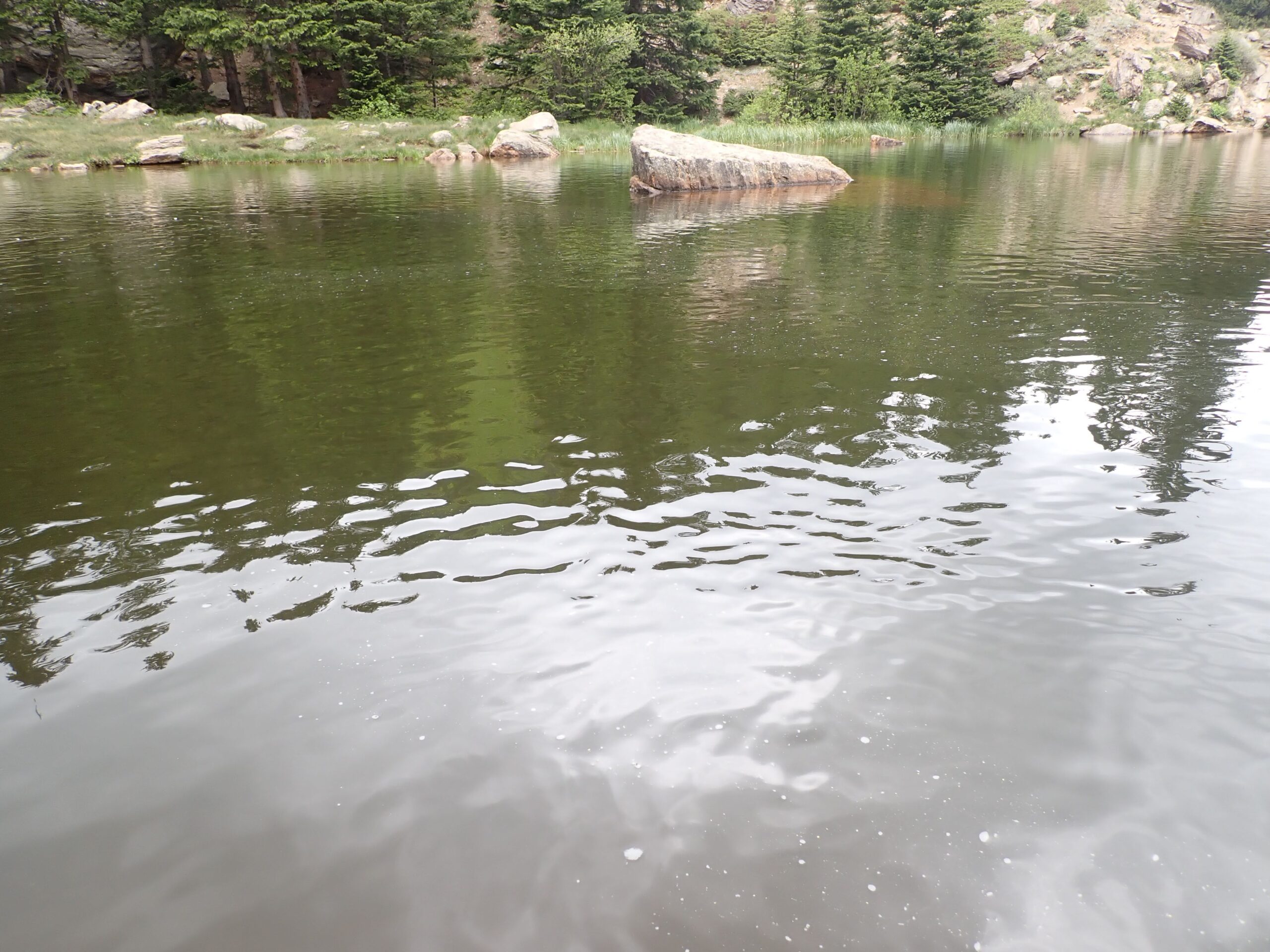 Smooth Lake
Smooth Lake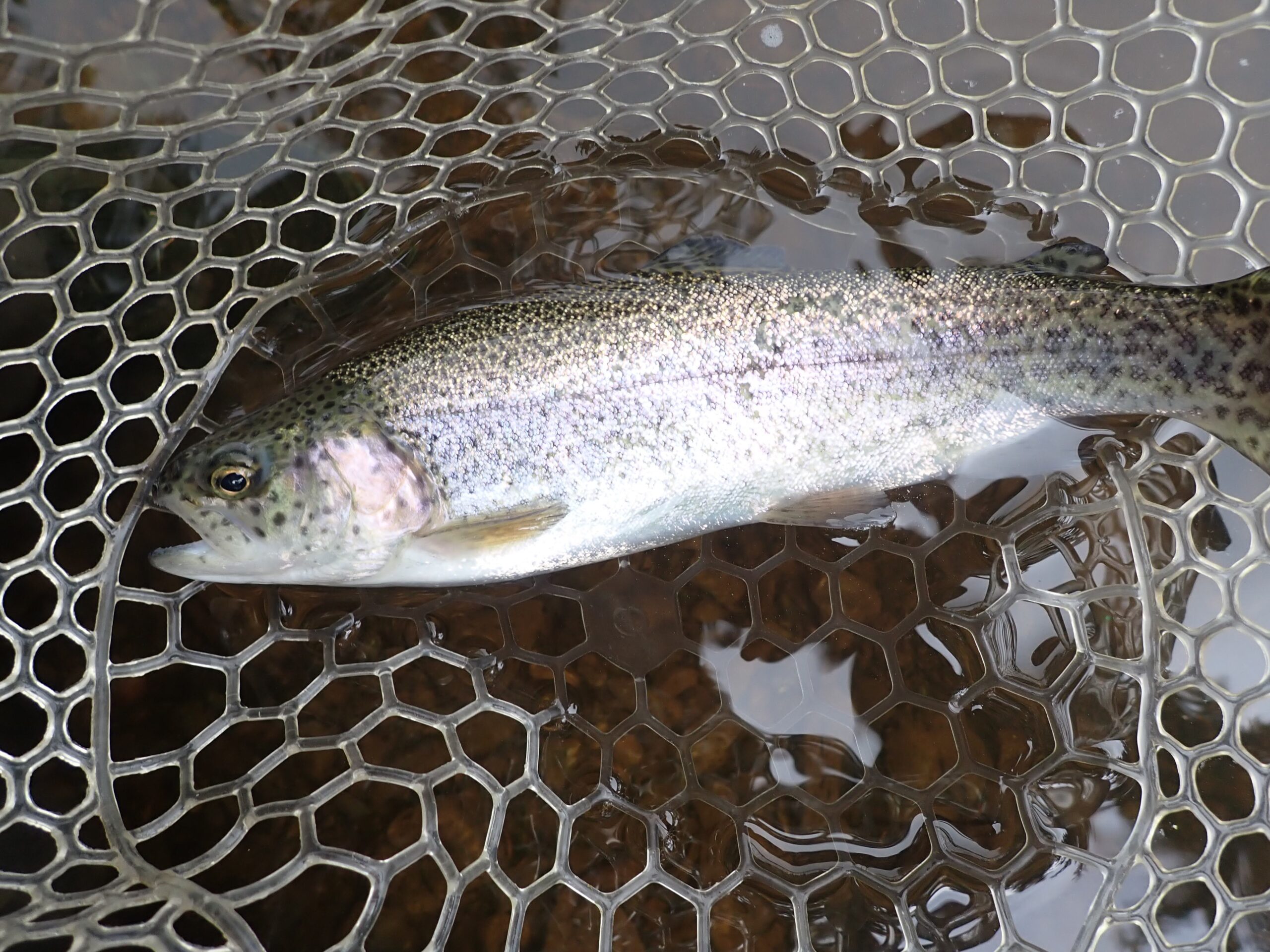 Chubby
Chubby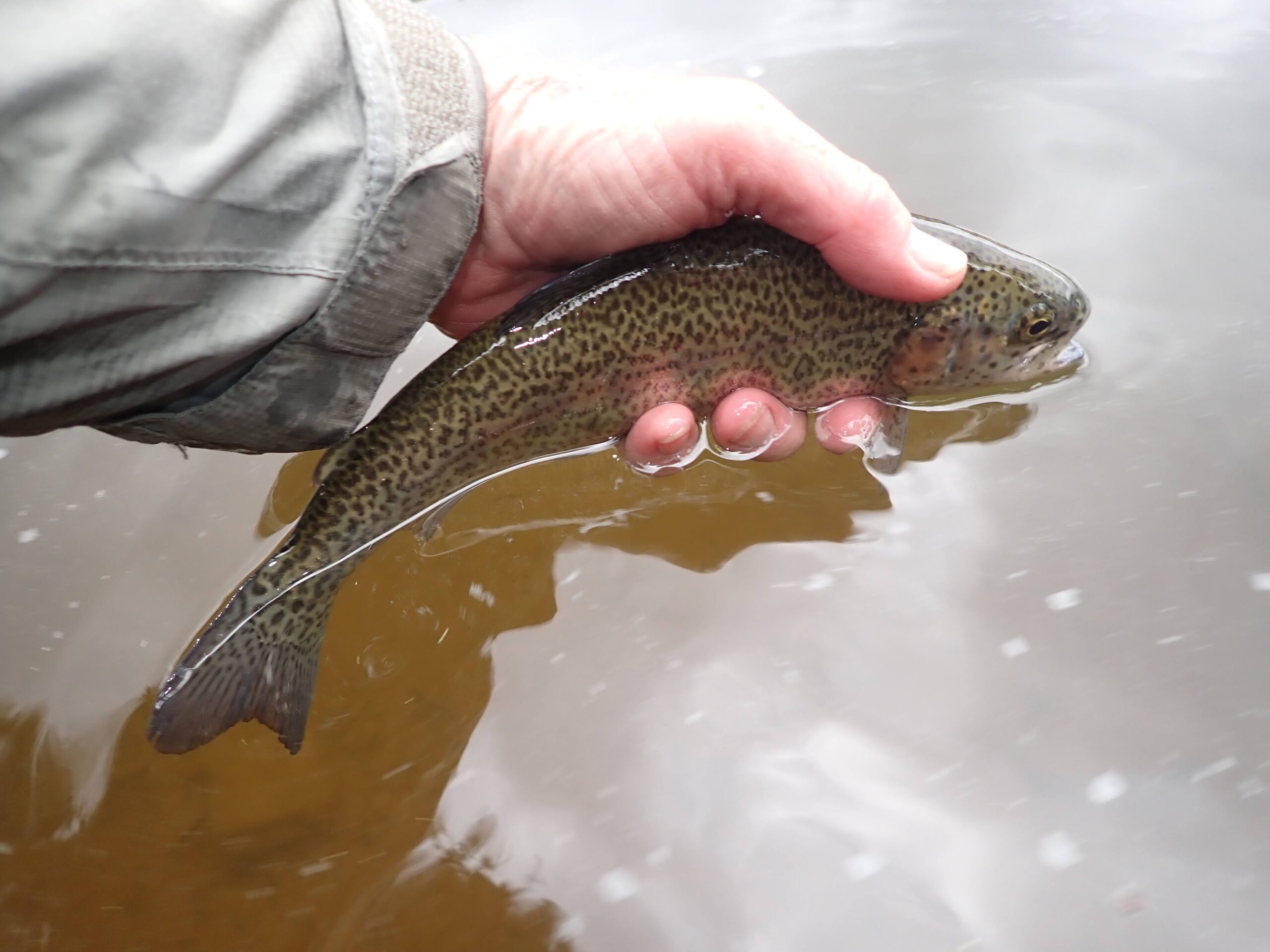 Point the Trout Home
Point the Trout Home Small Pond Yielded the First Catch
Small Pond Yielded the First Catch First in the Net
First in the Net Southwest Corner and Beyond
Southwest Corner and Beyond Jake’s Gulp Beetle in the Jaw of This Beauty
Jake’s Gulp Beetle in the Jaw of This Beauty Best Fish of the Day
Best Fish of the Day 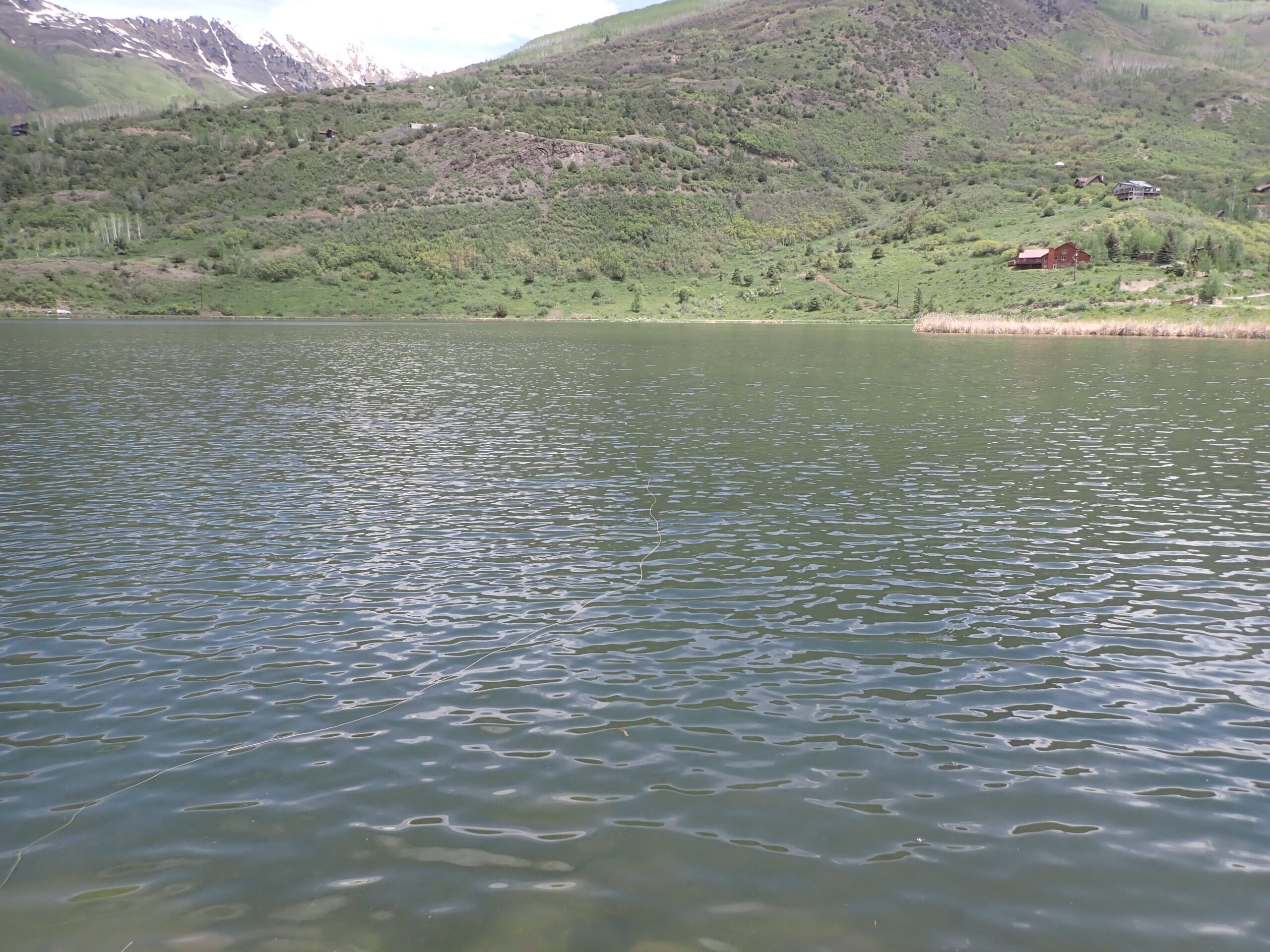 Nice Conditions Early On
Nice Conditions Early On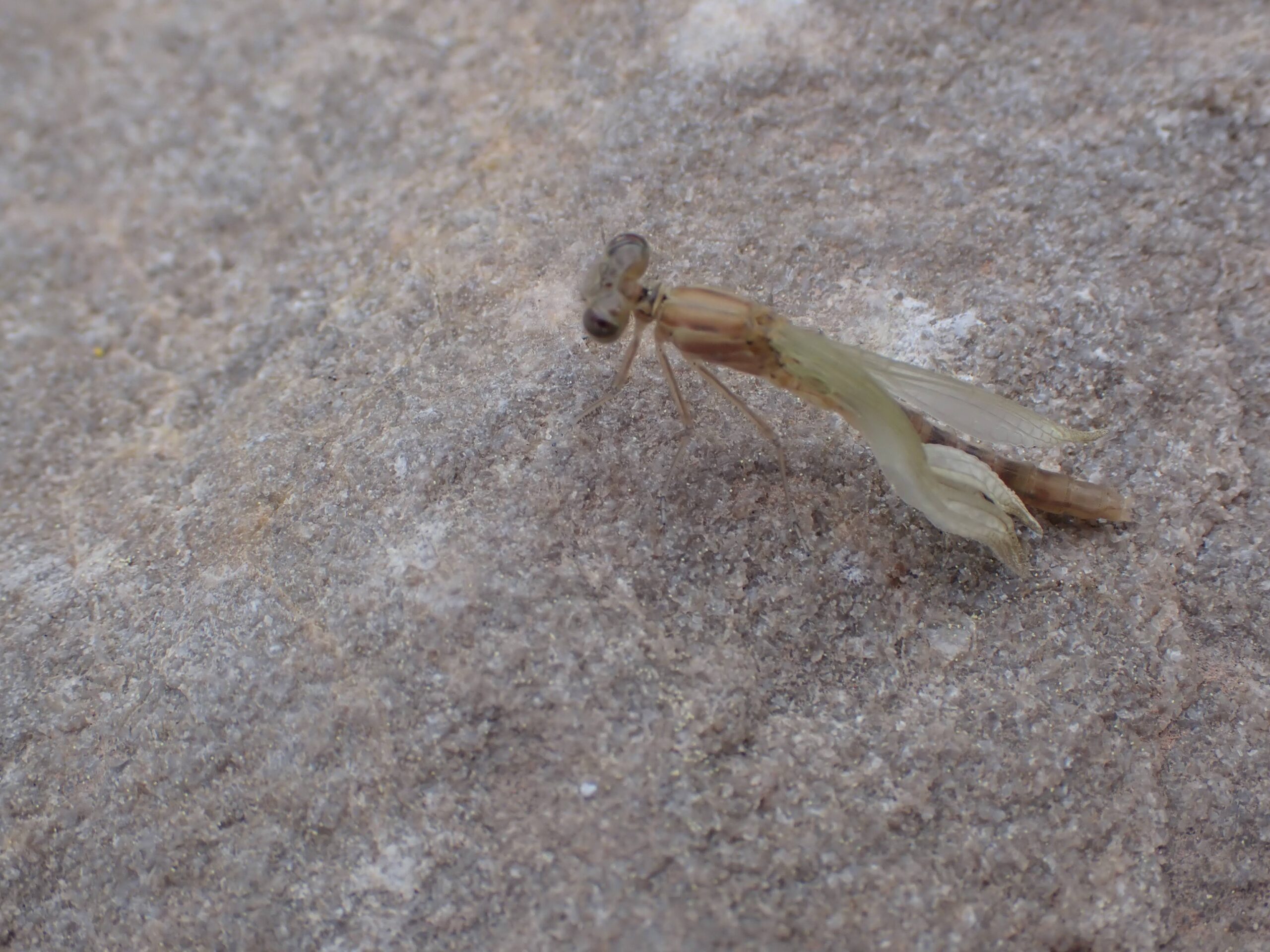 Damsel Just Emerged
Damsel Just Emerged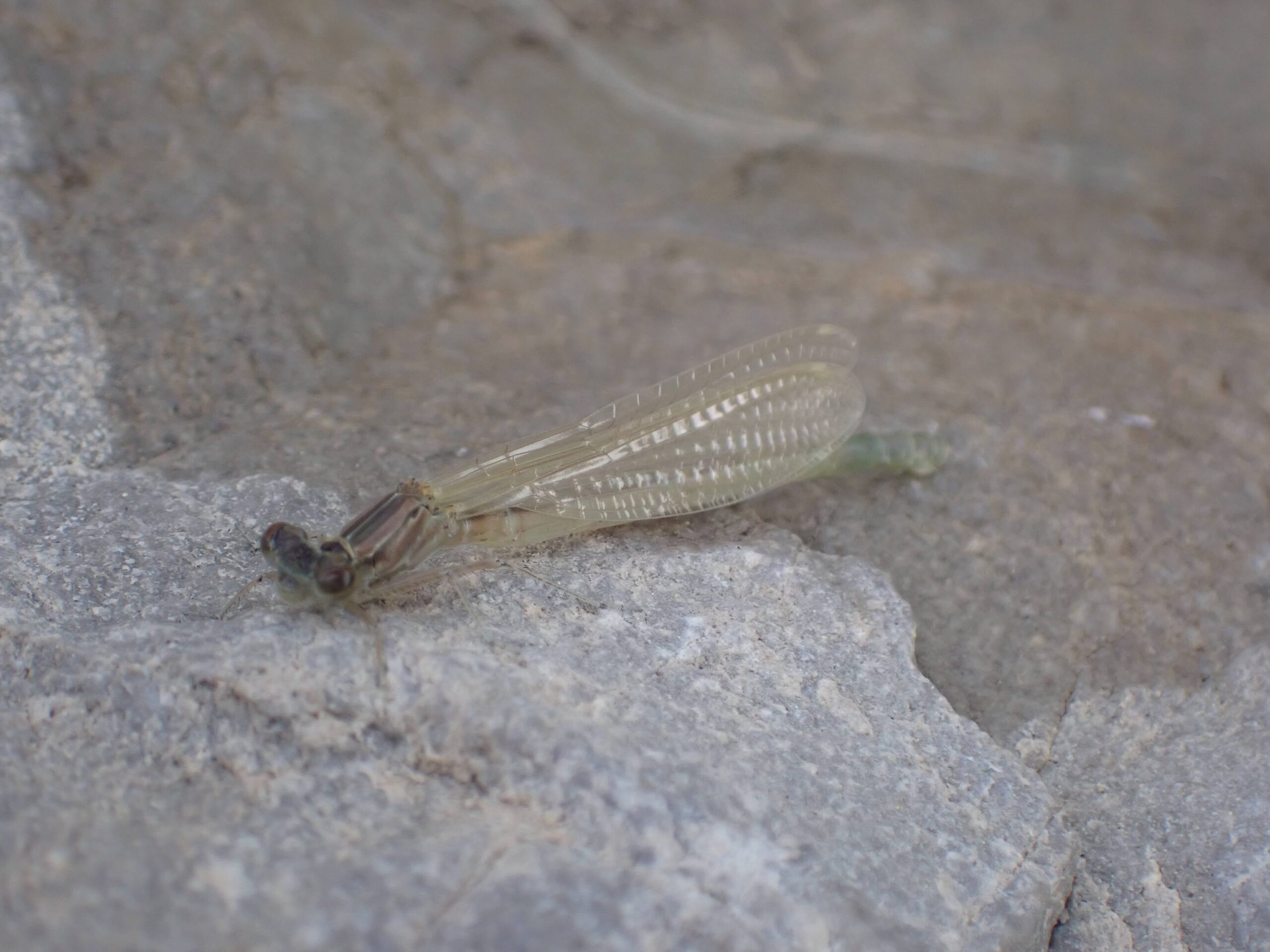 This Damsel Was Further Along in Its Transformation
This Damsel Was Further Along in Its Transformation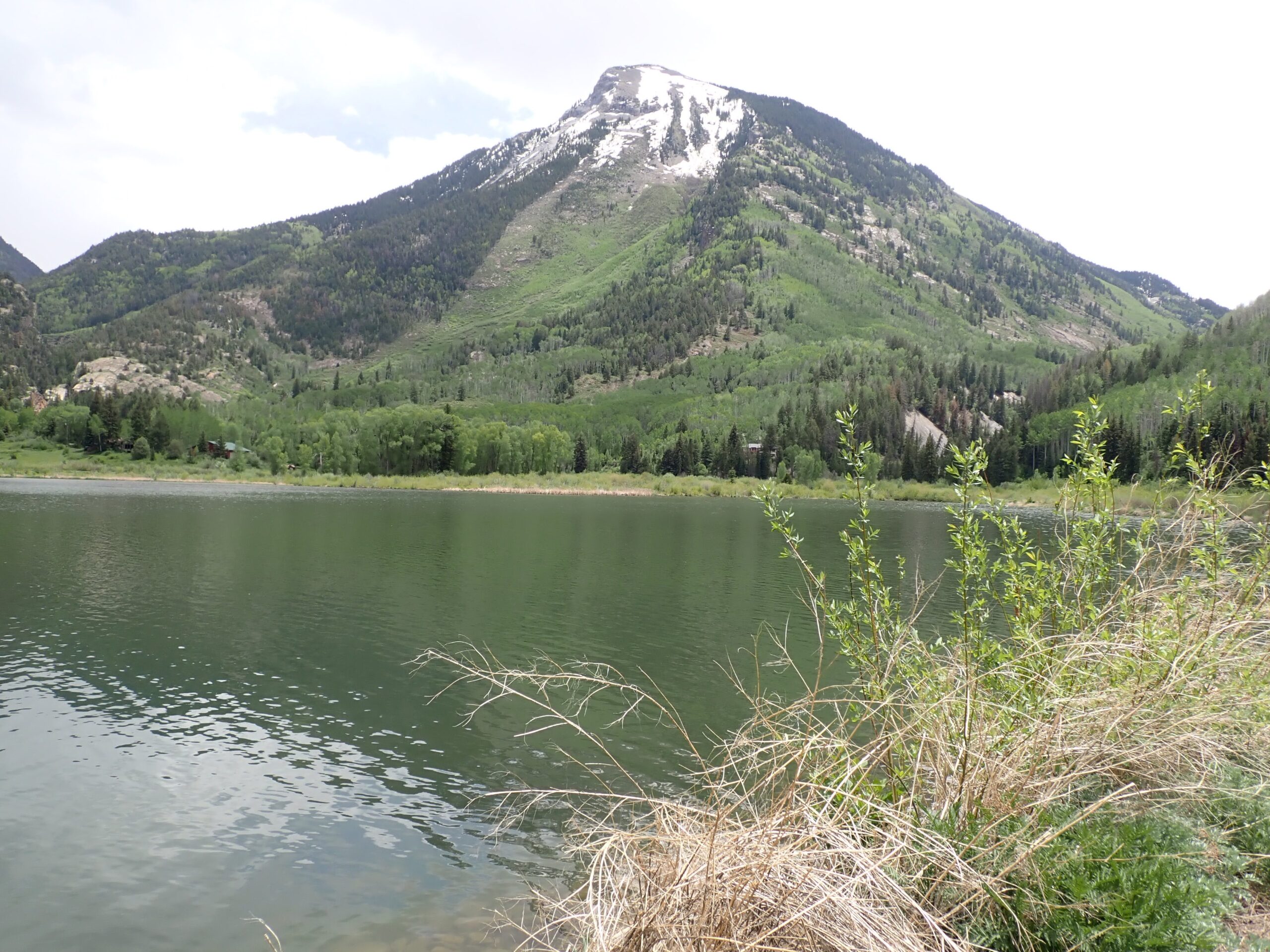 Western Shoreline View
Western Shoreline View